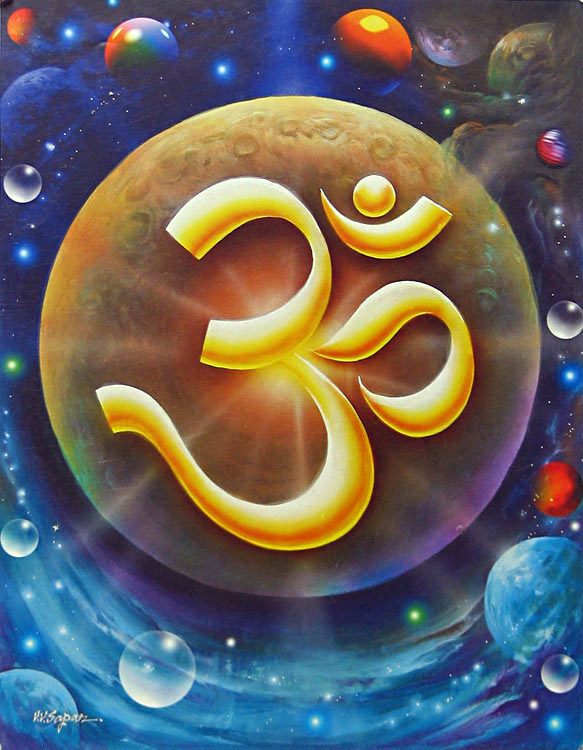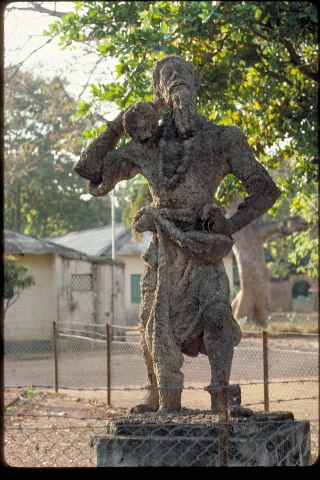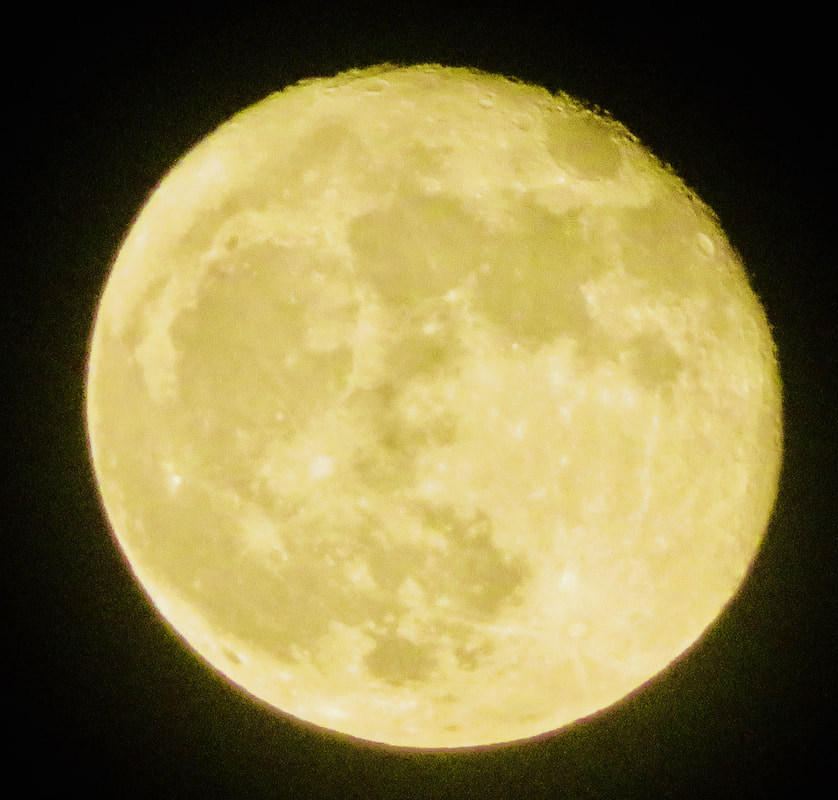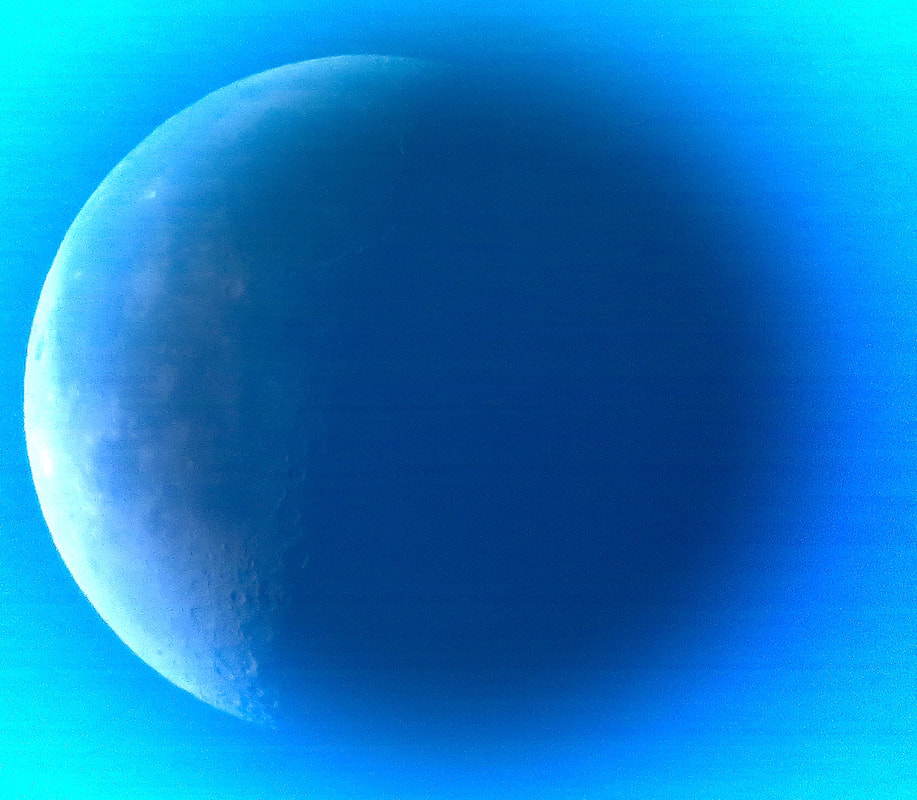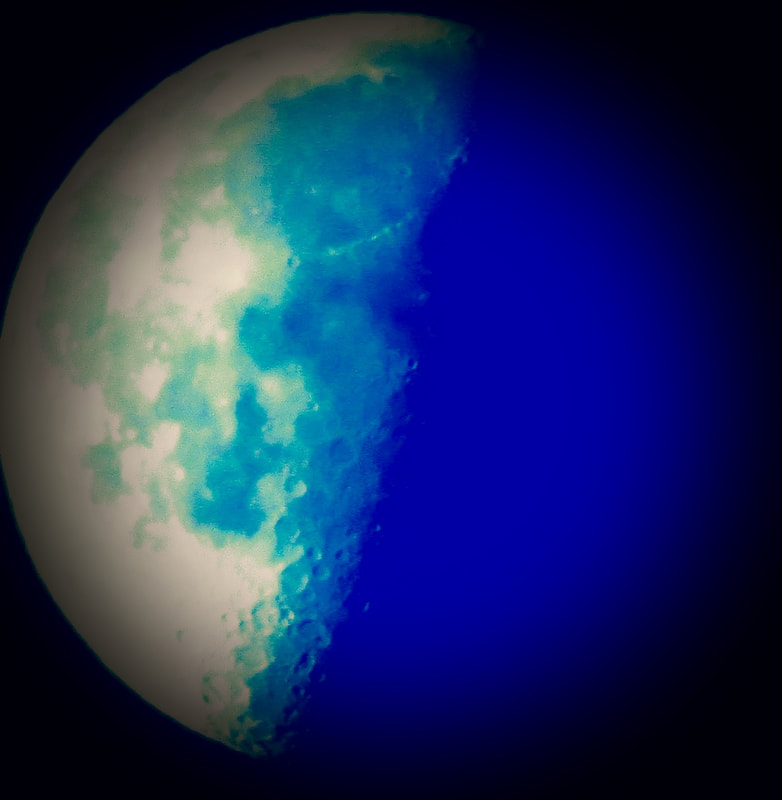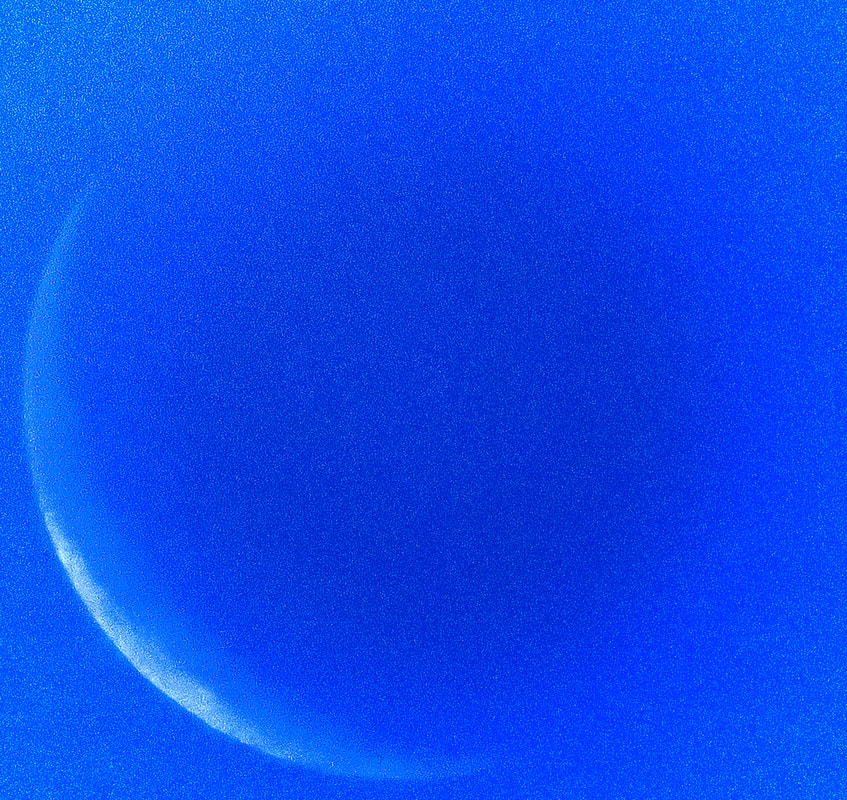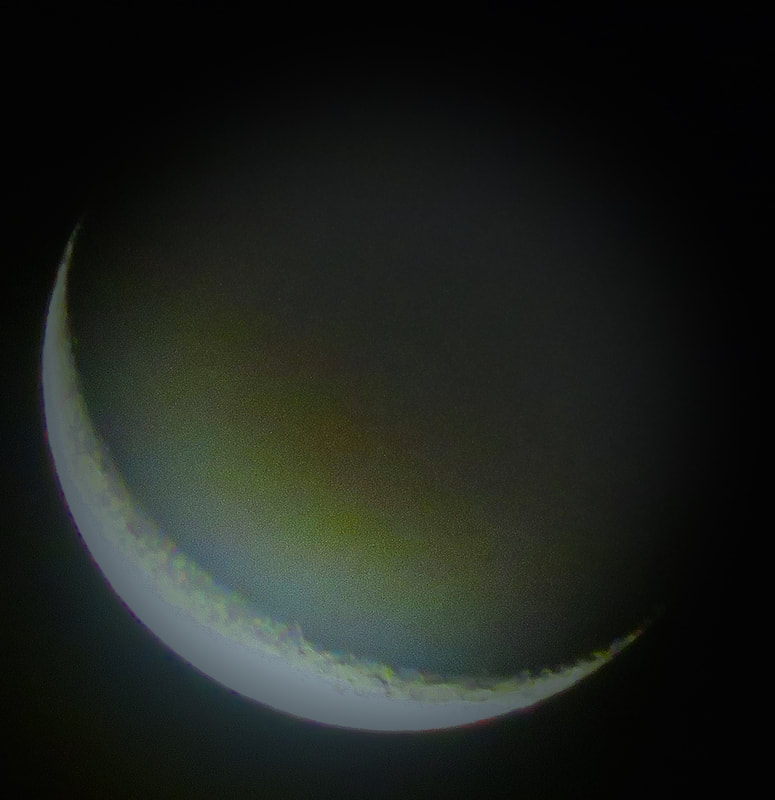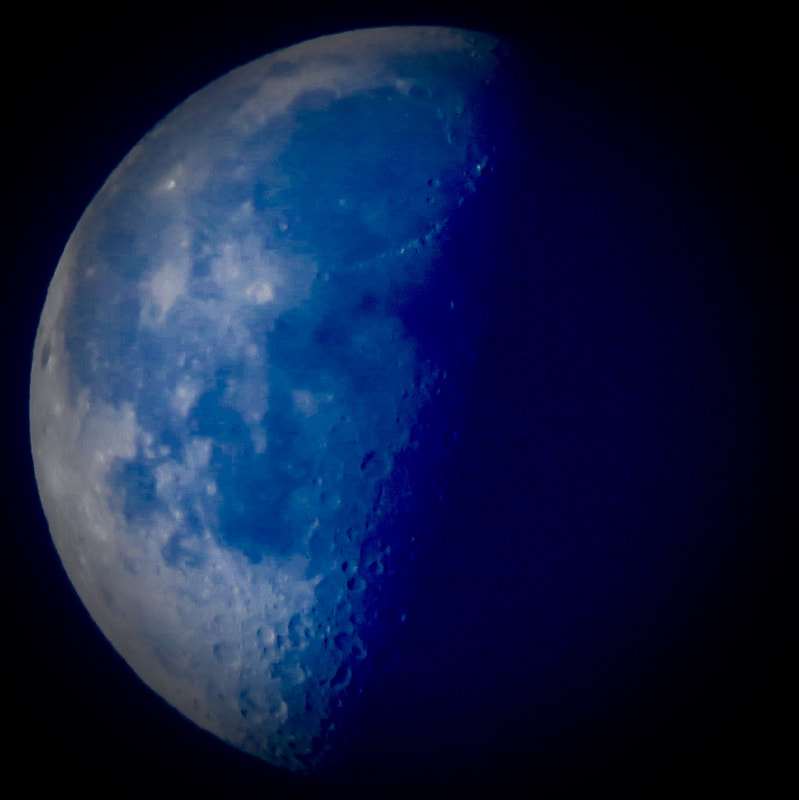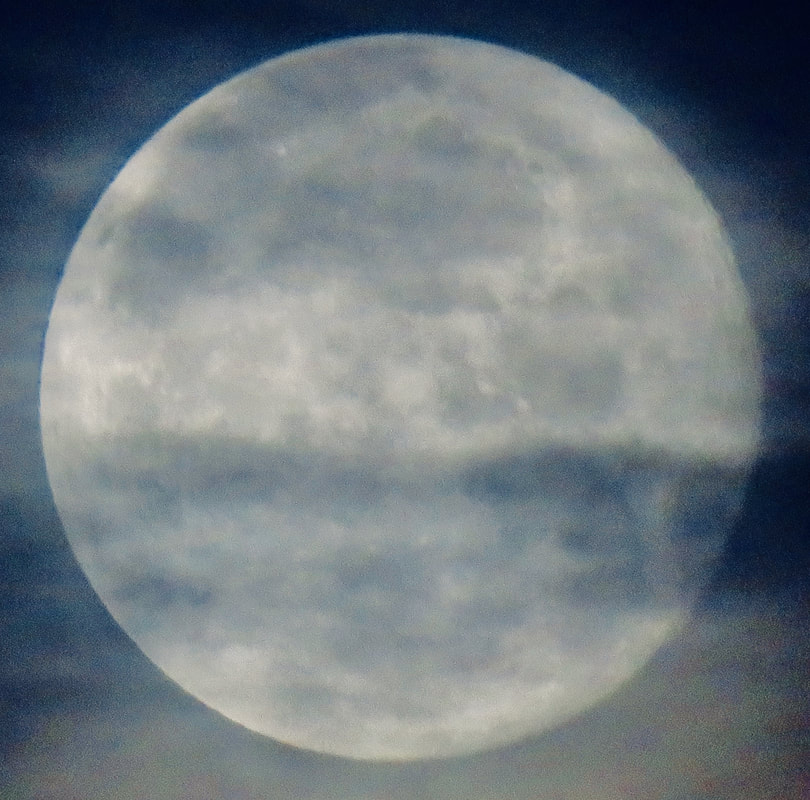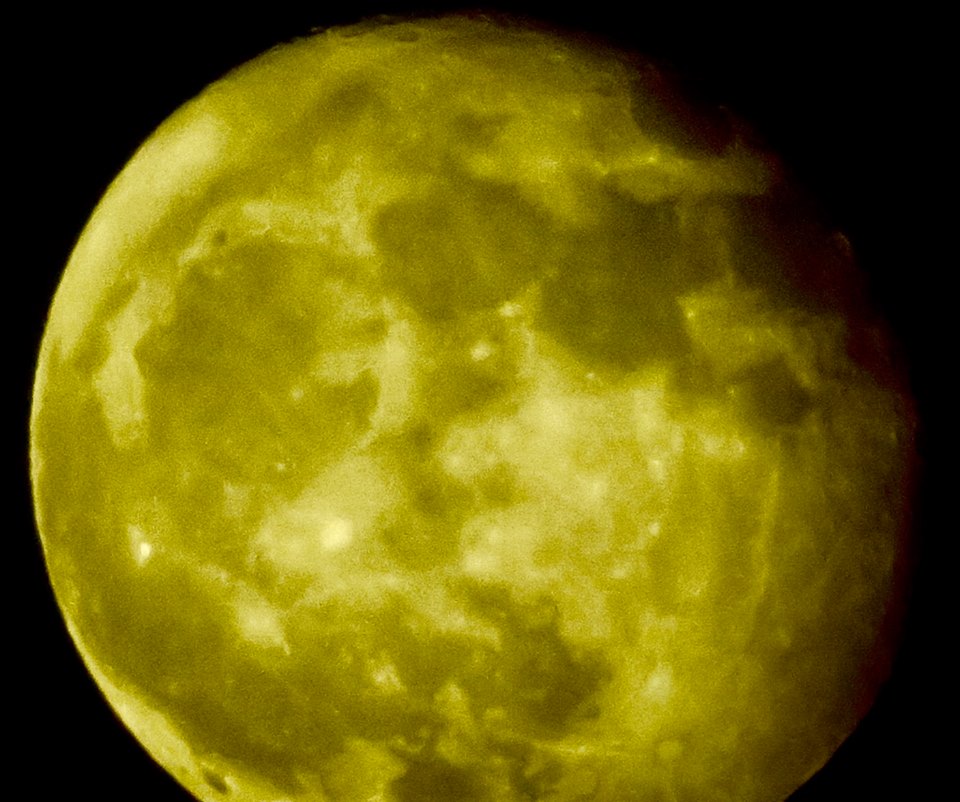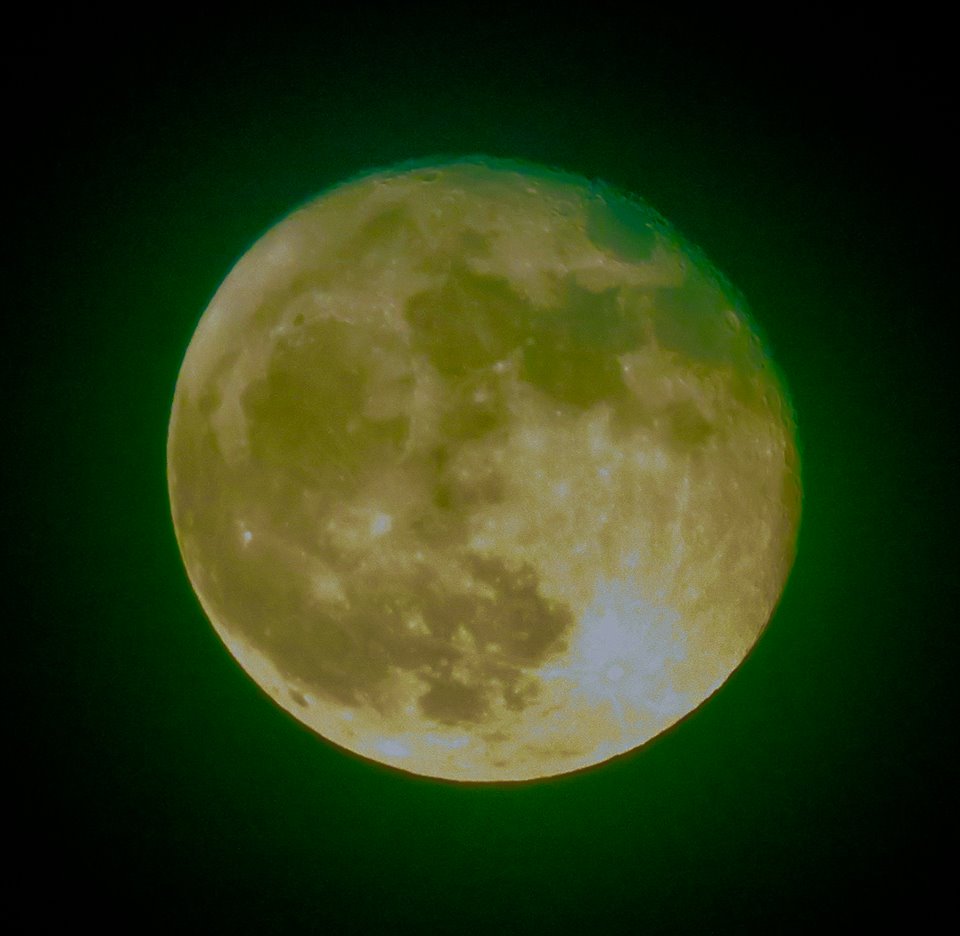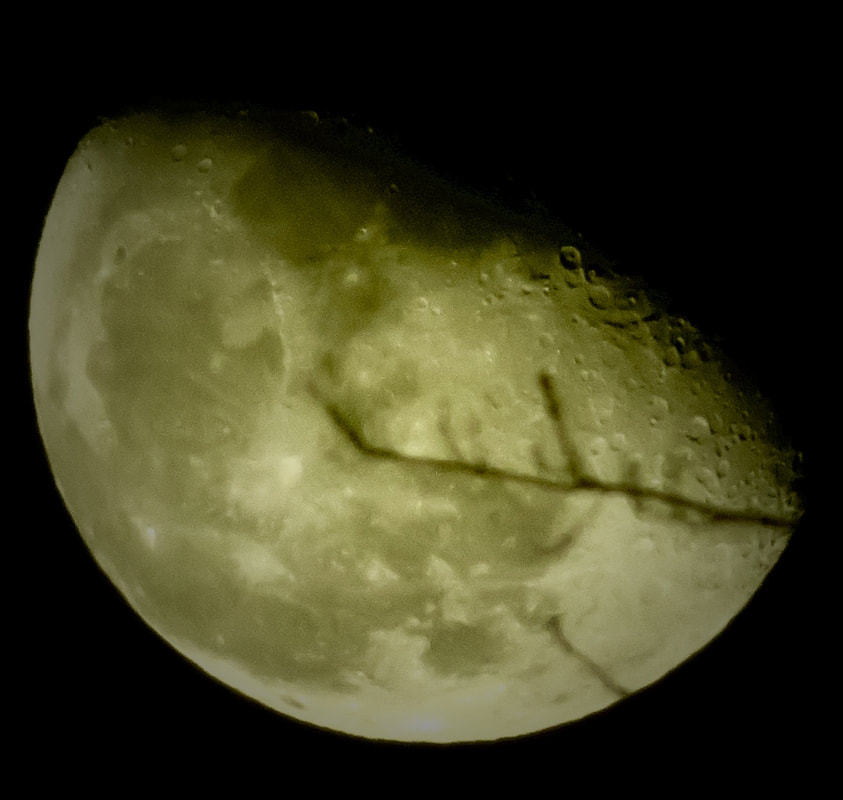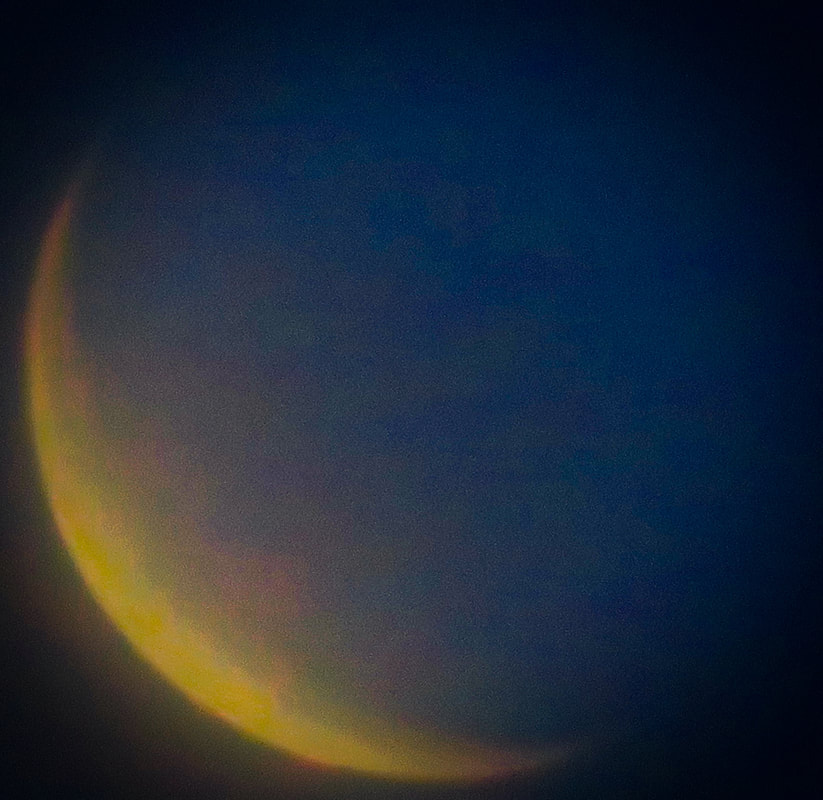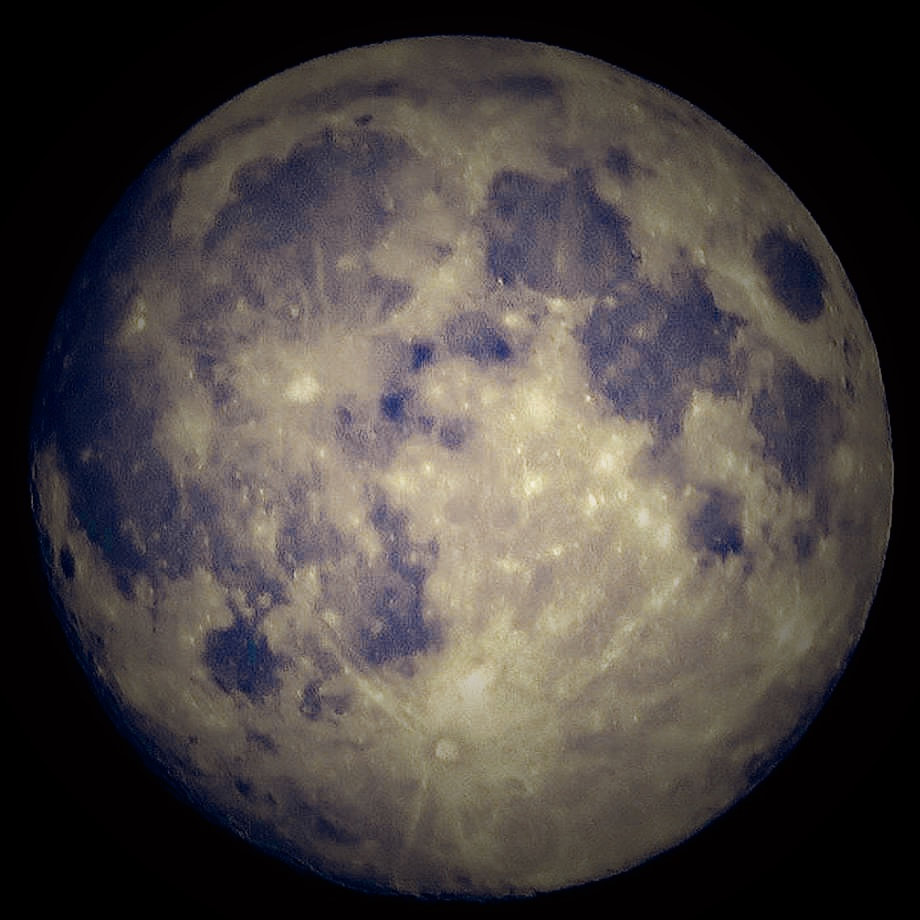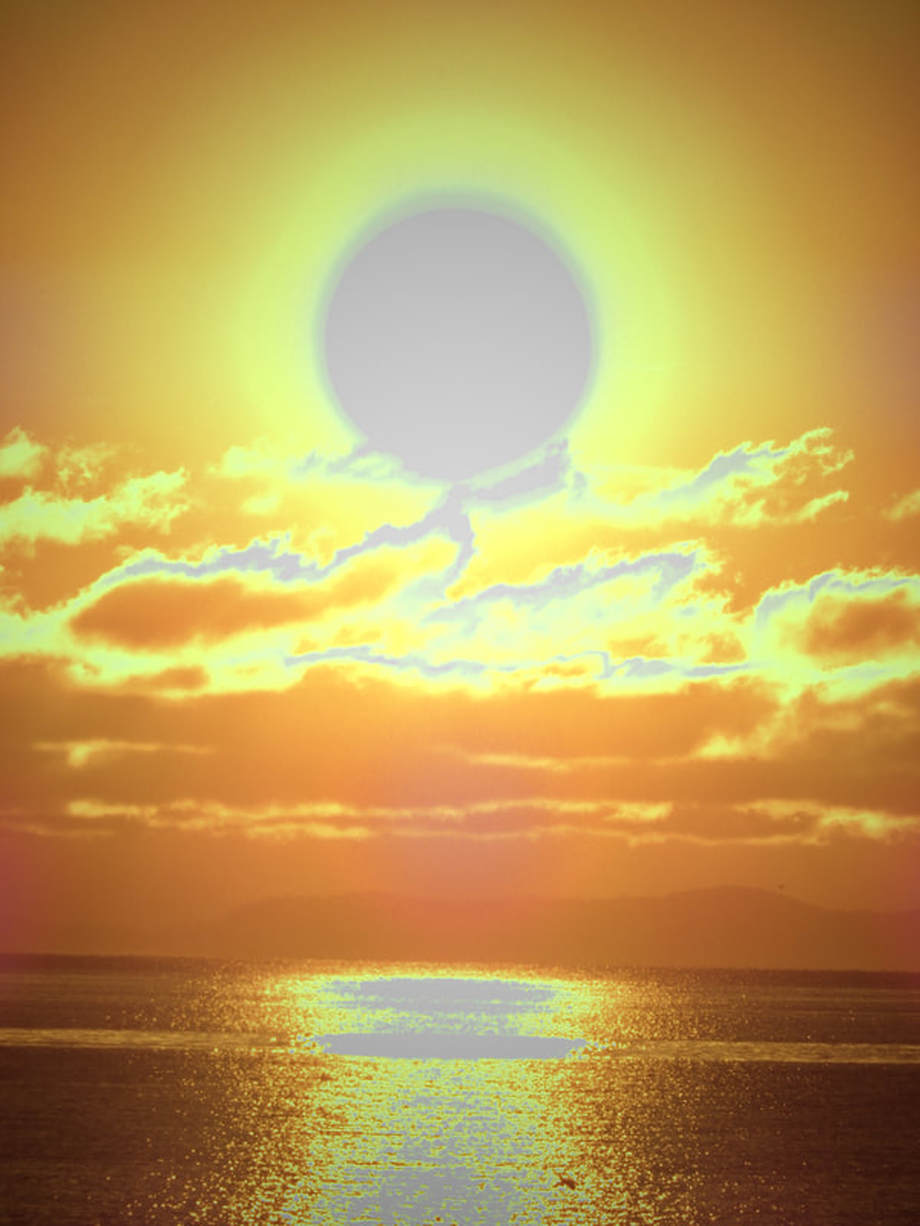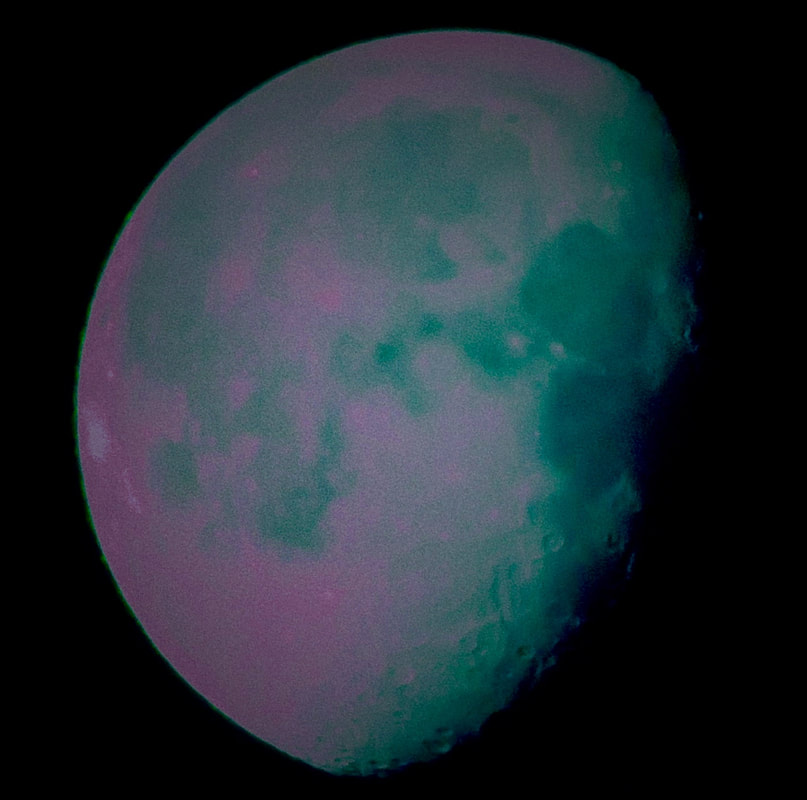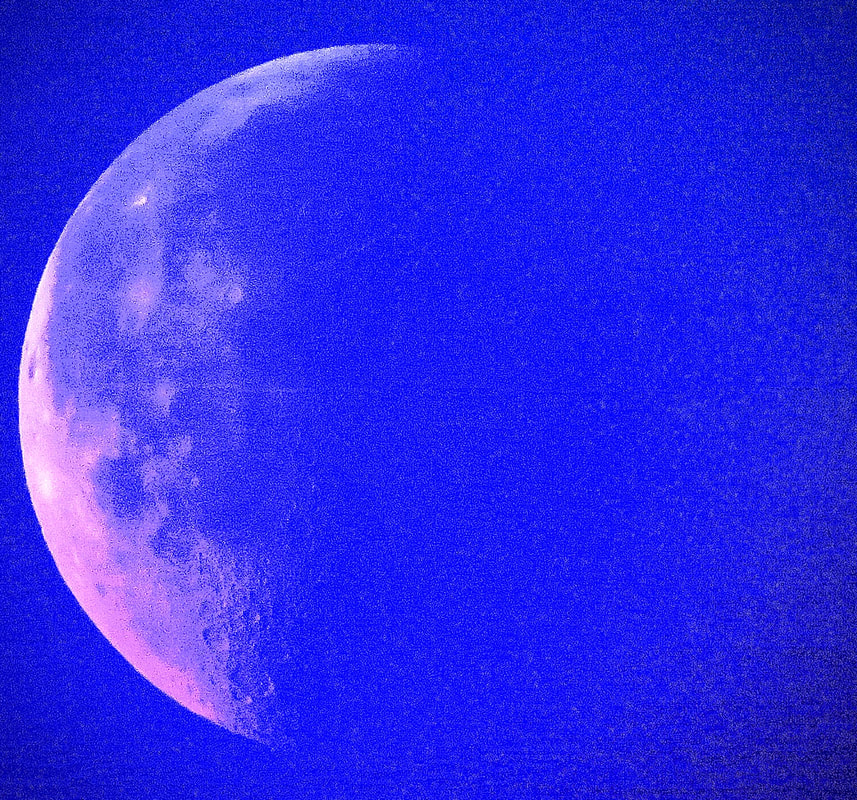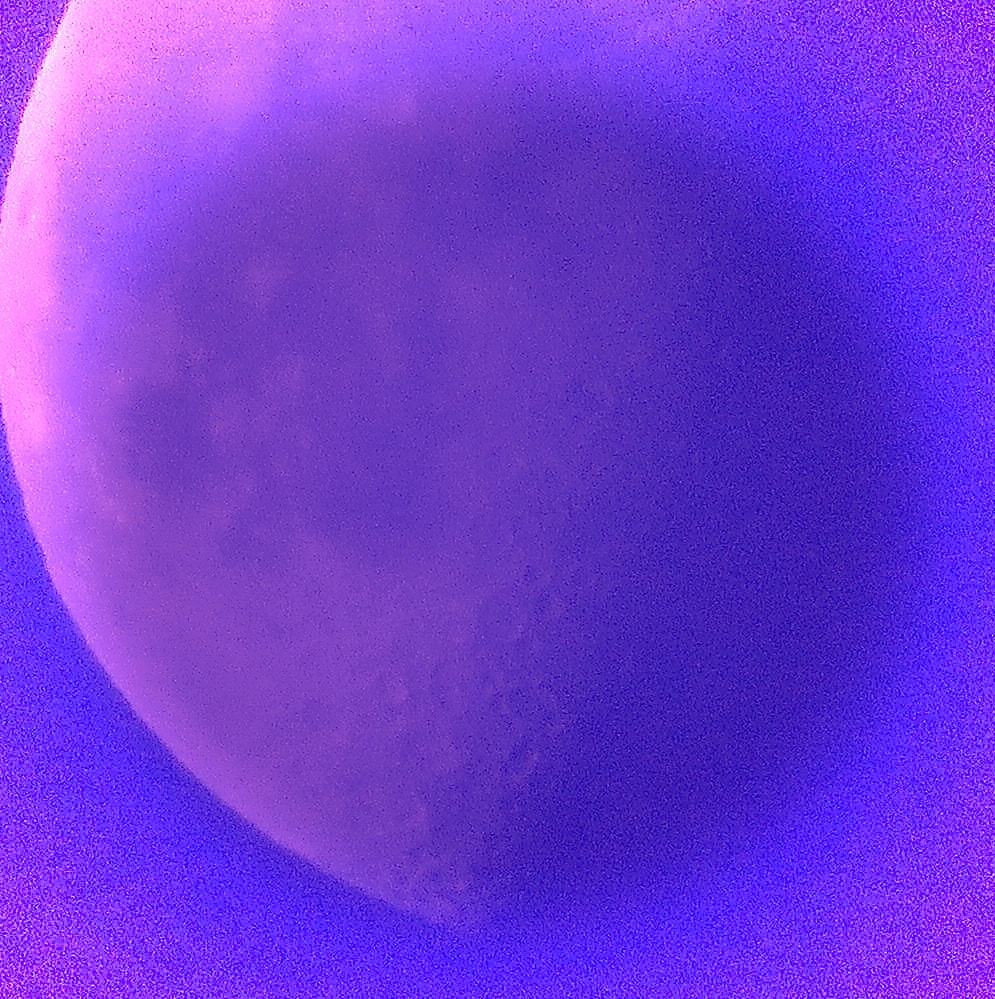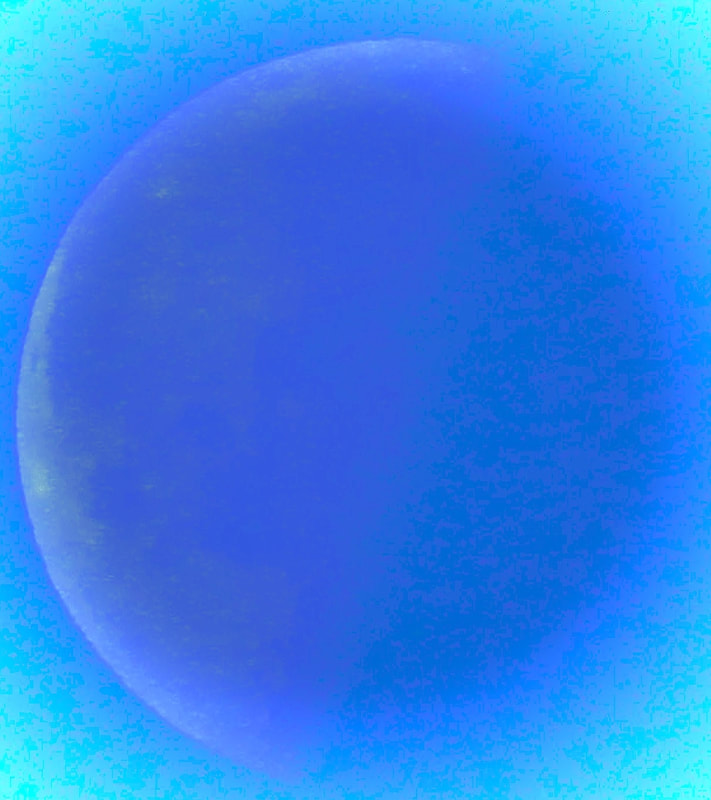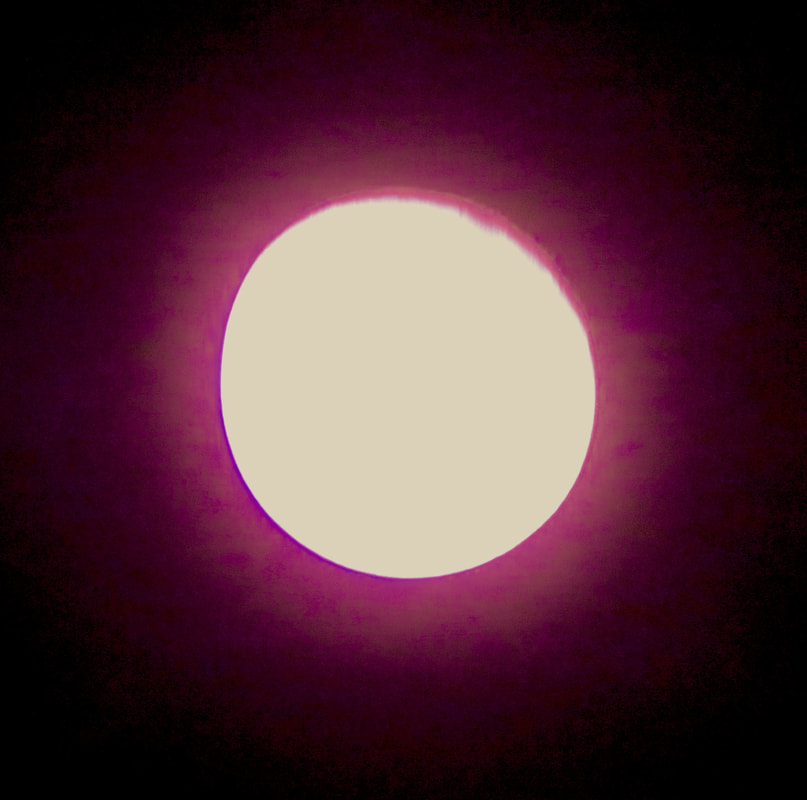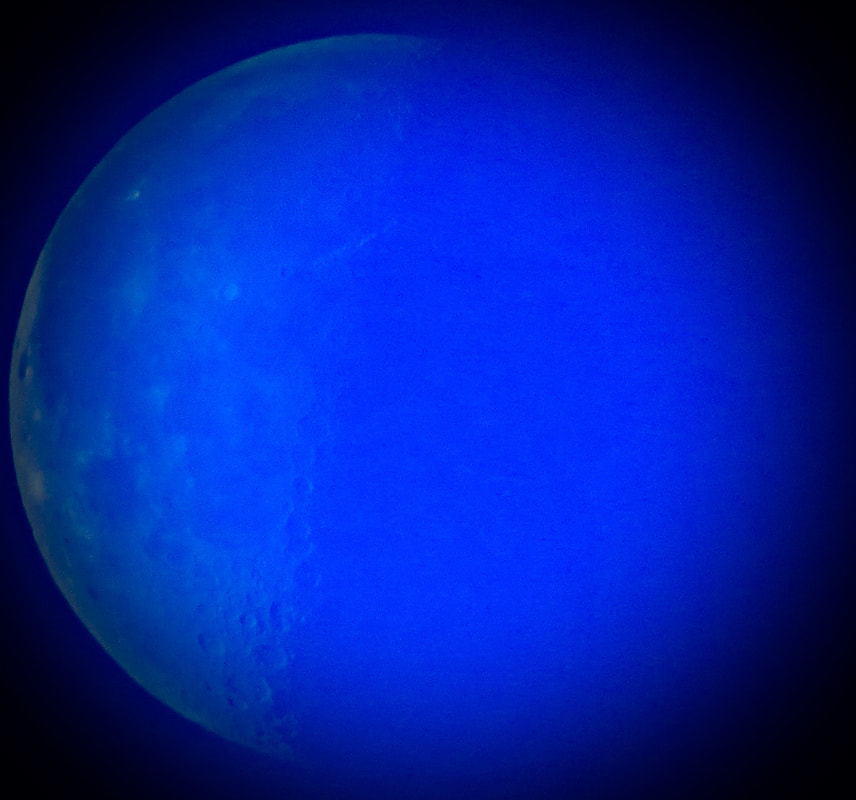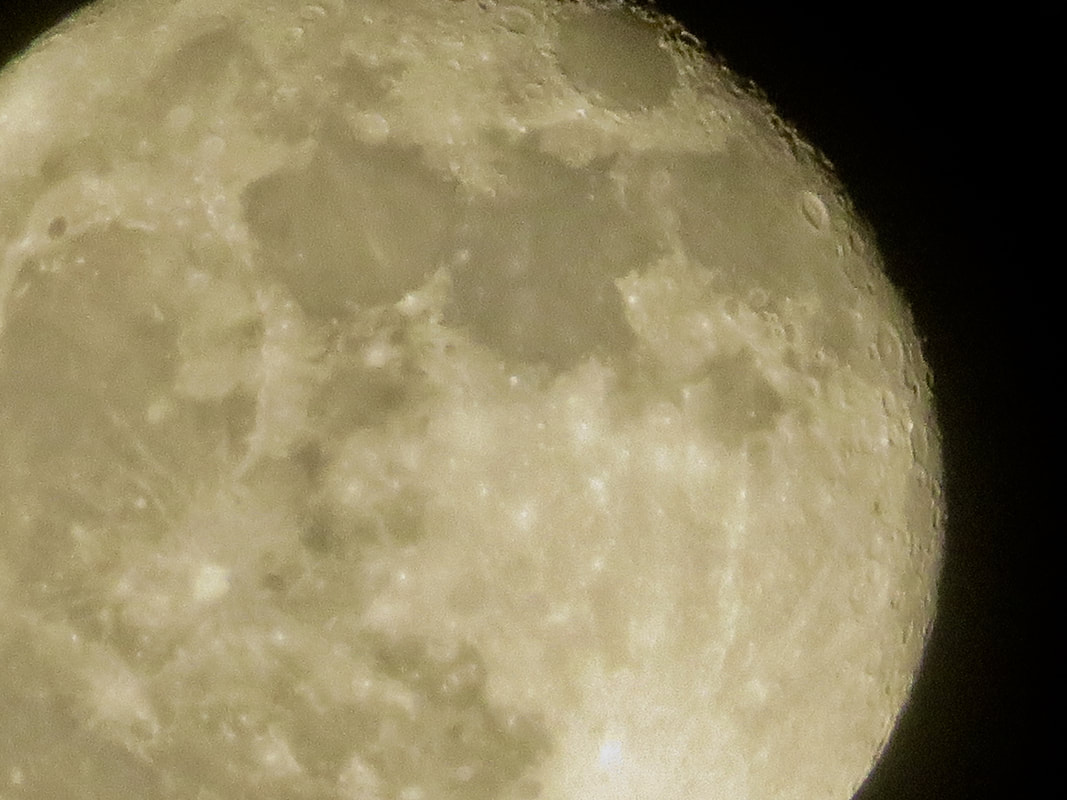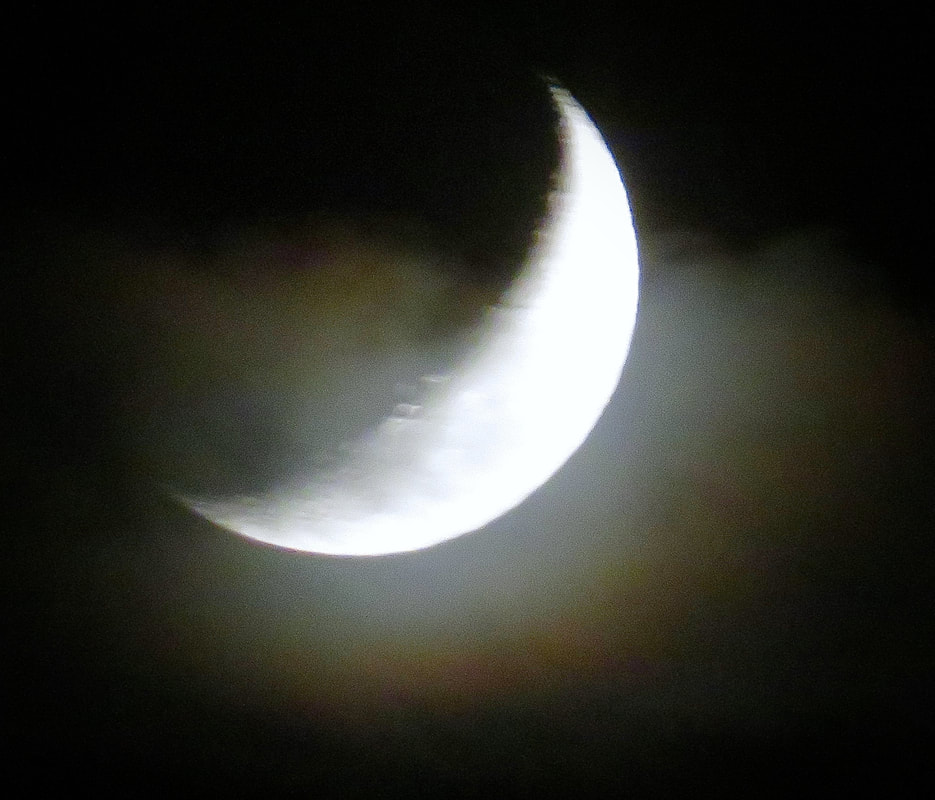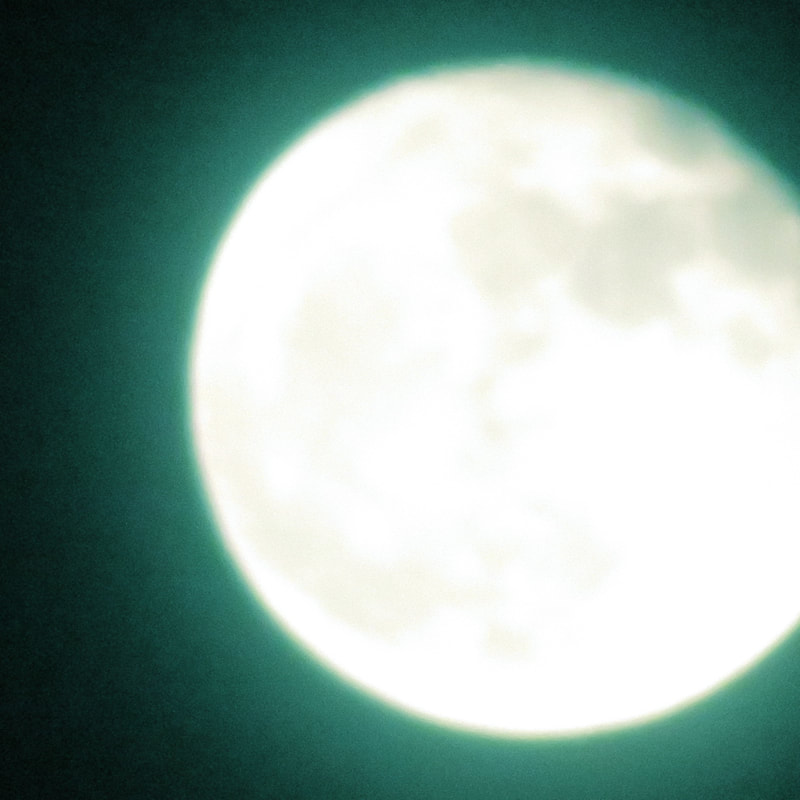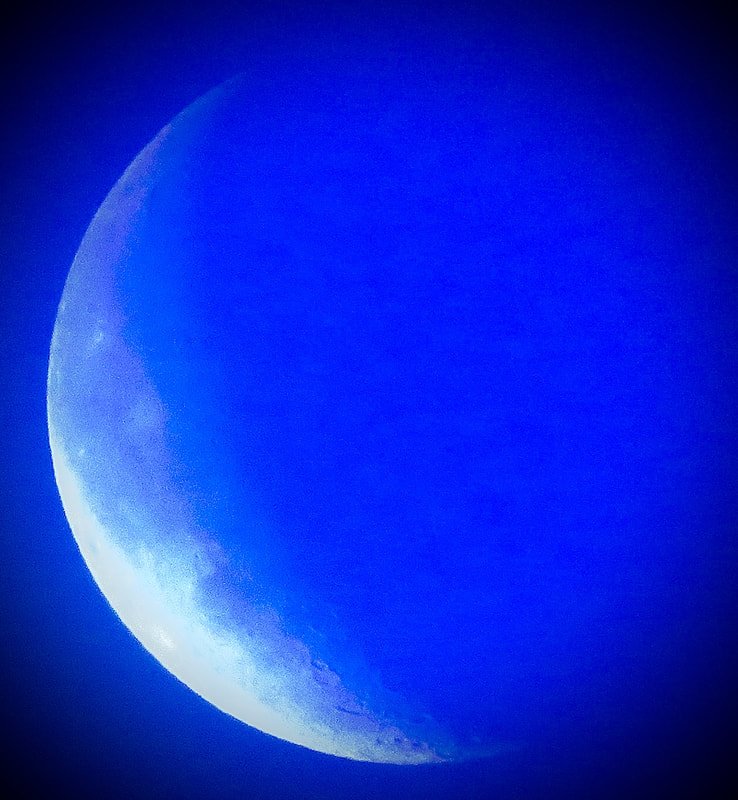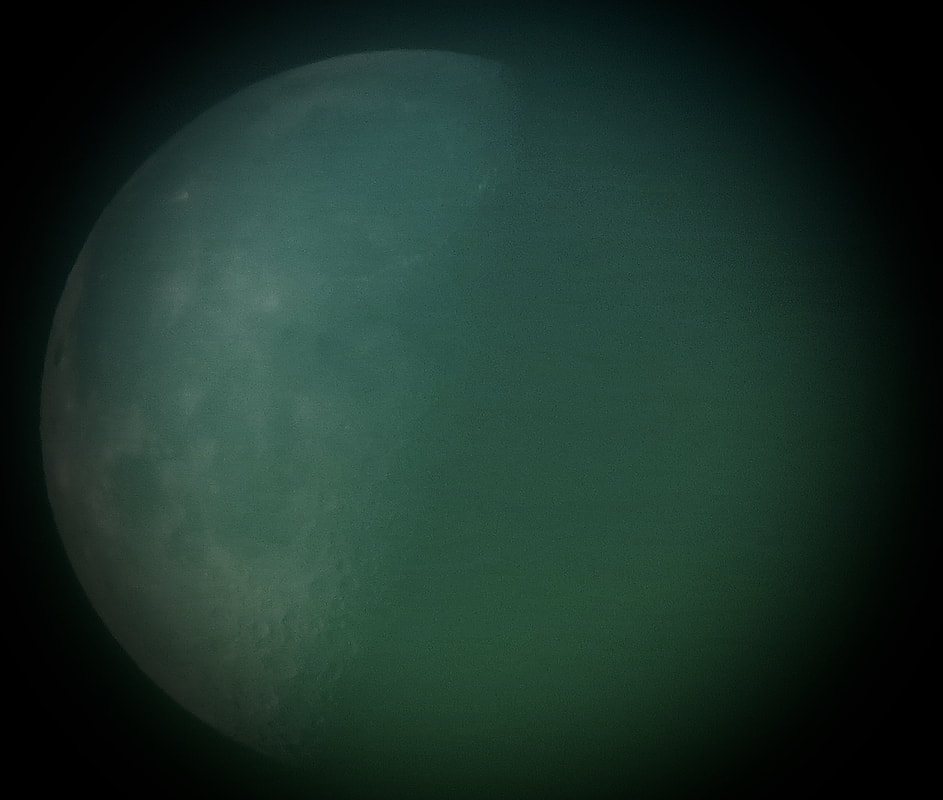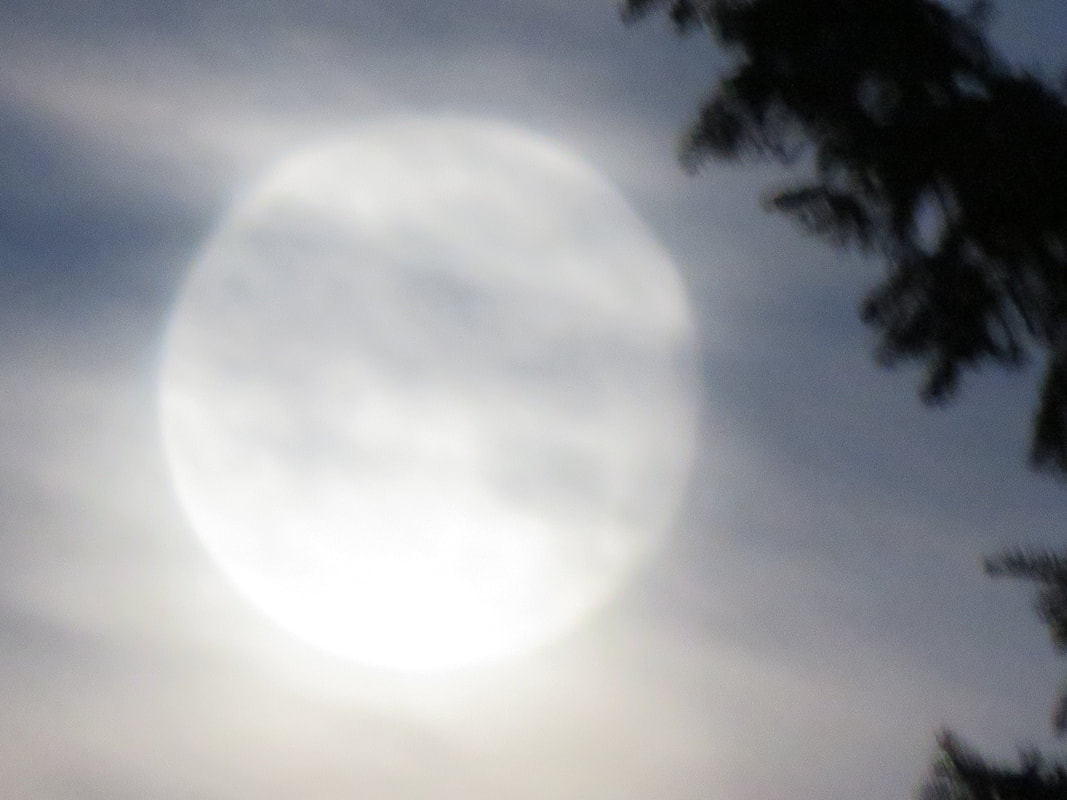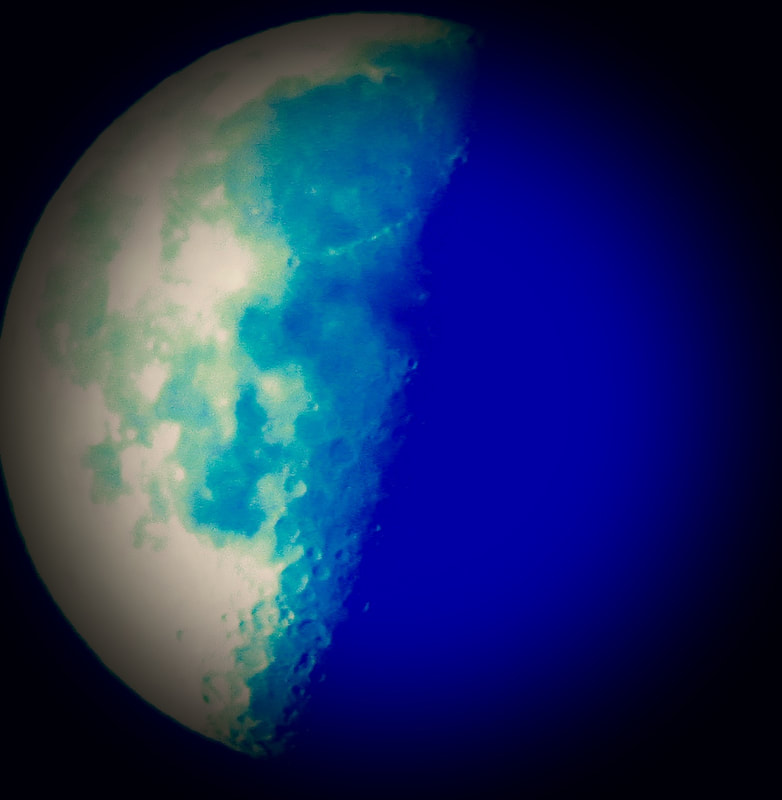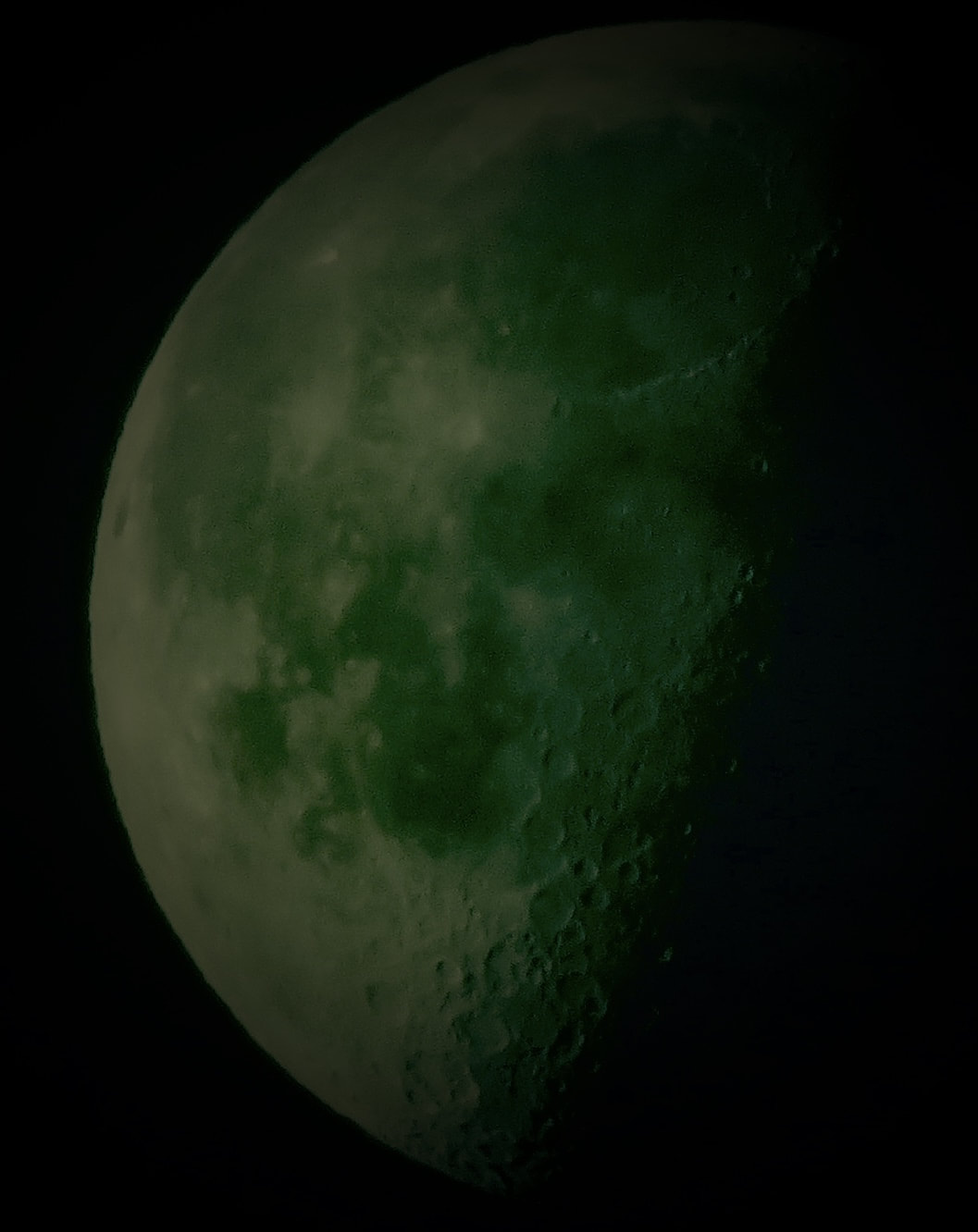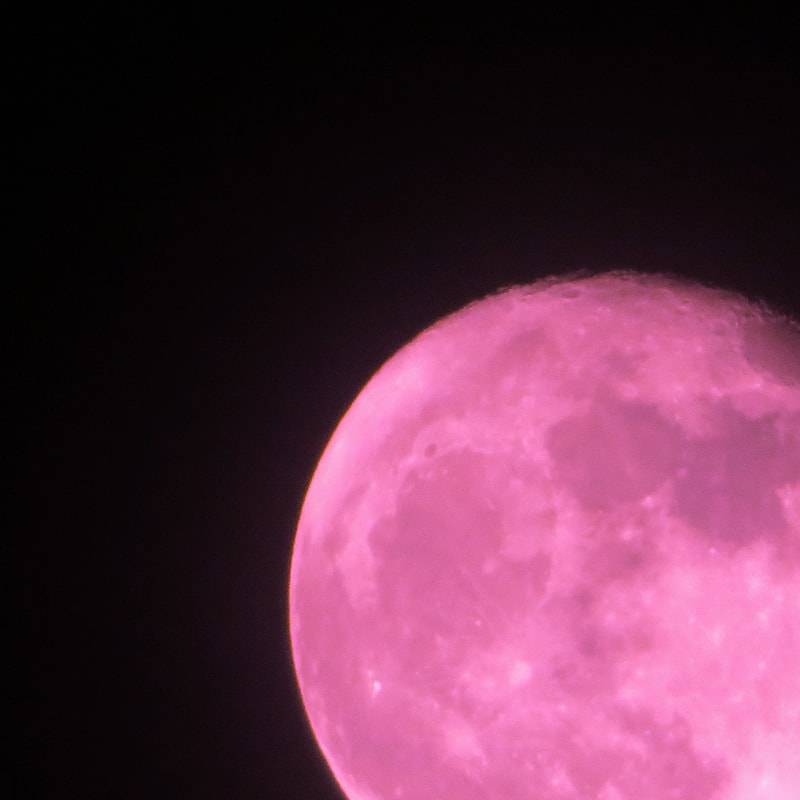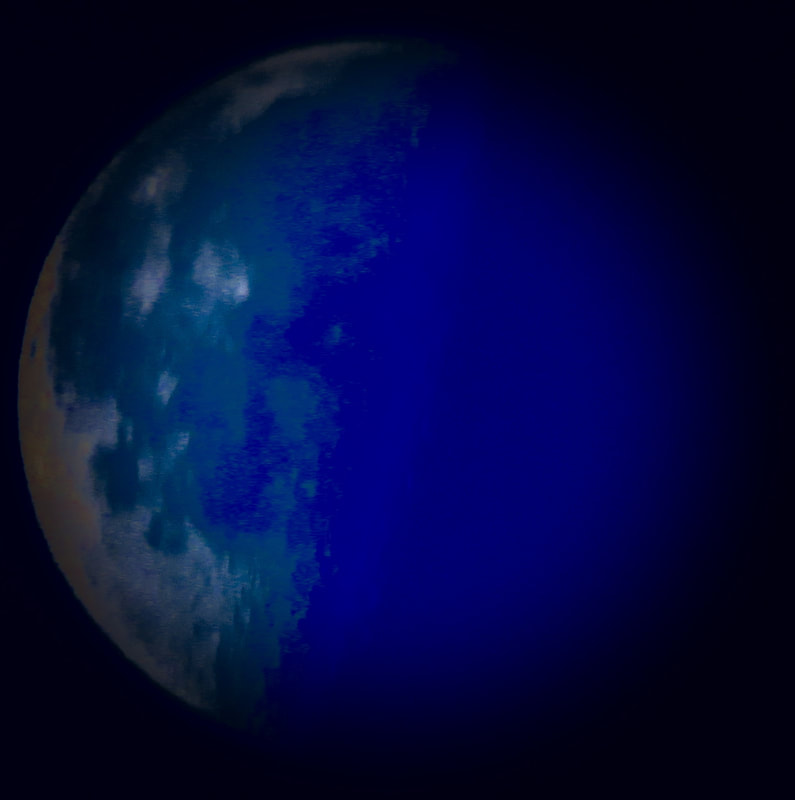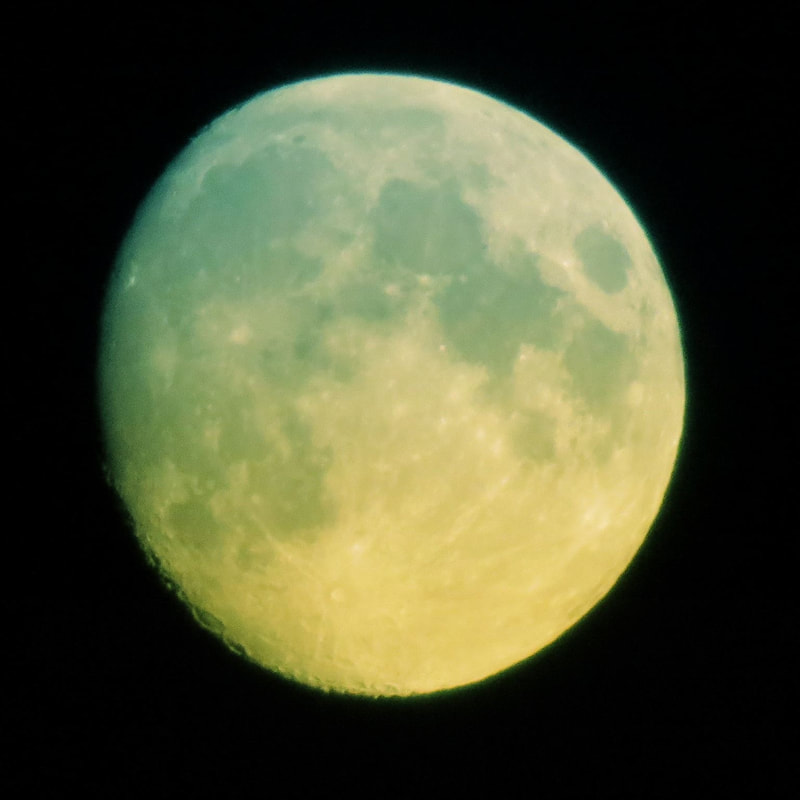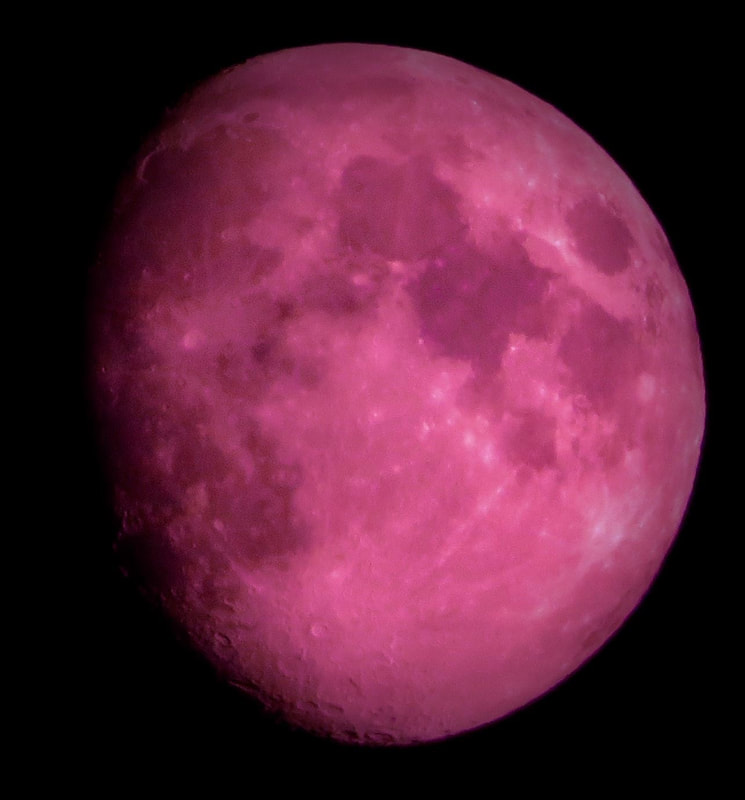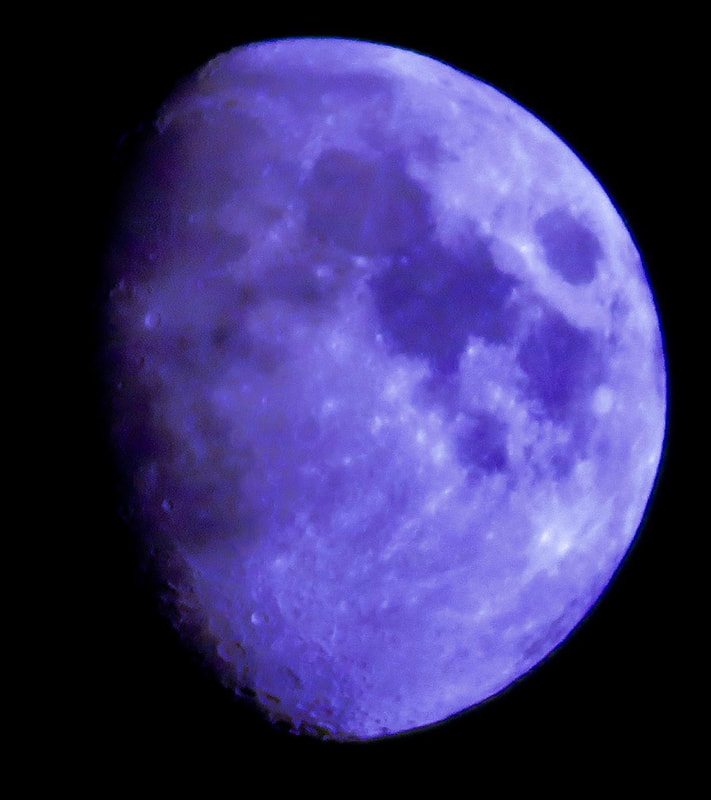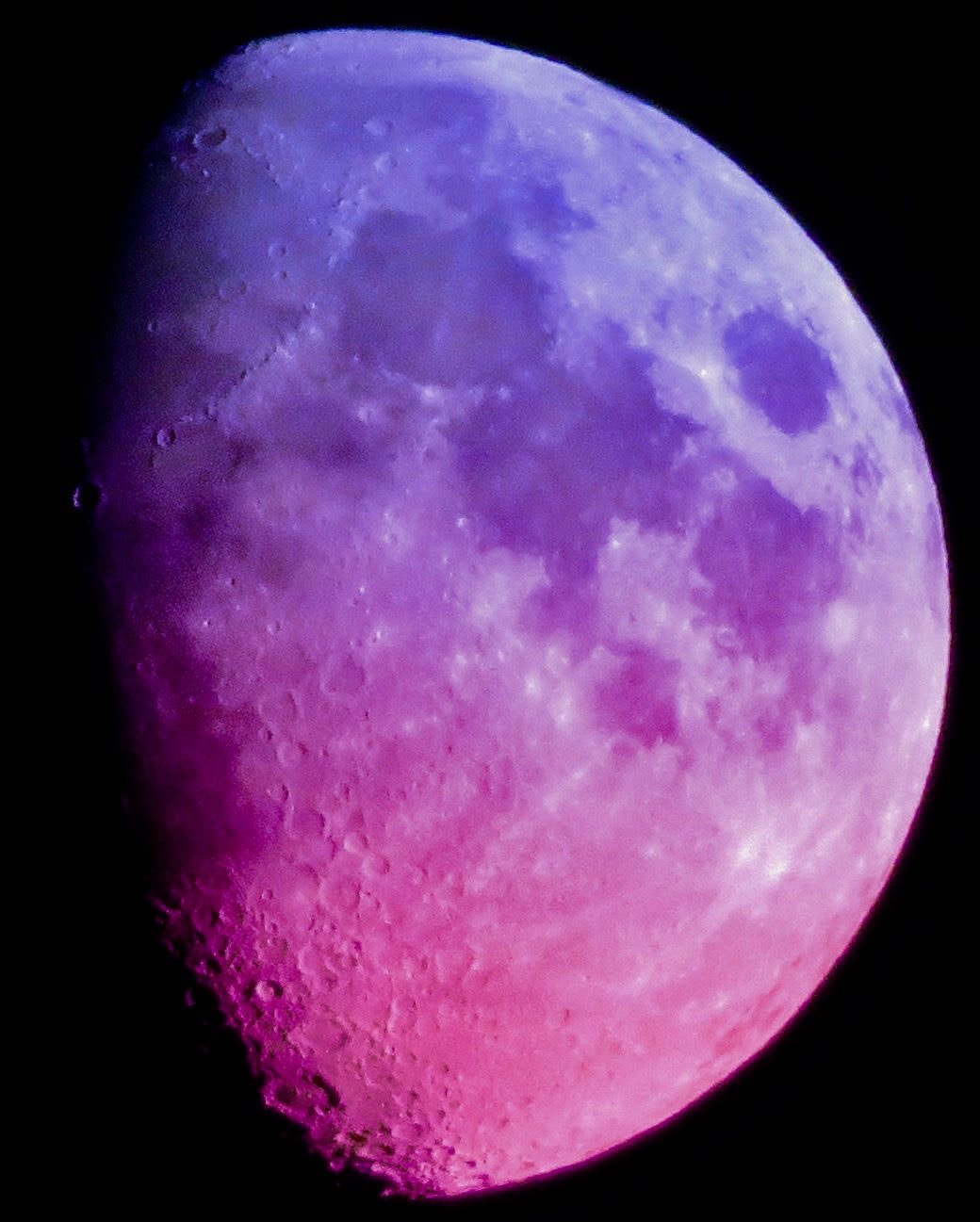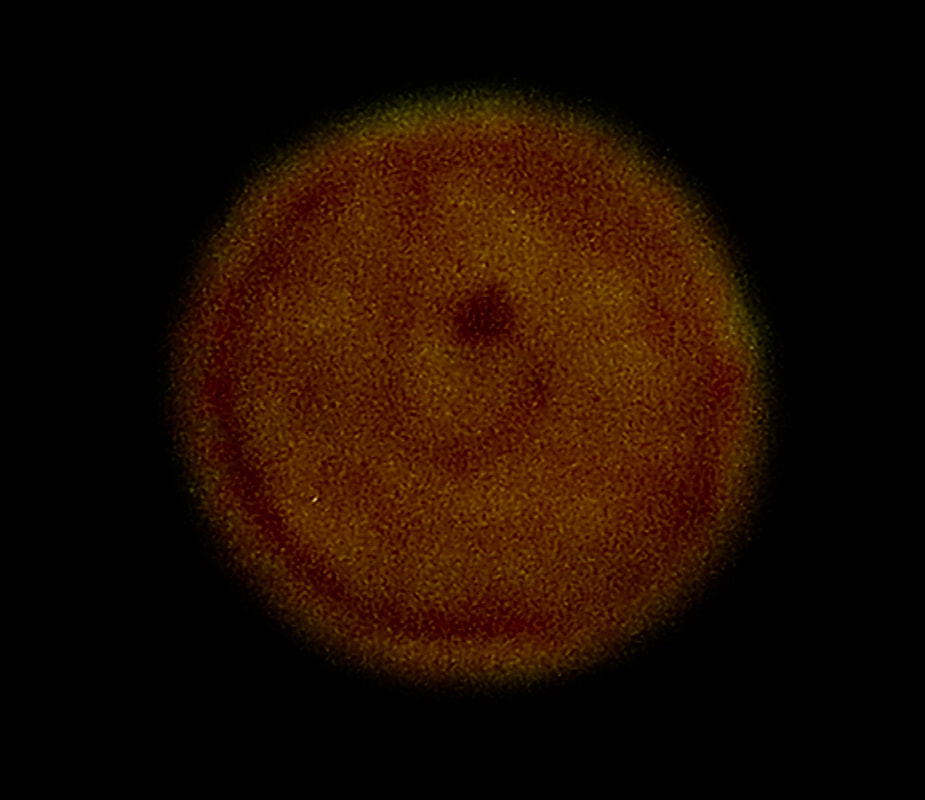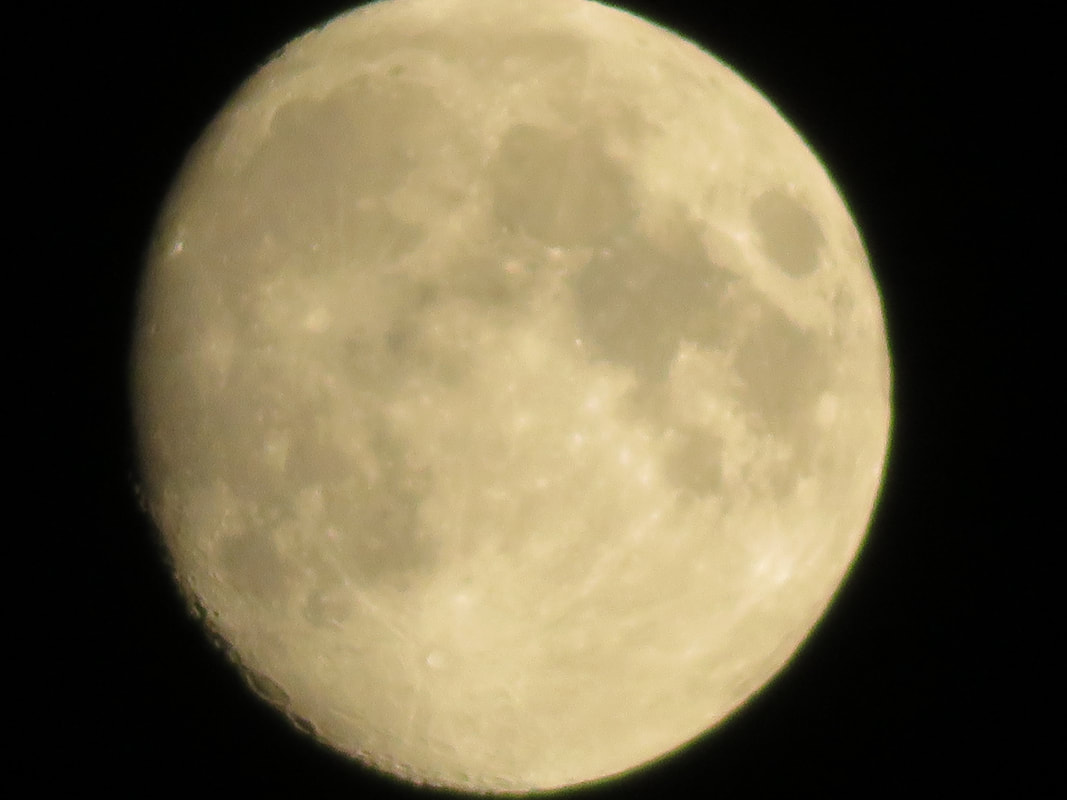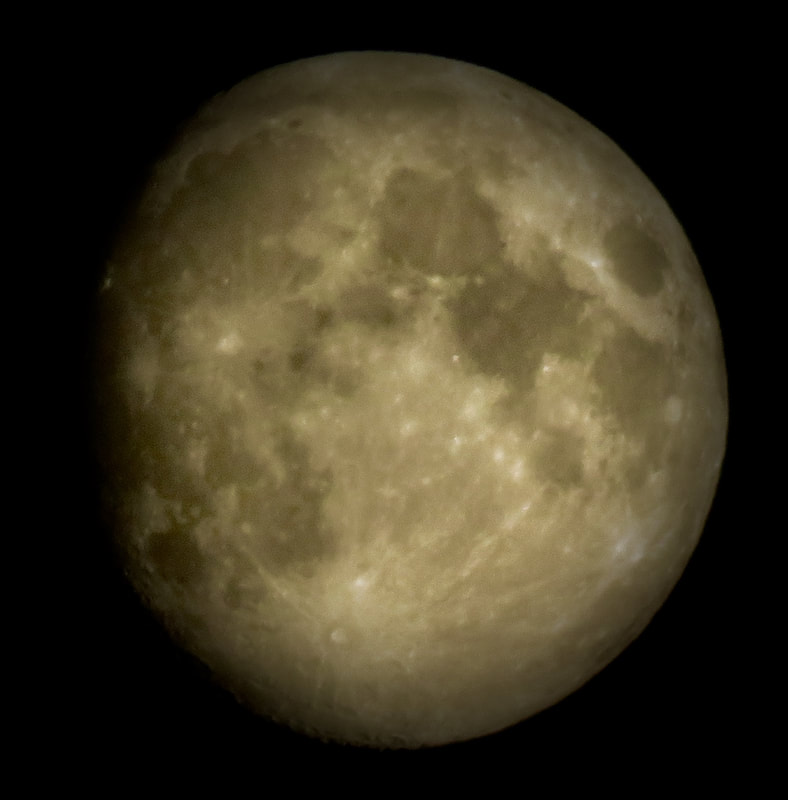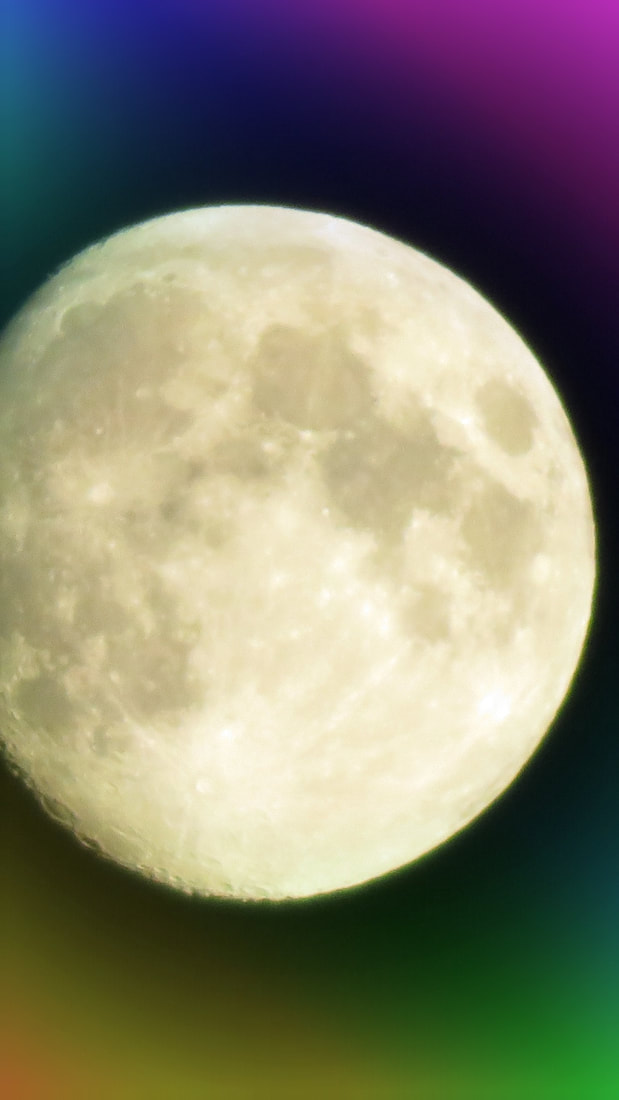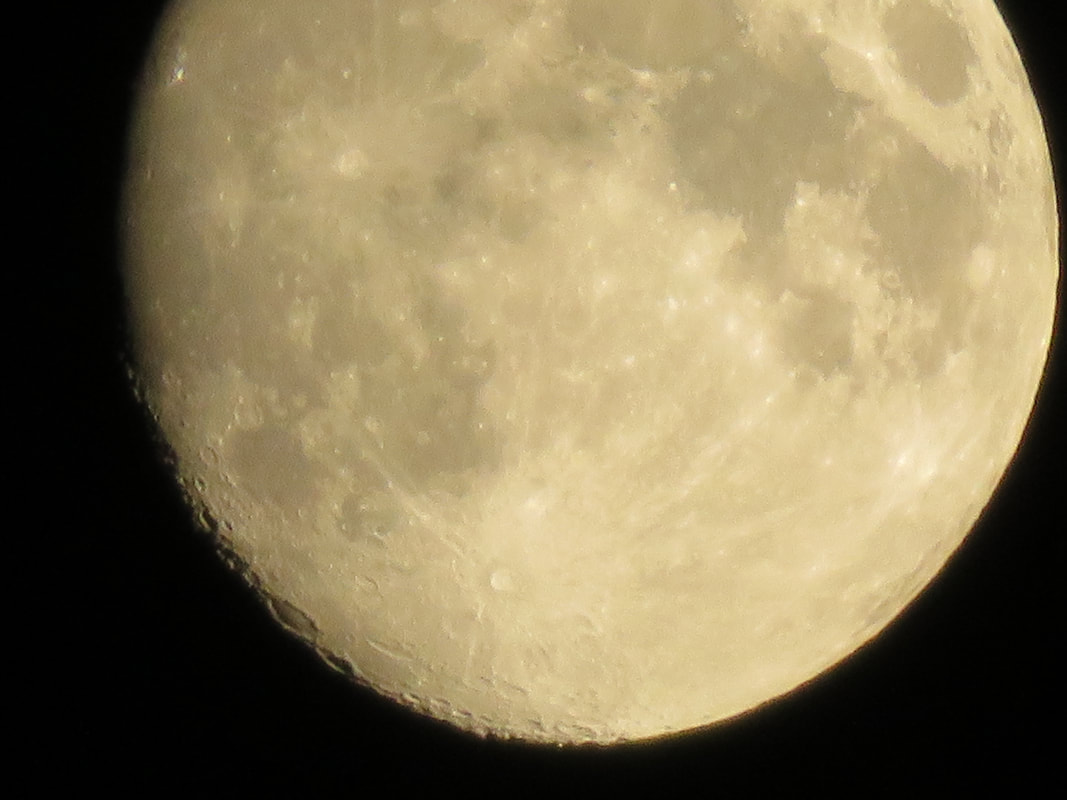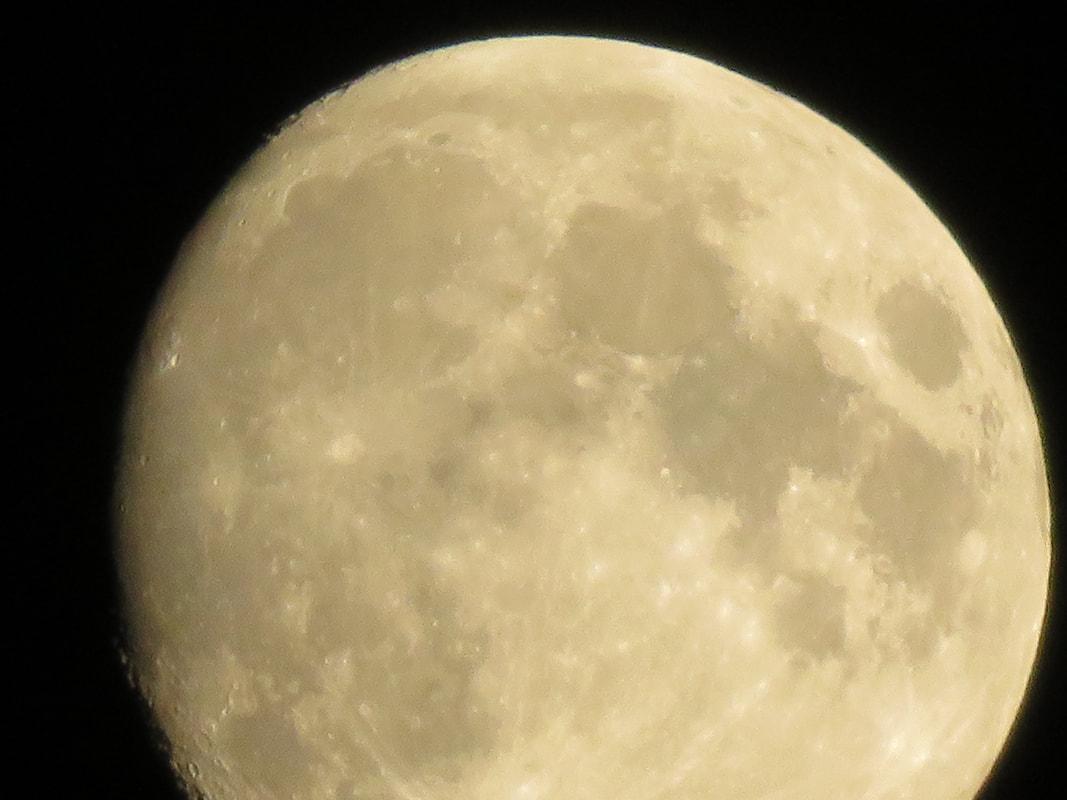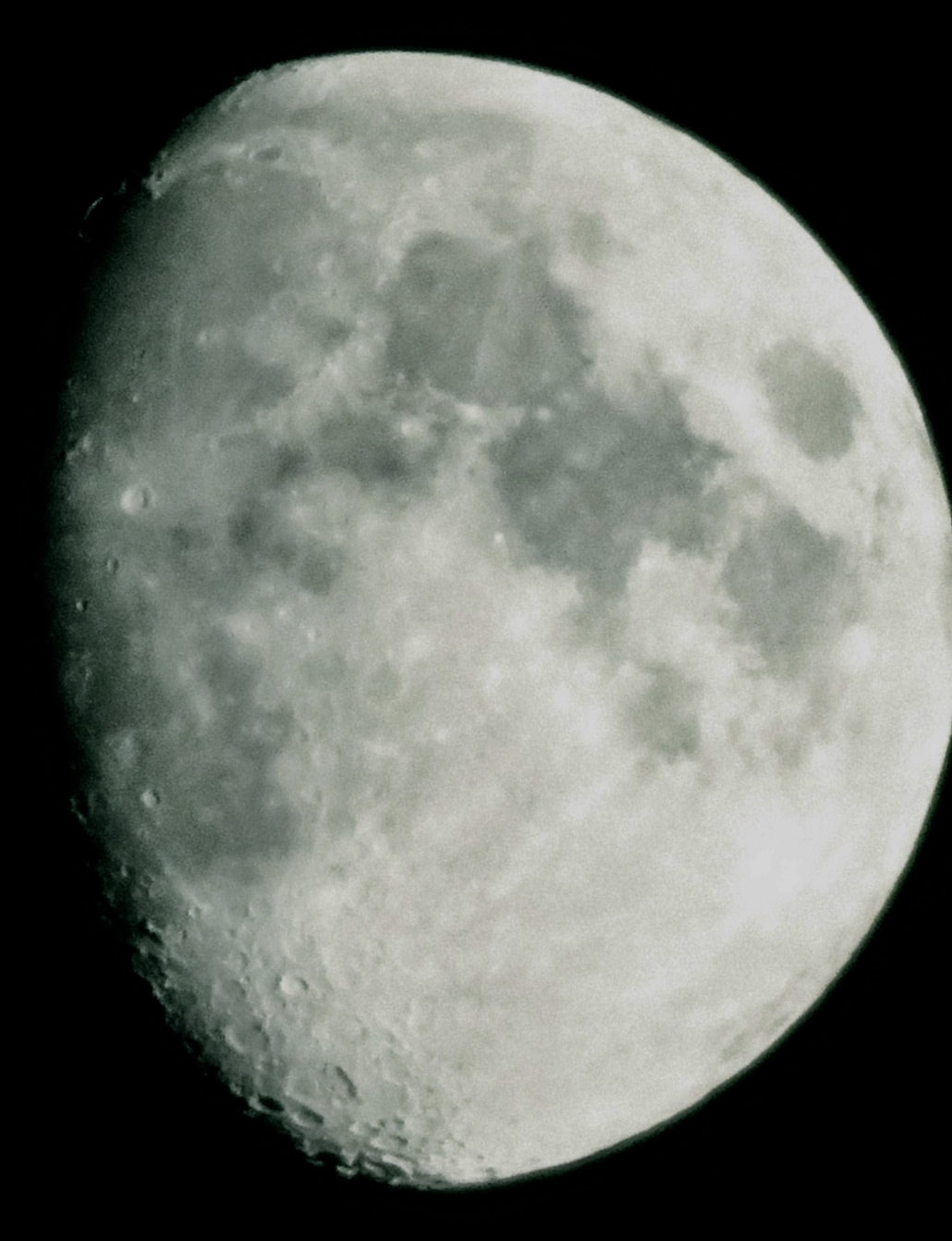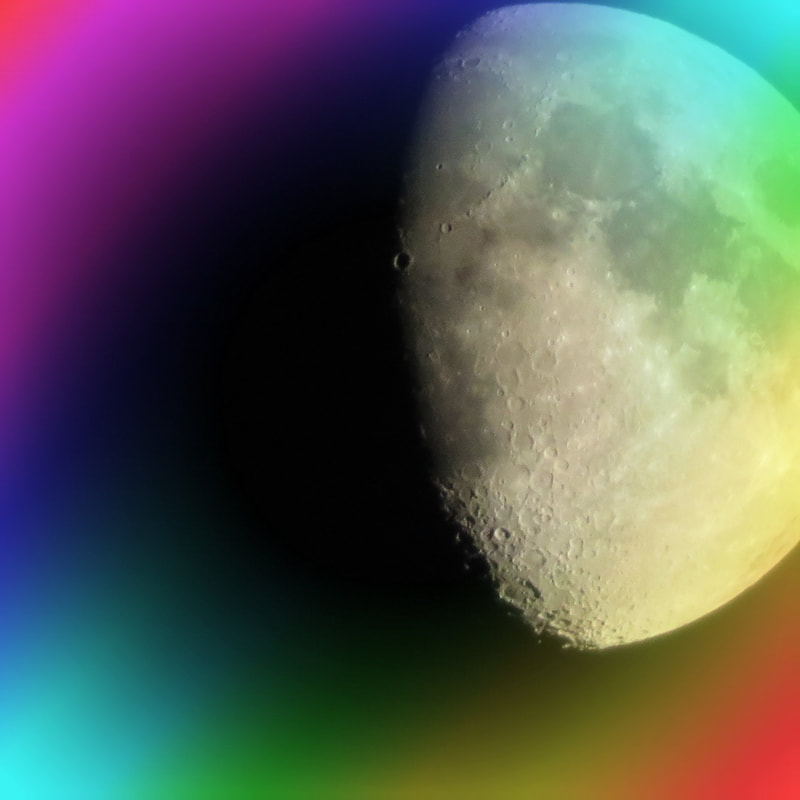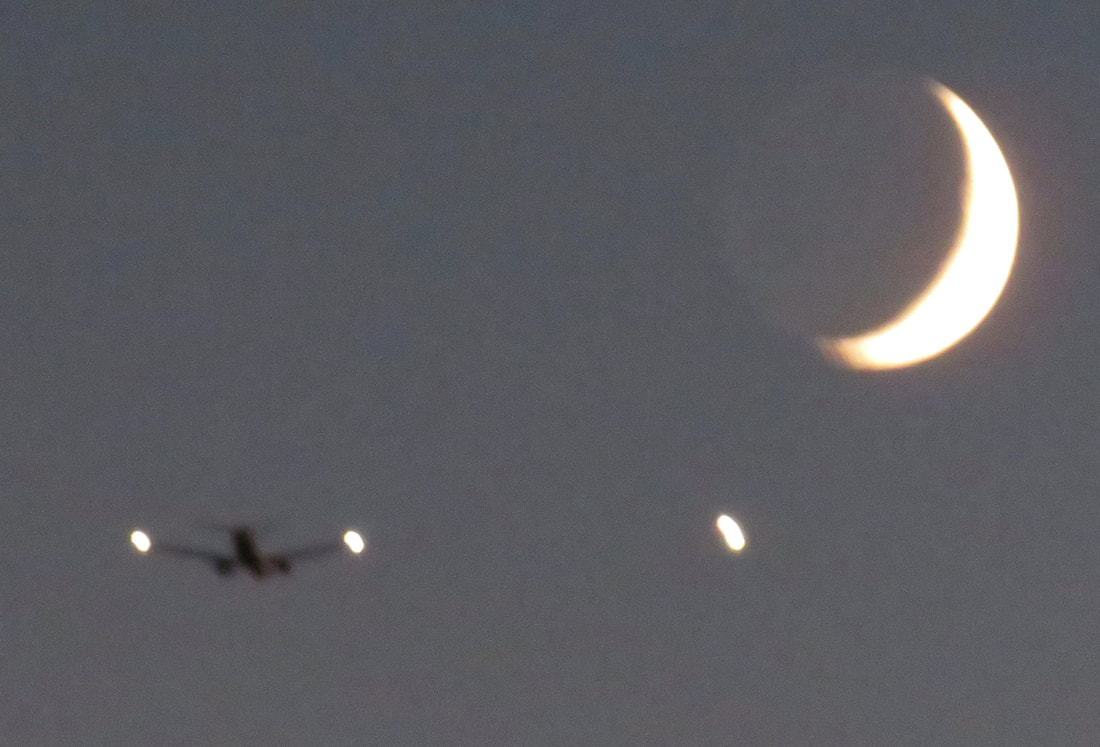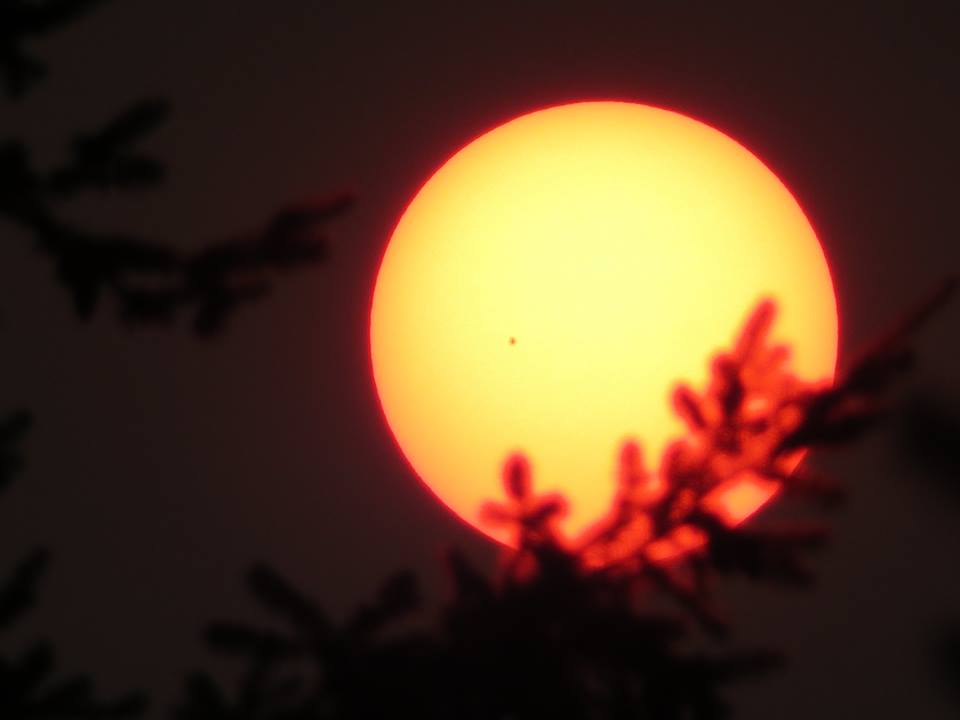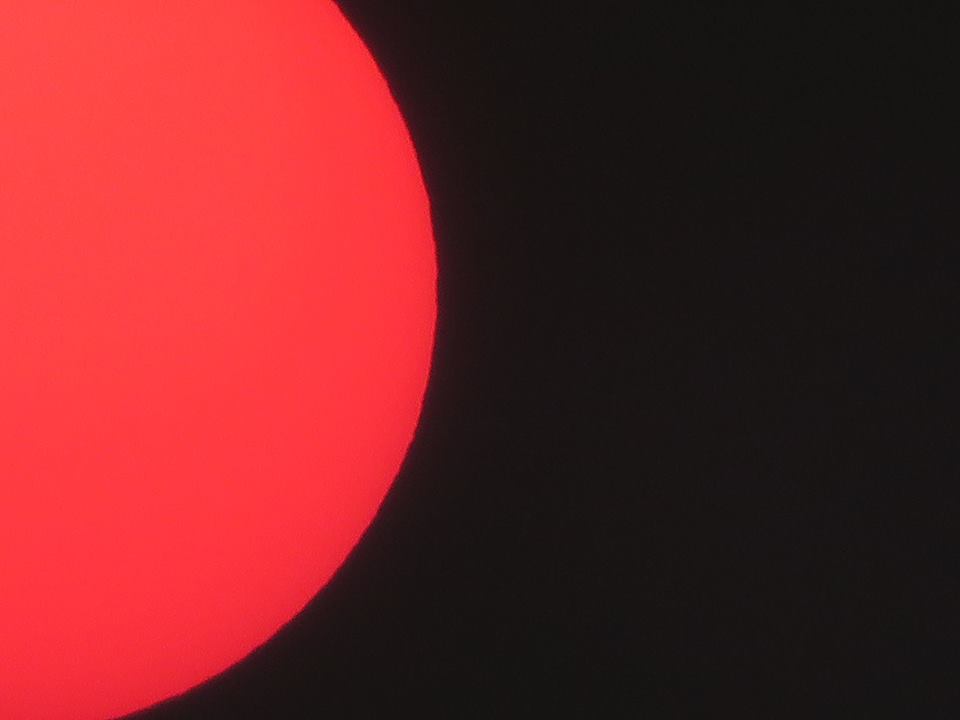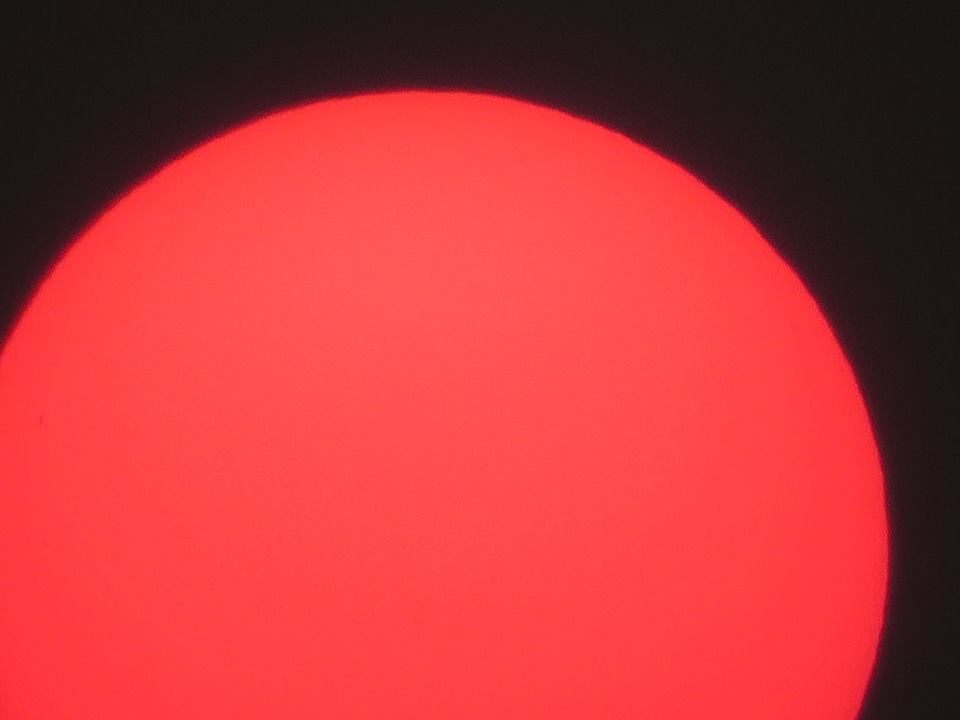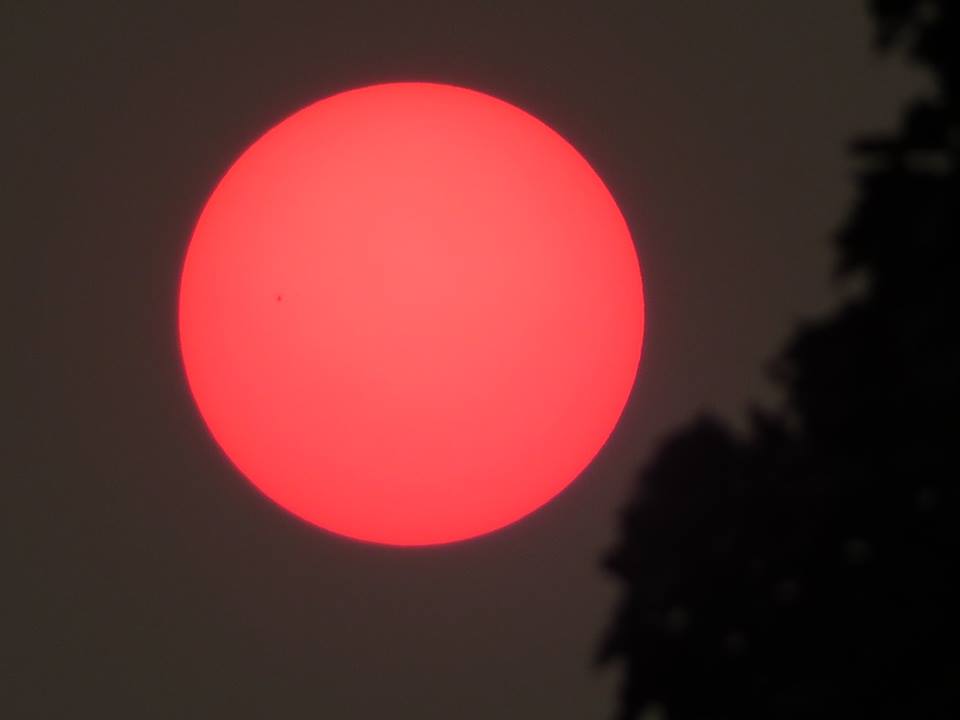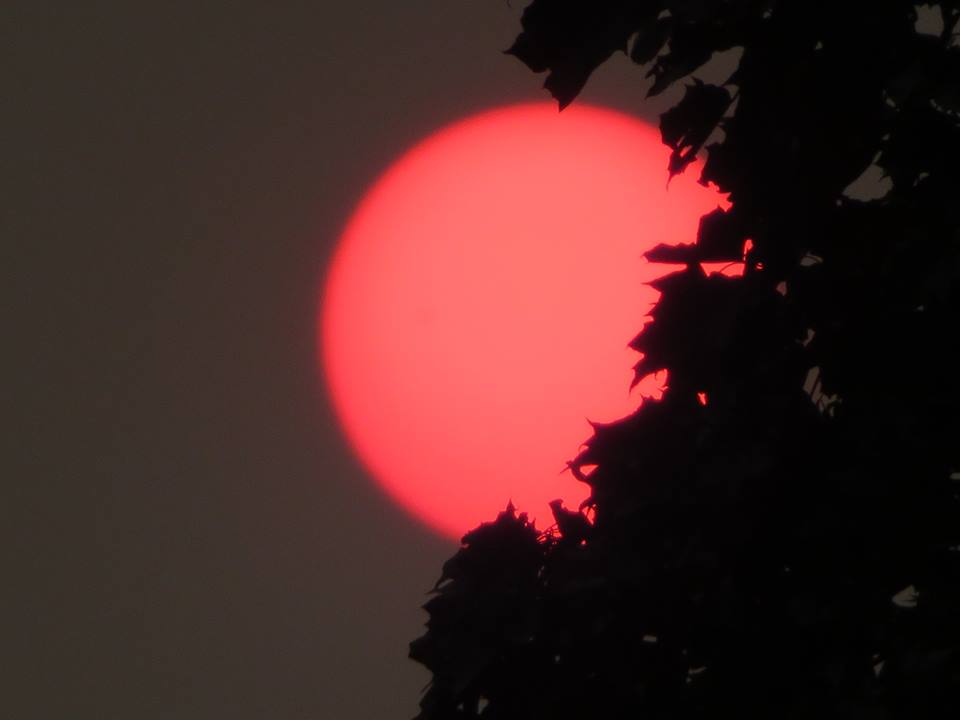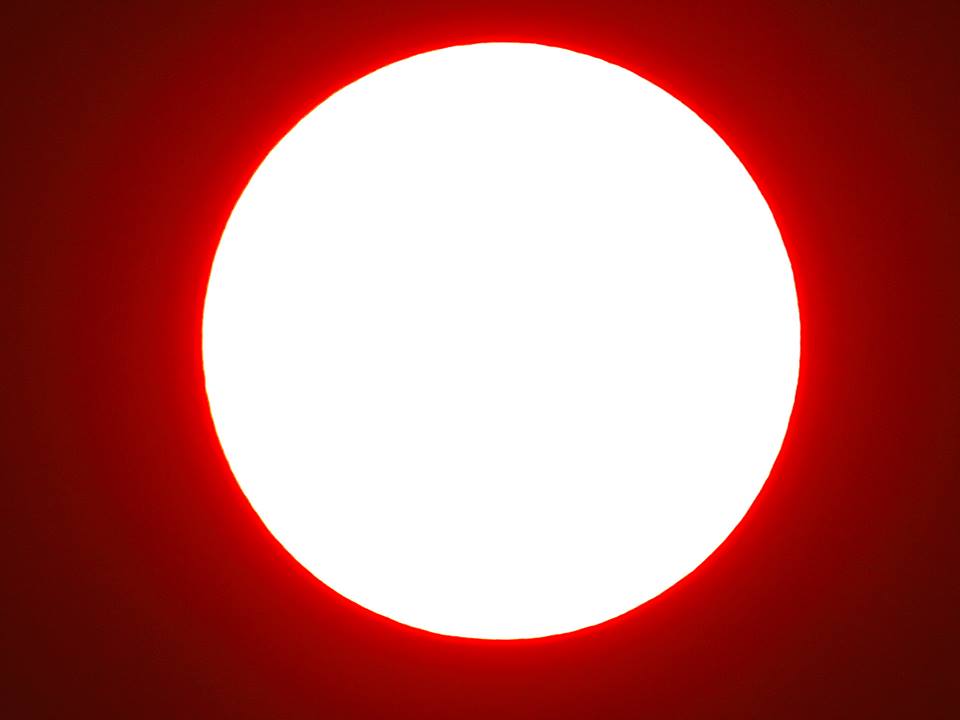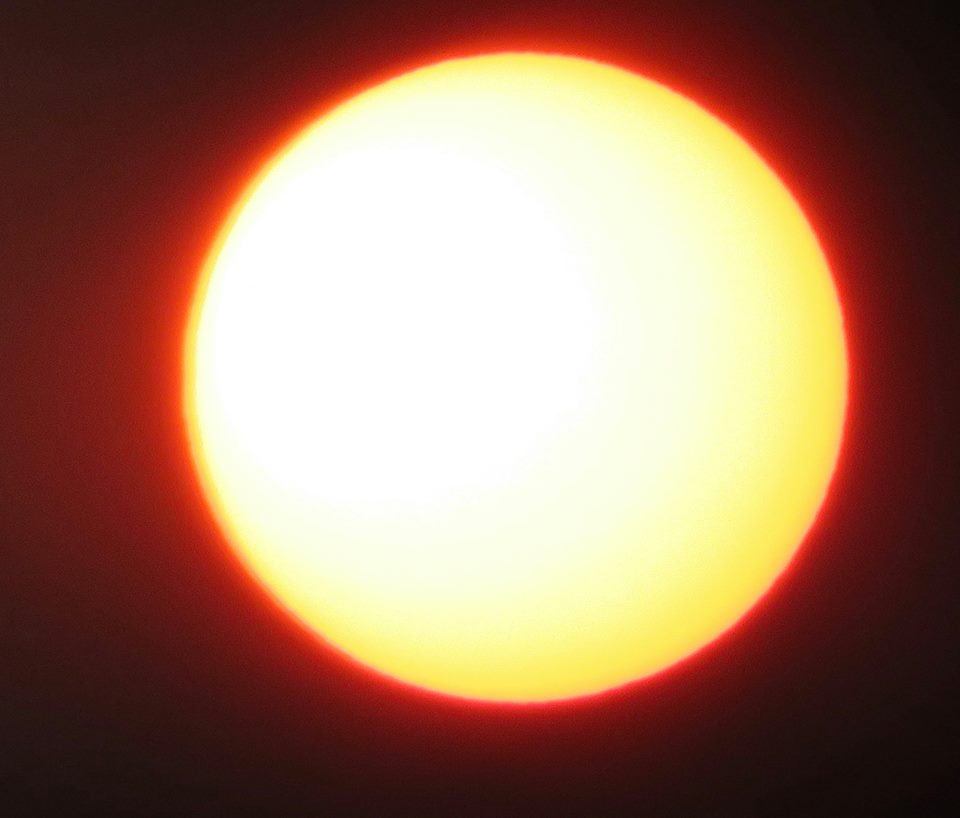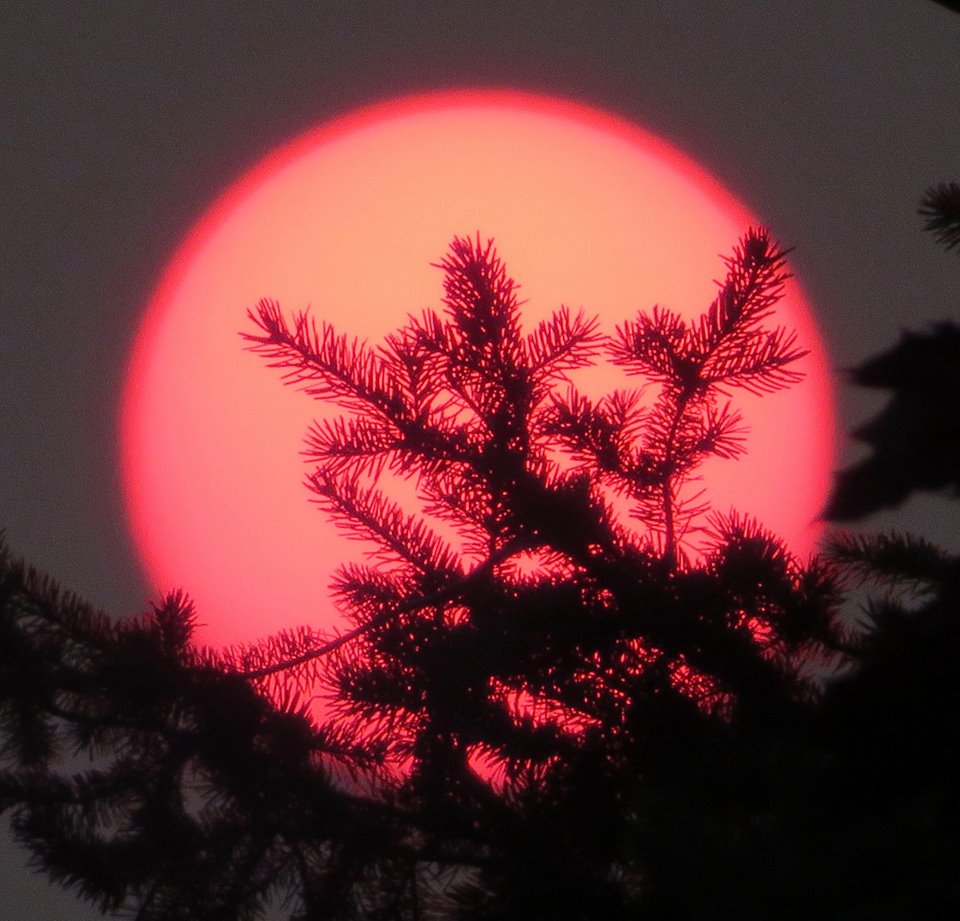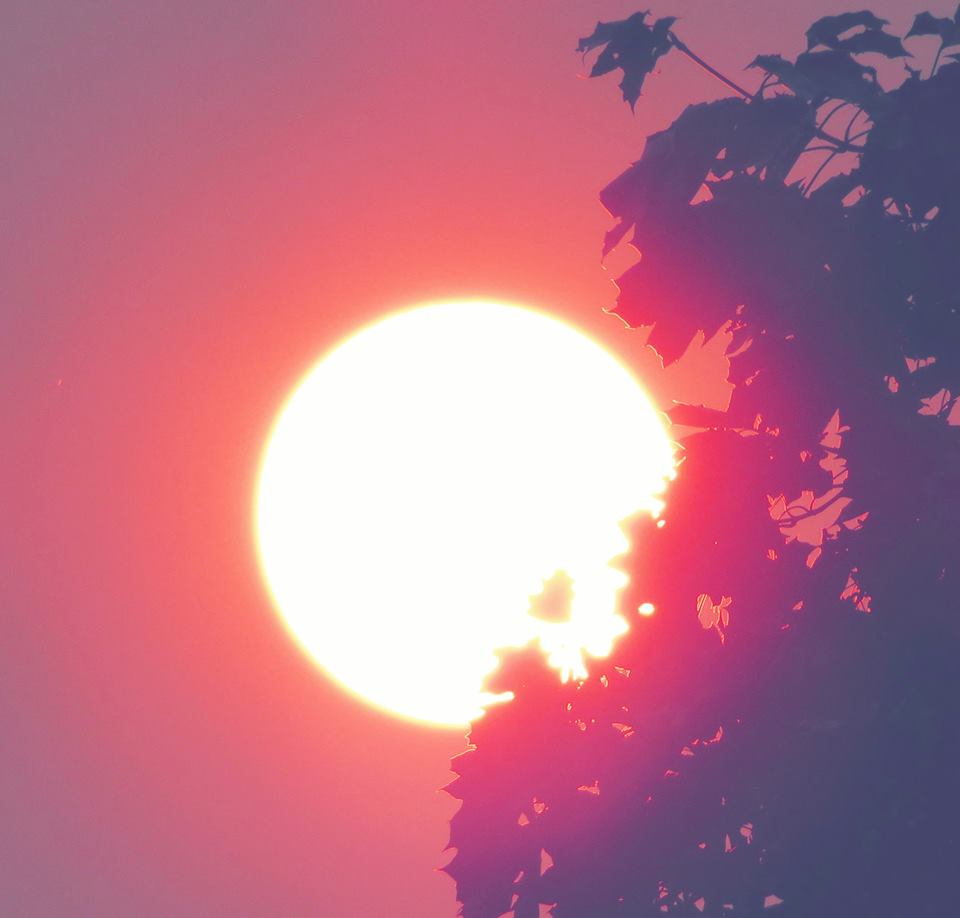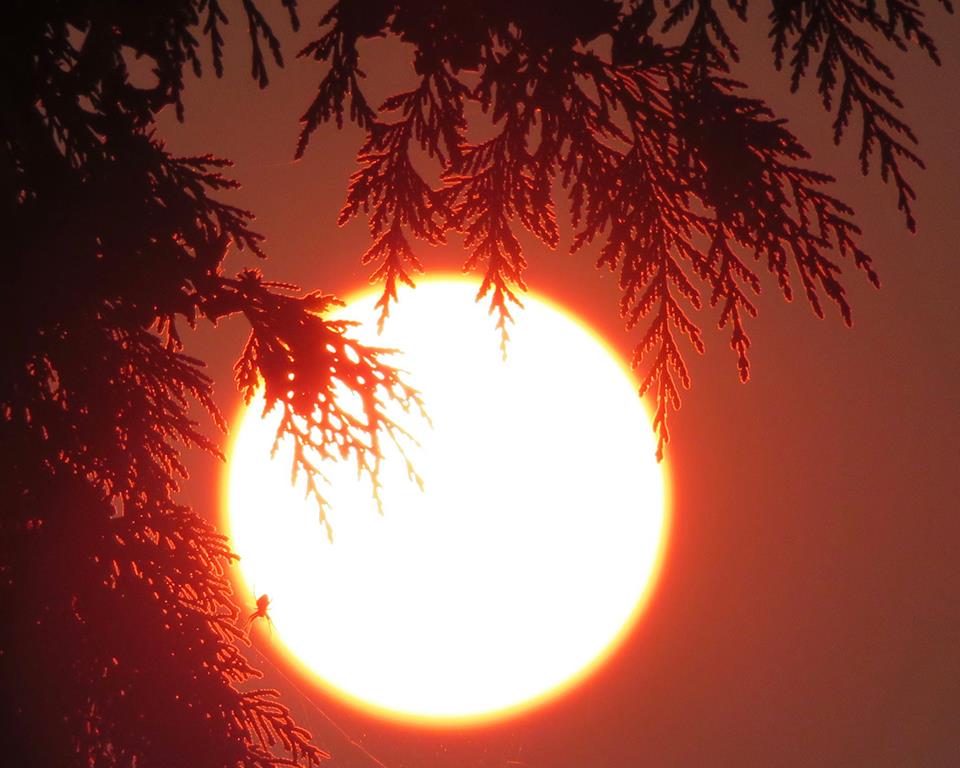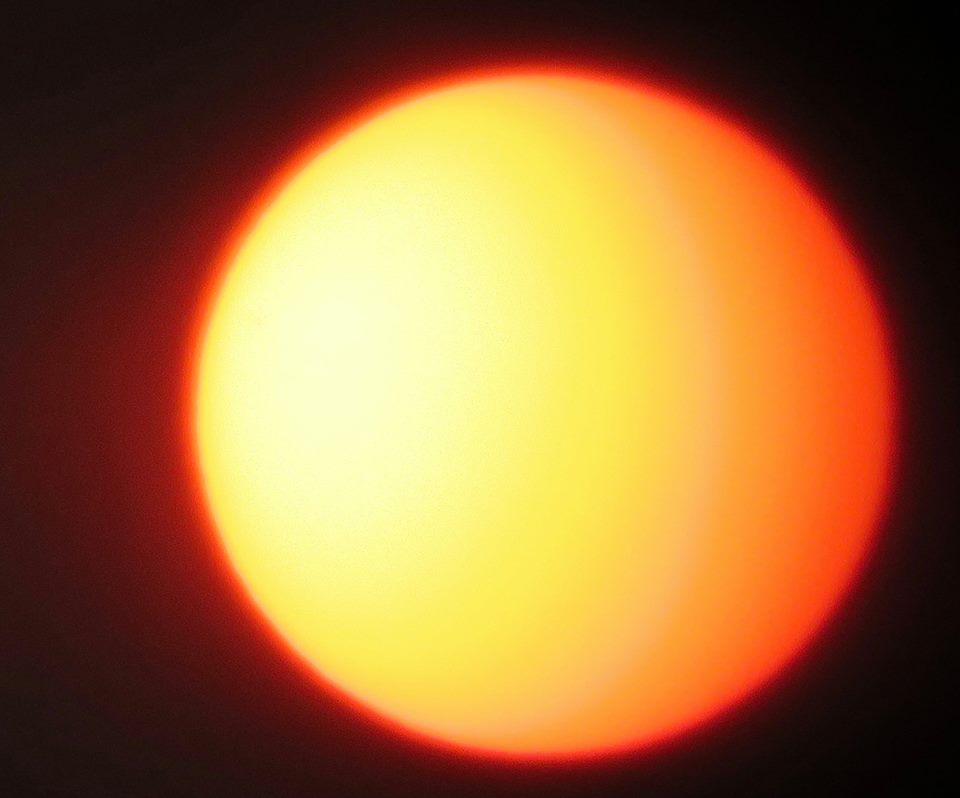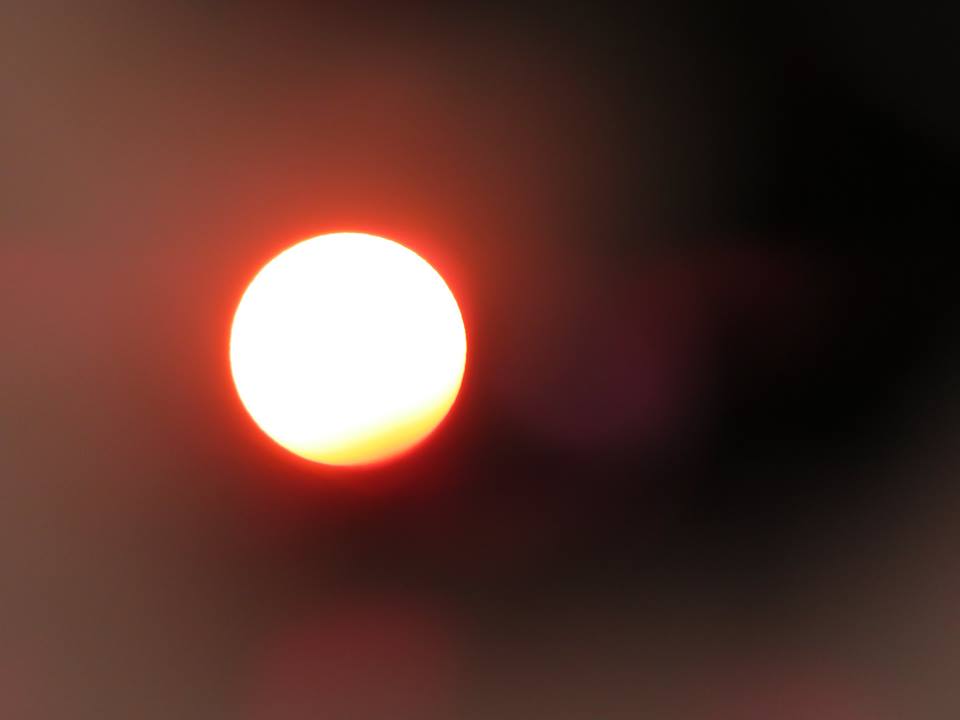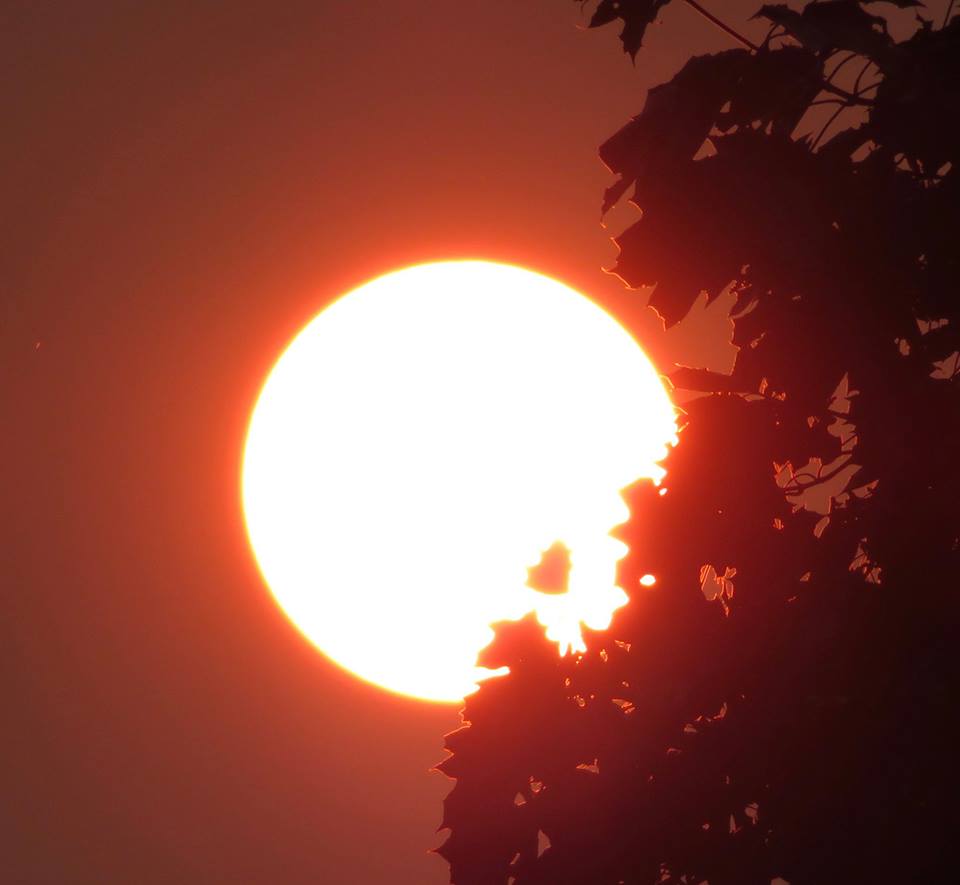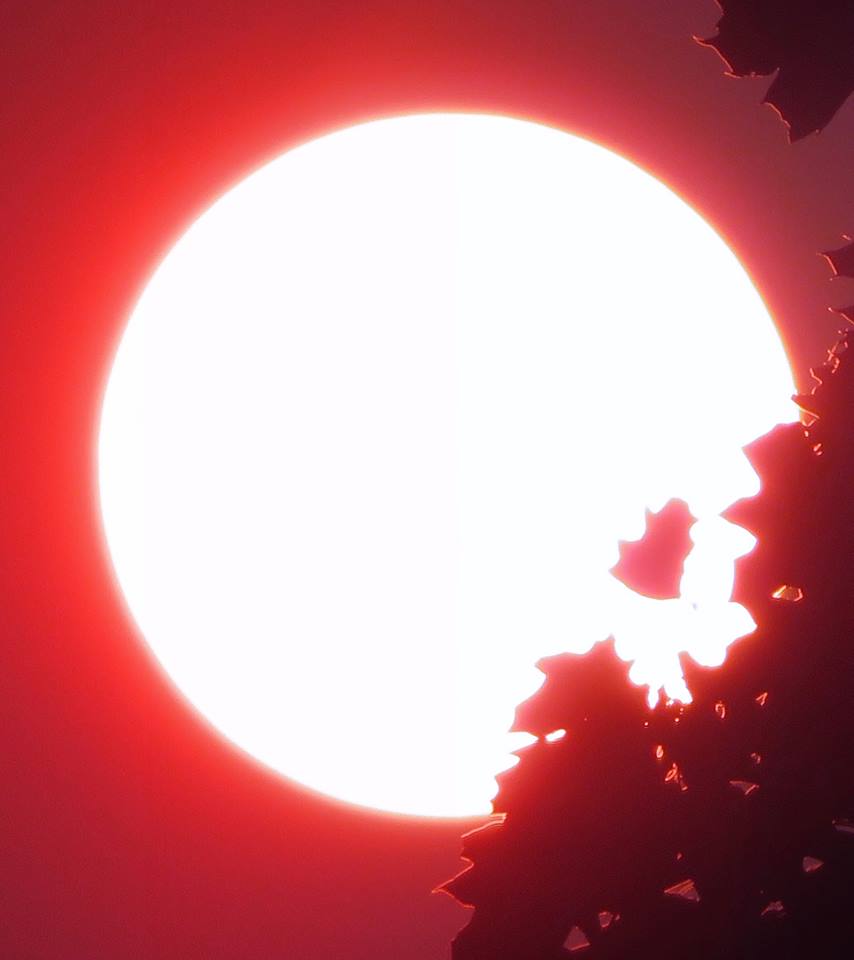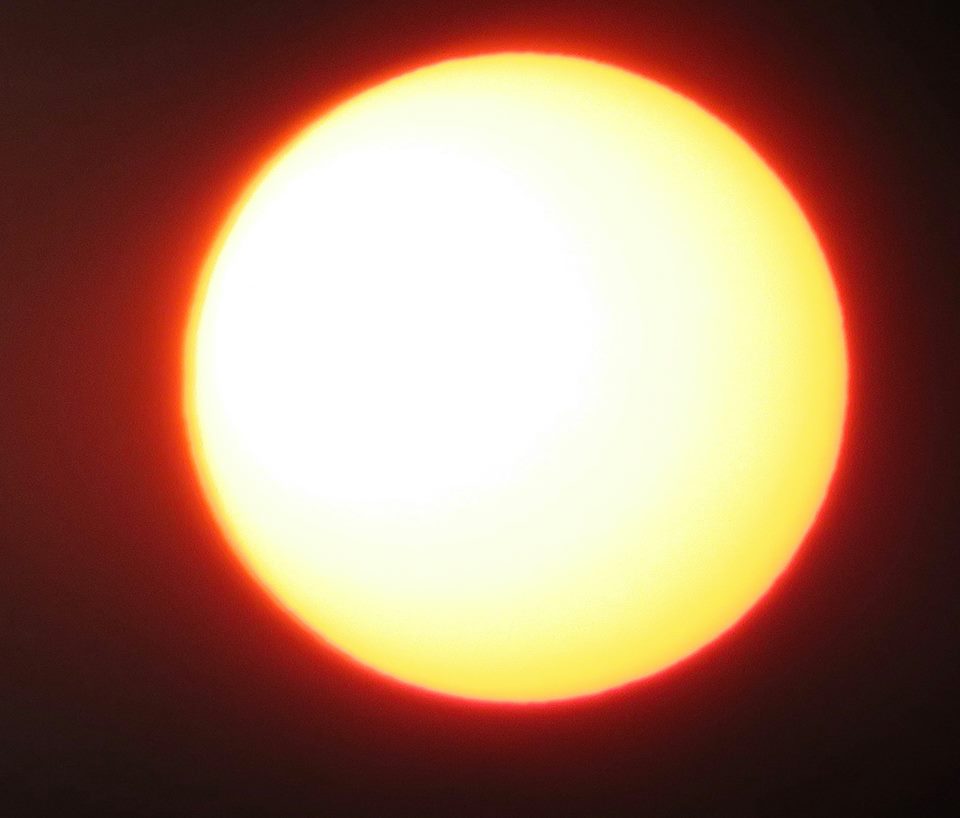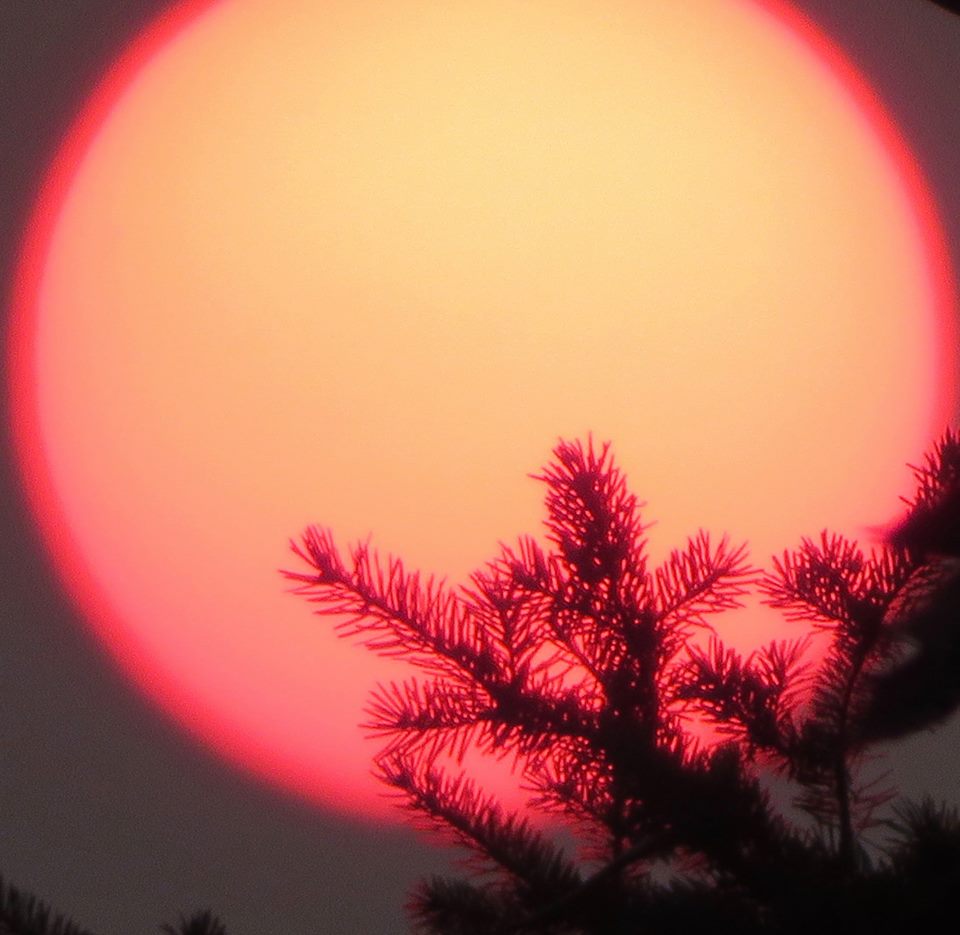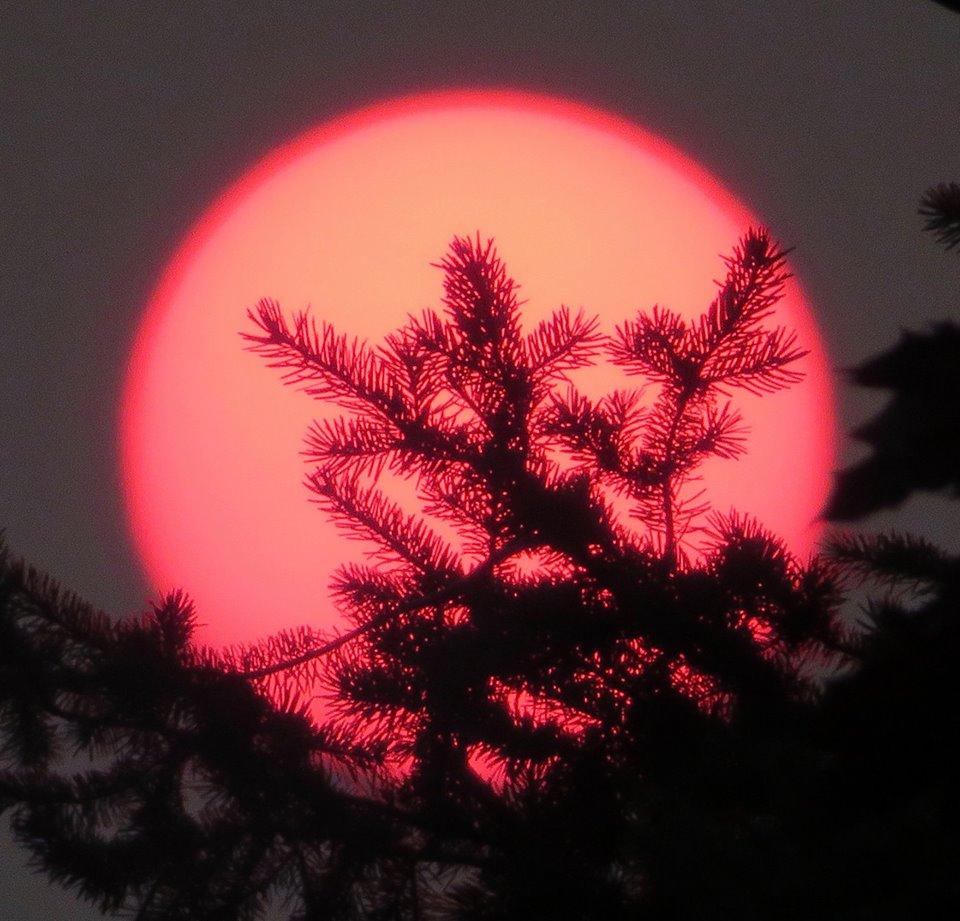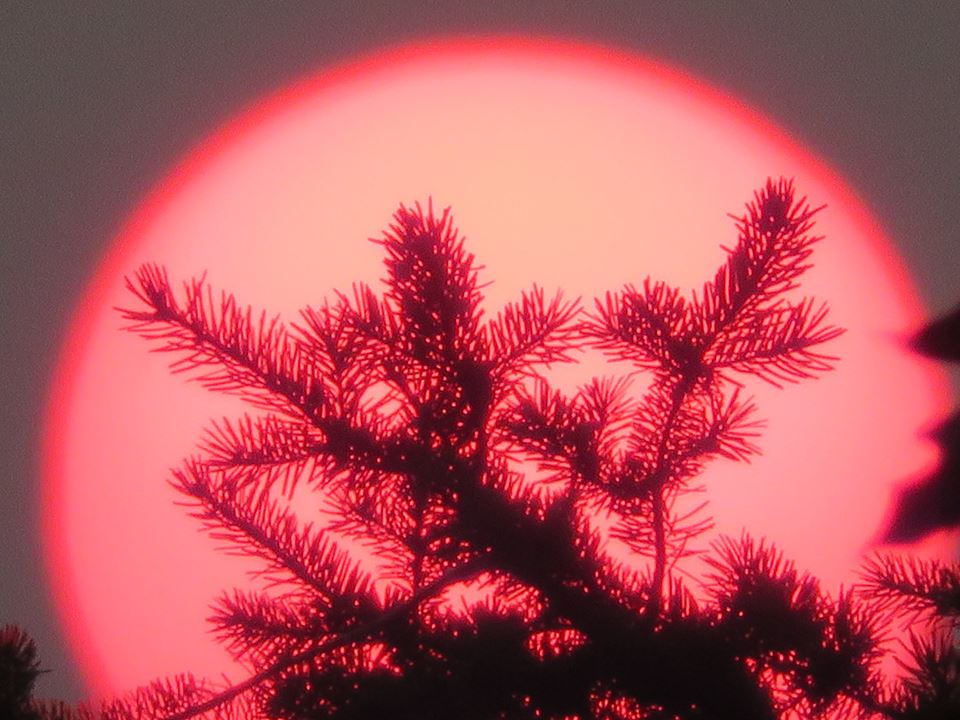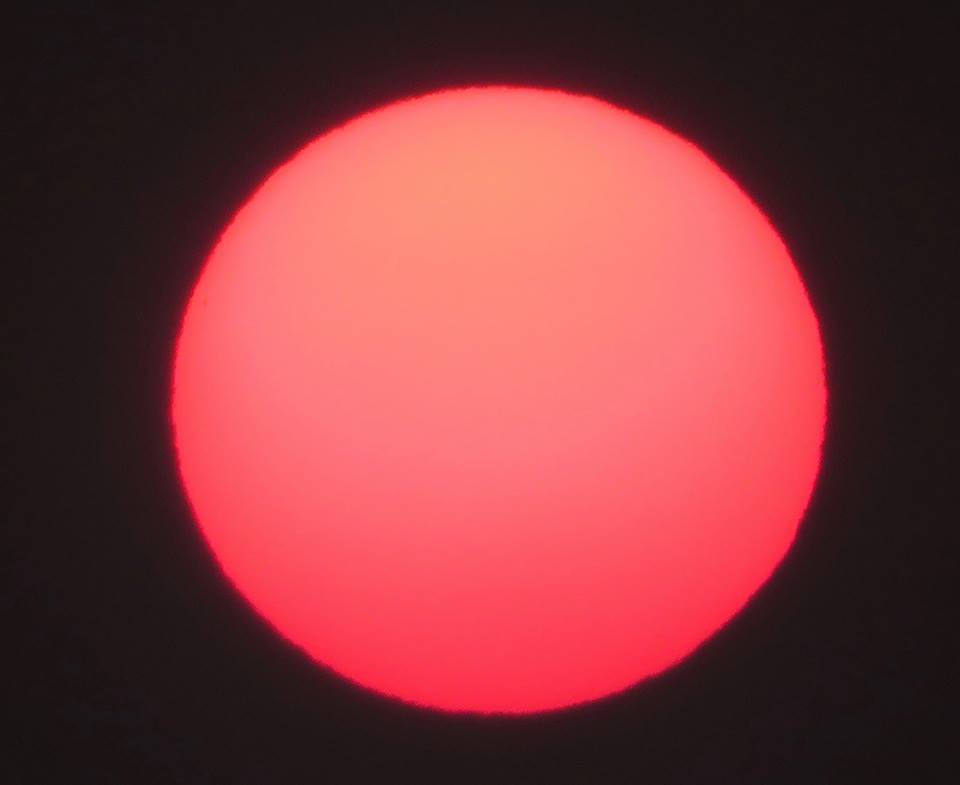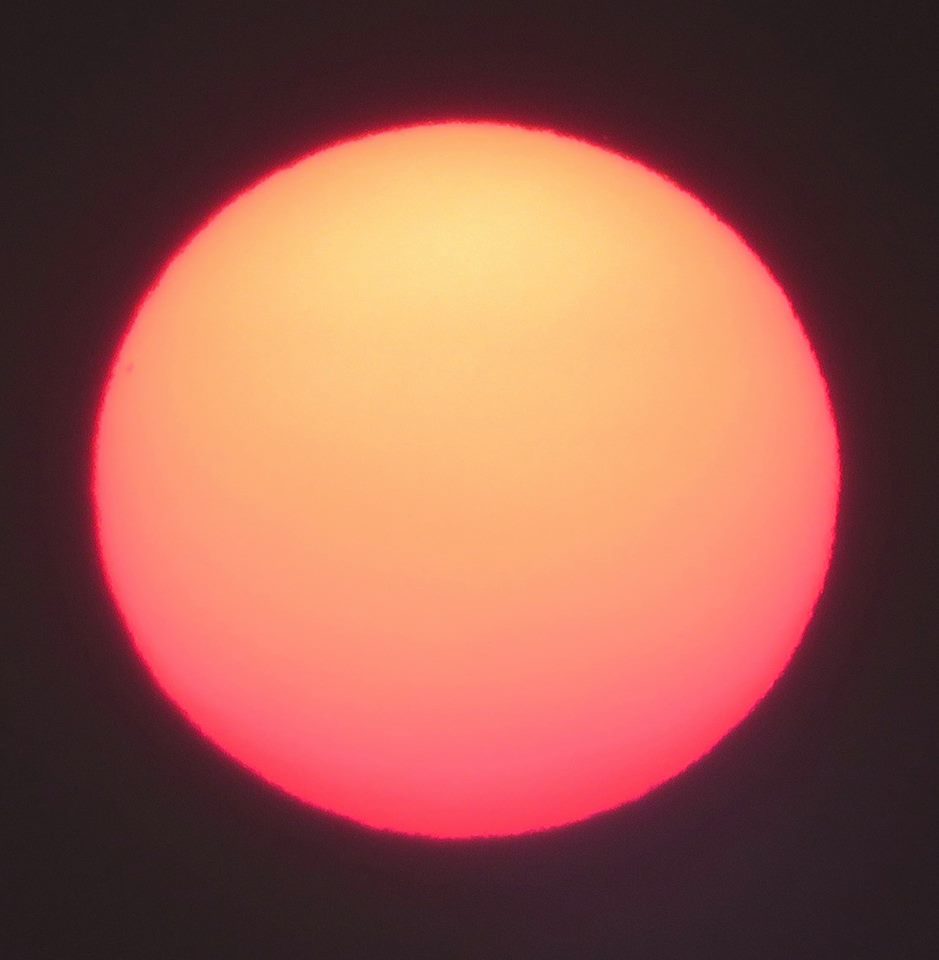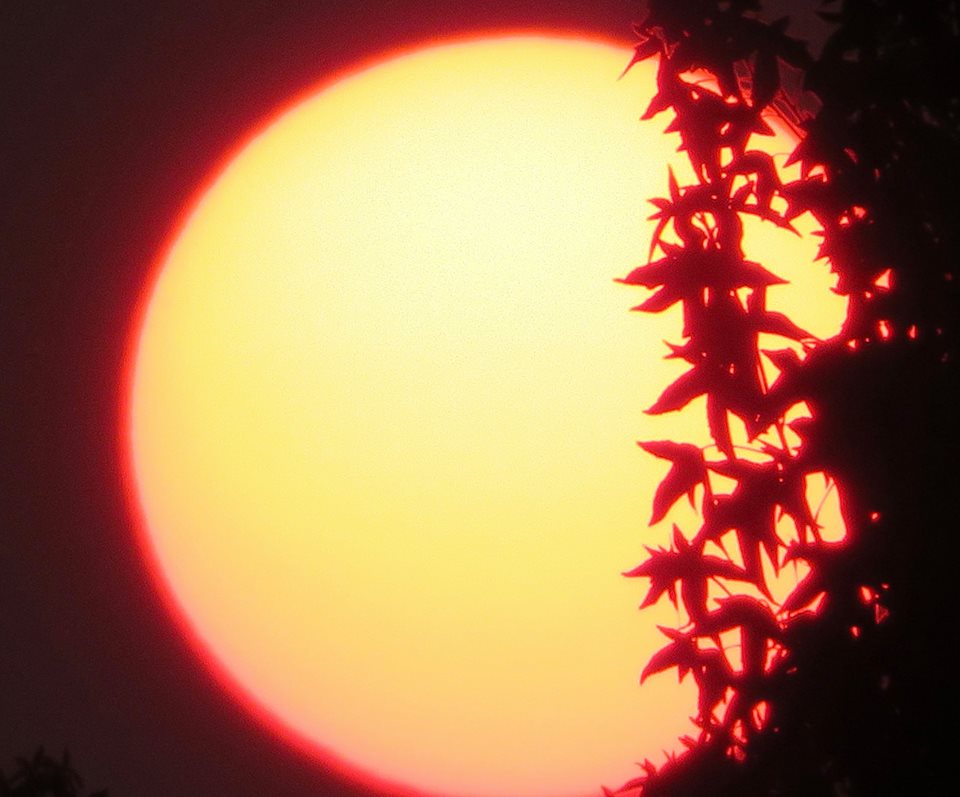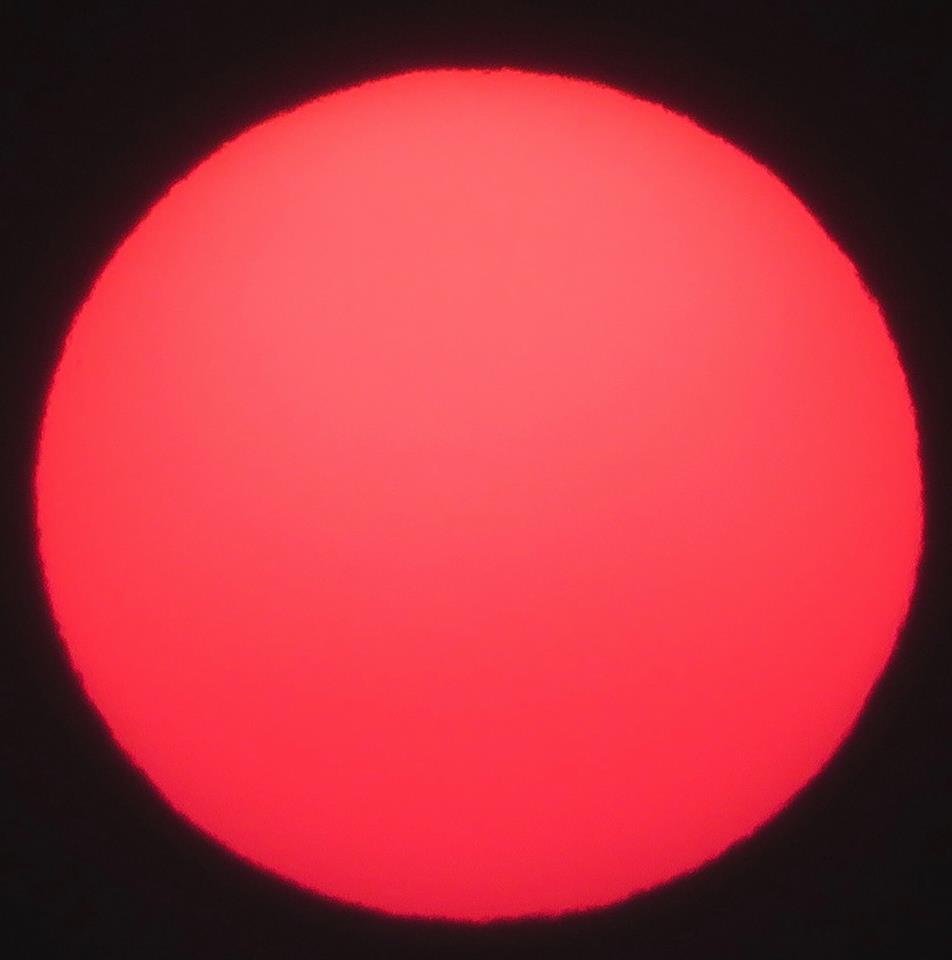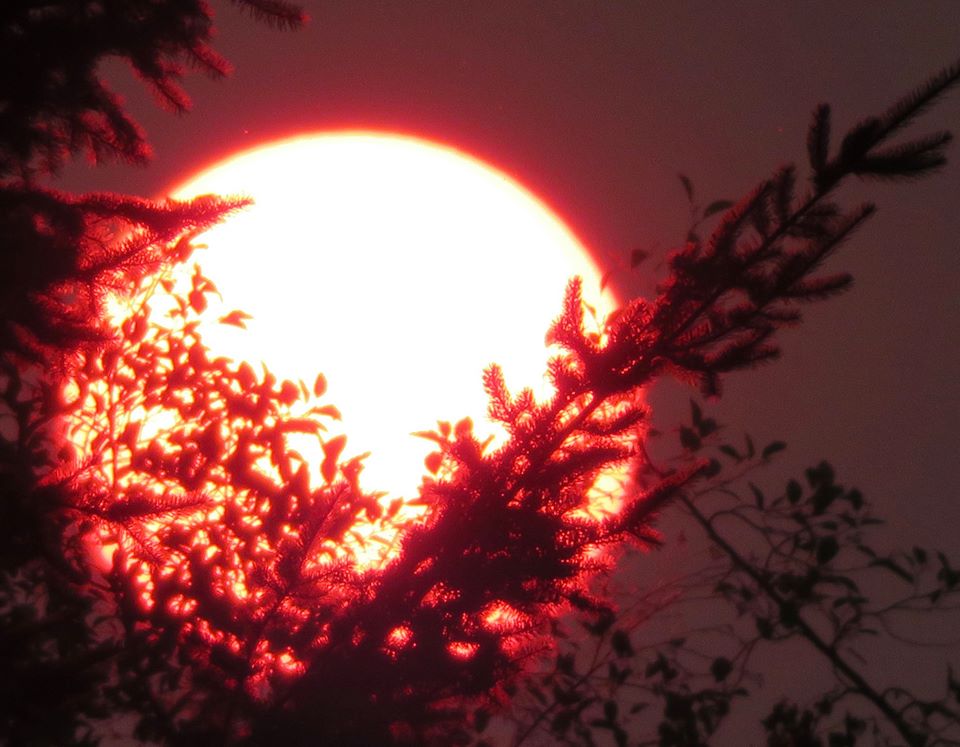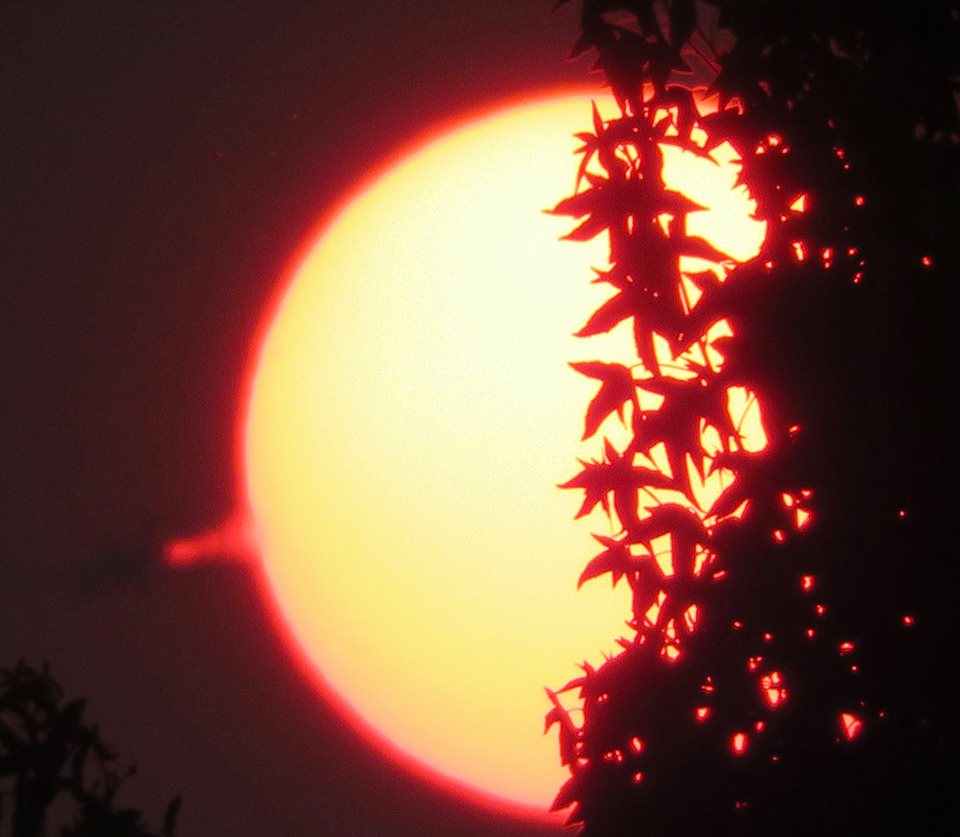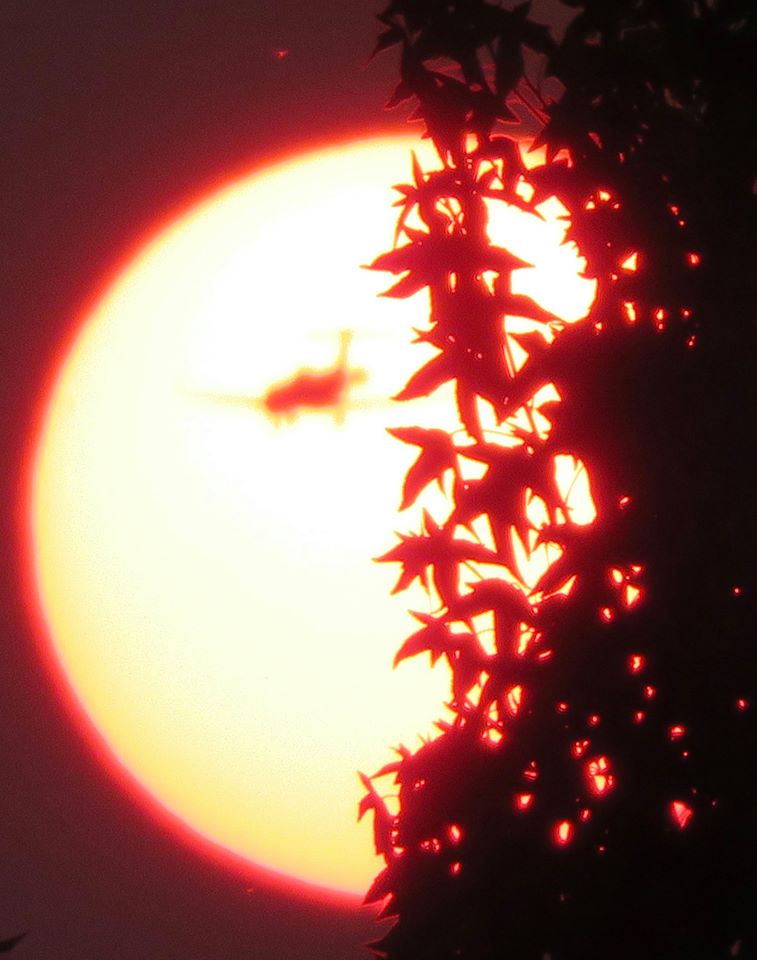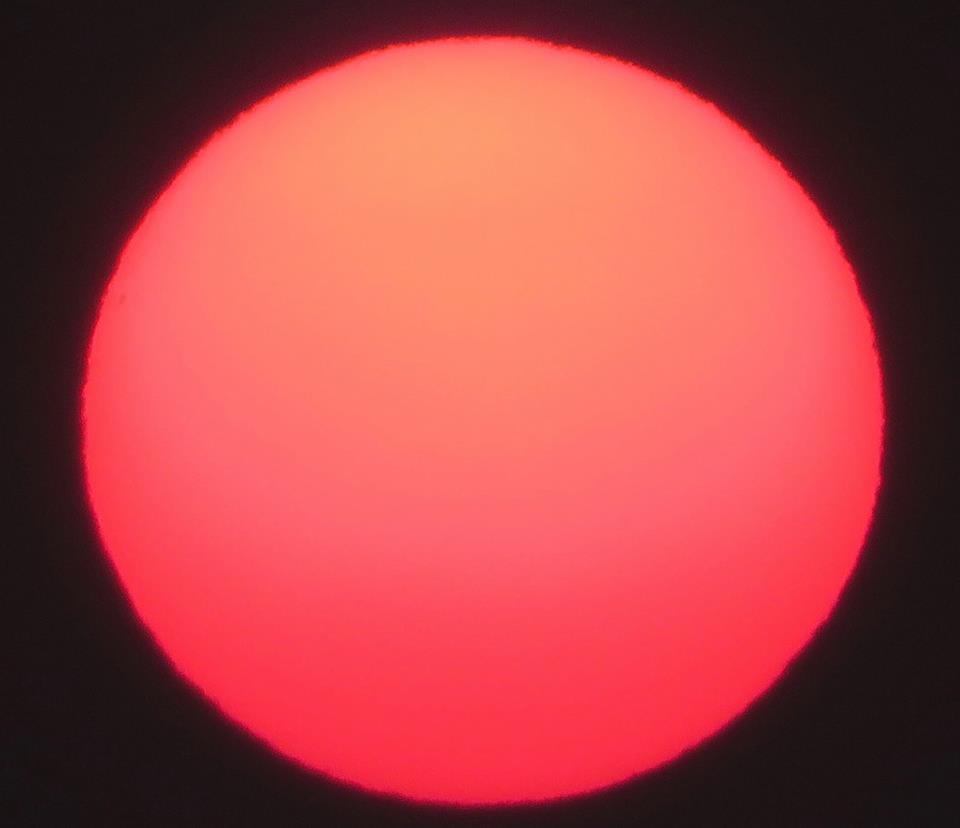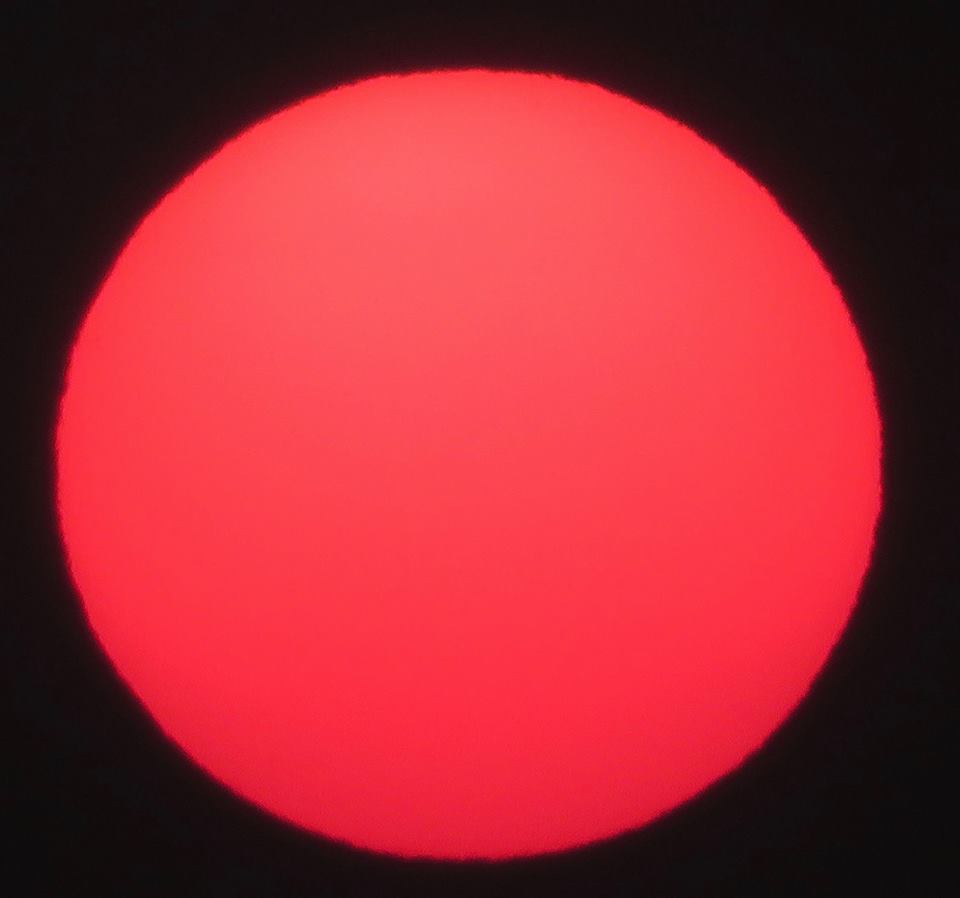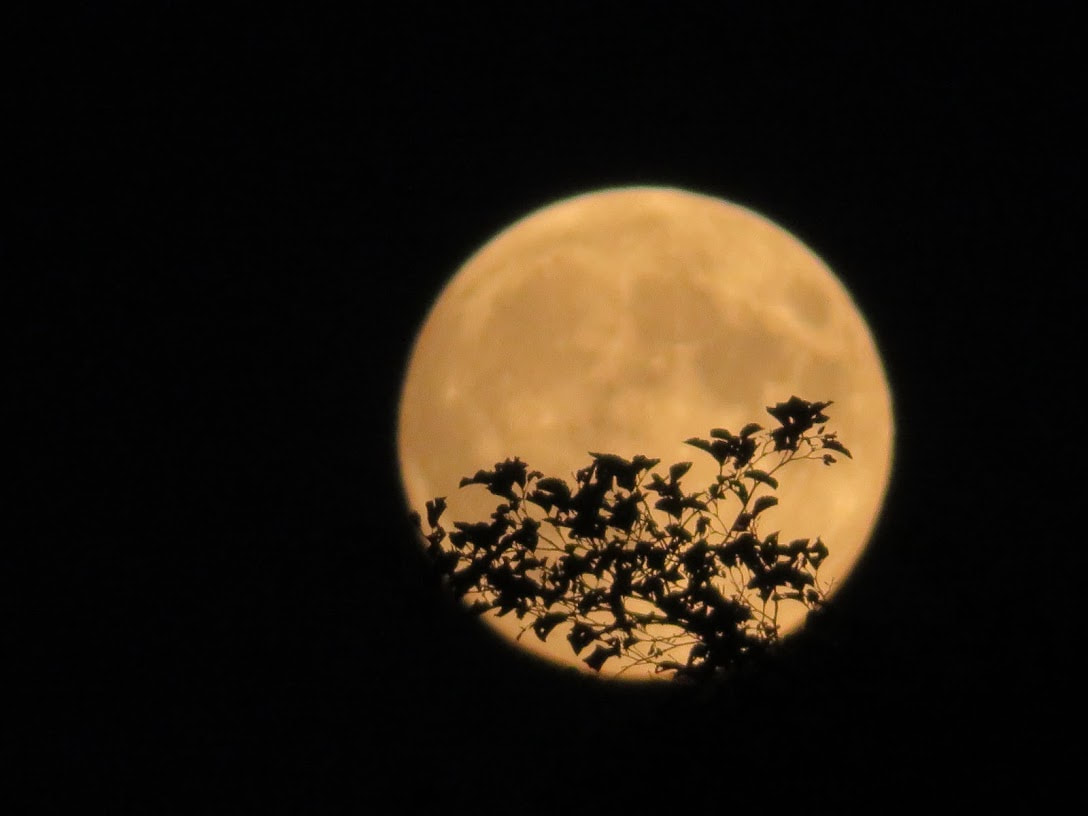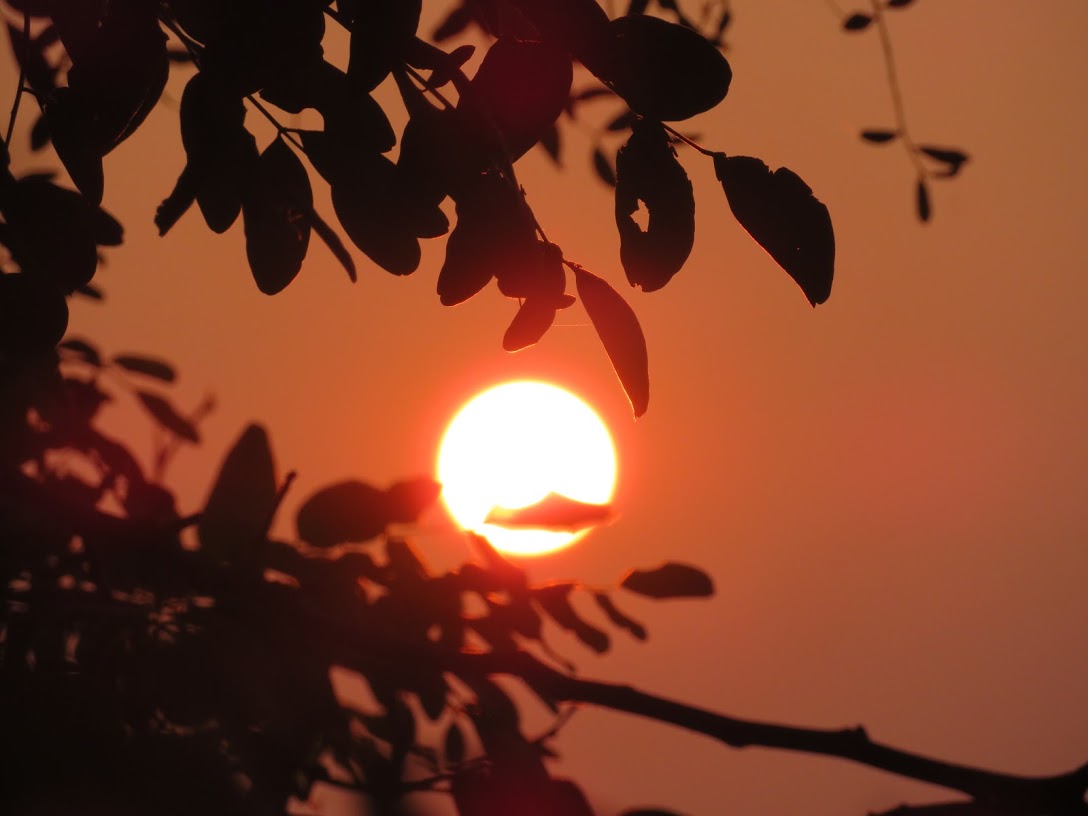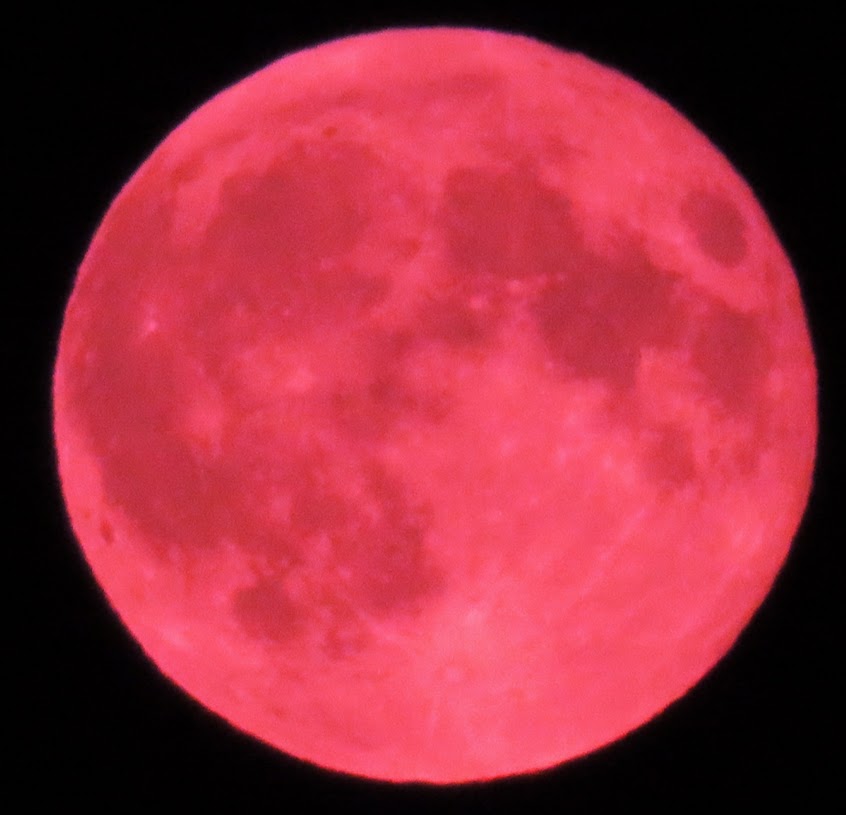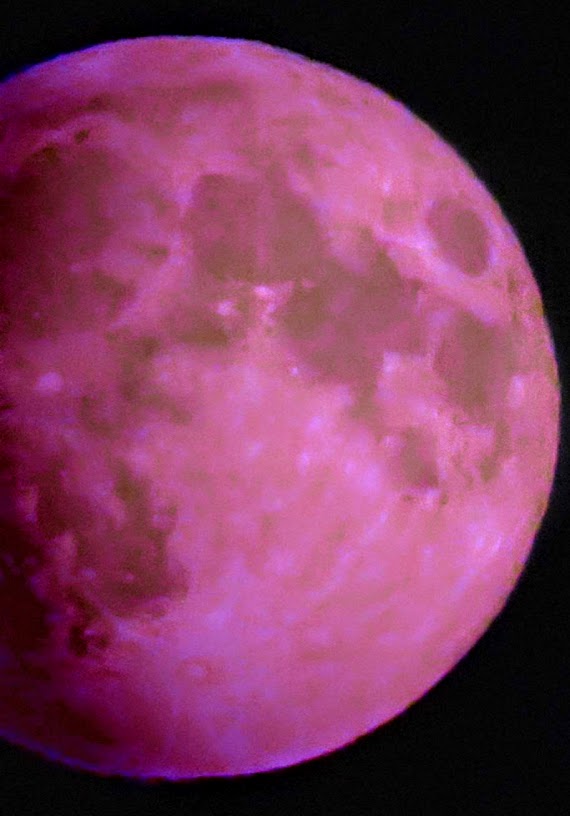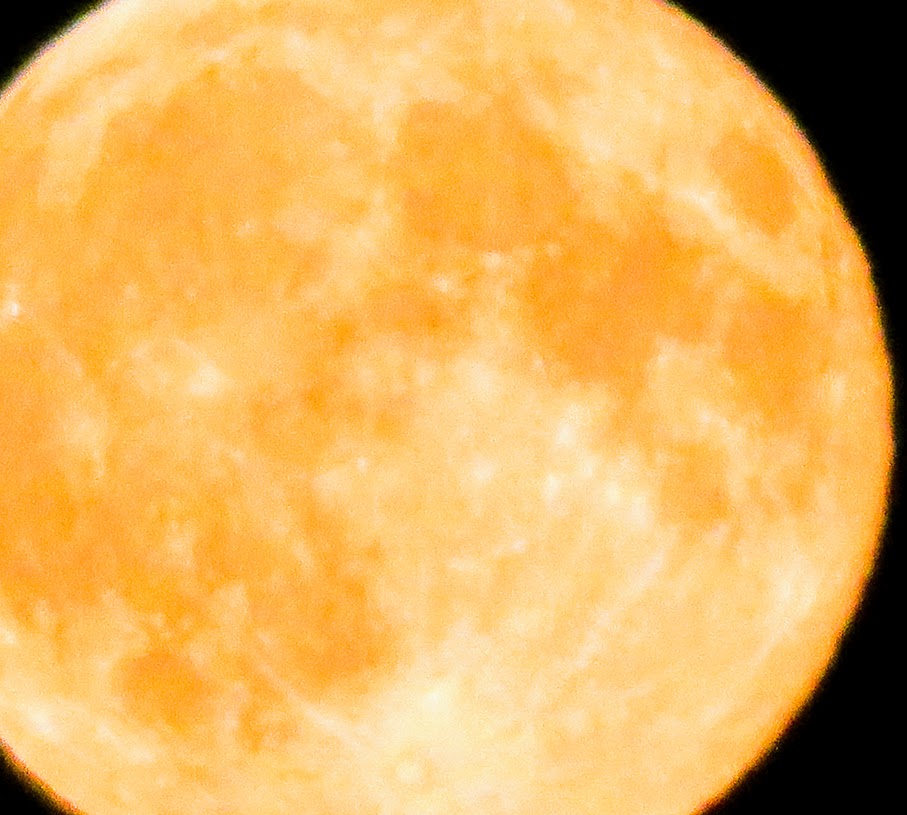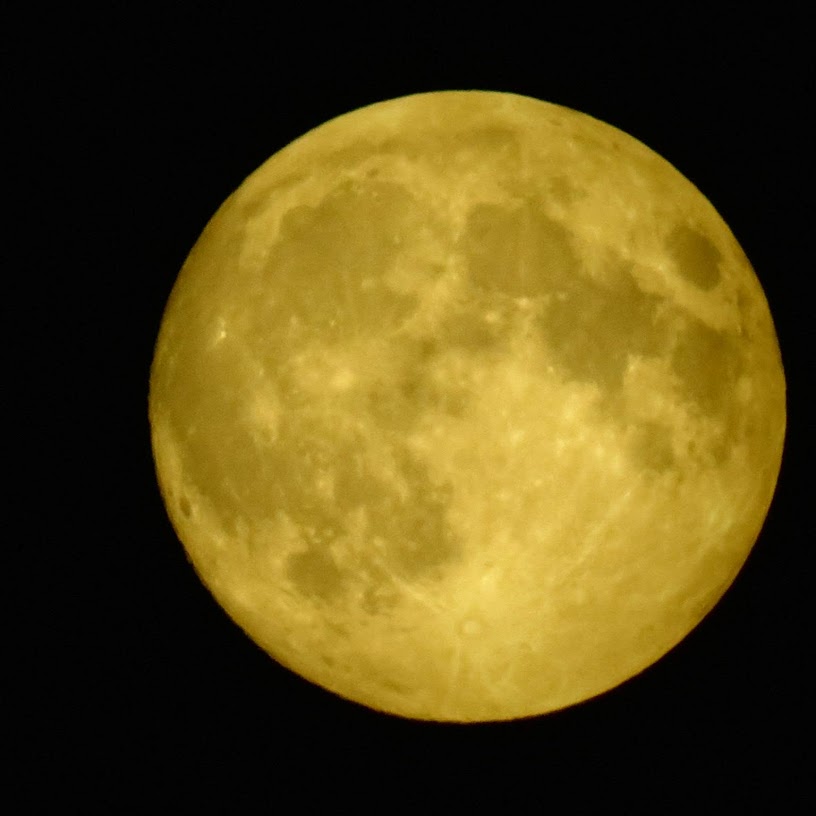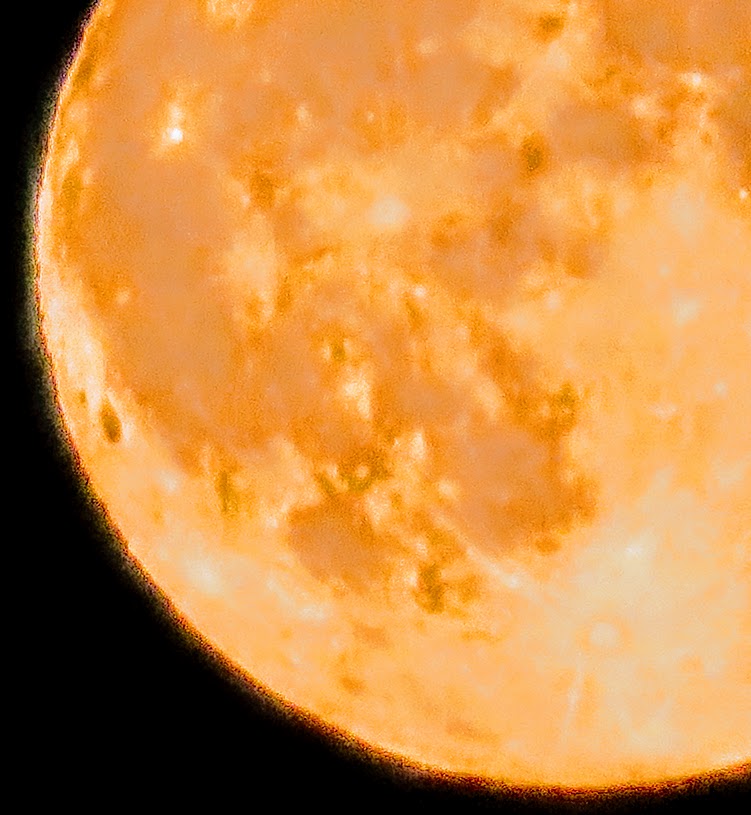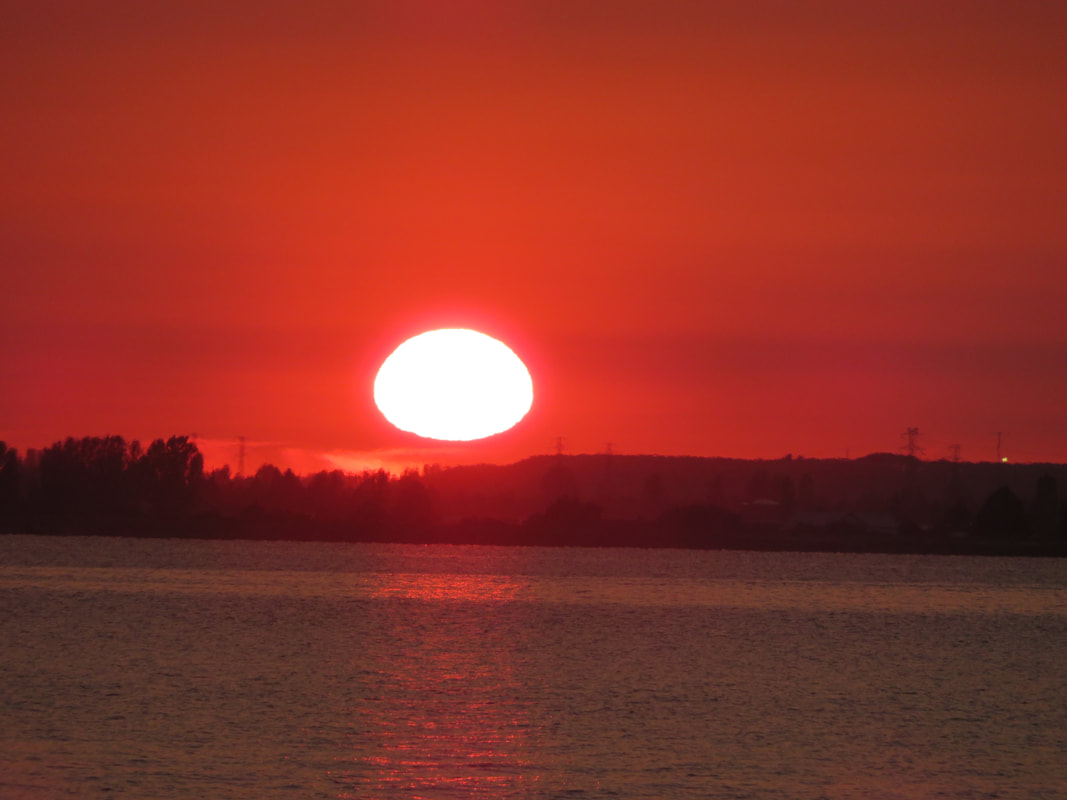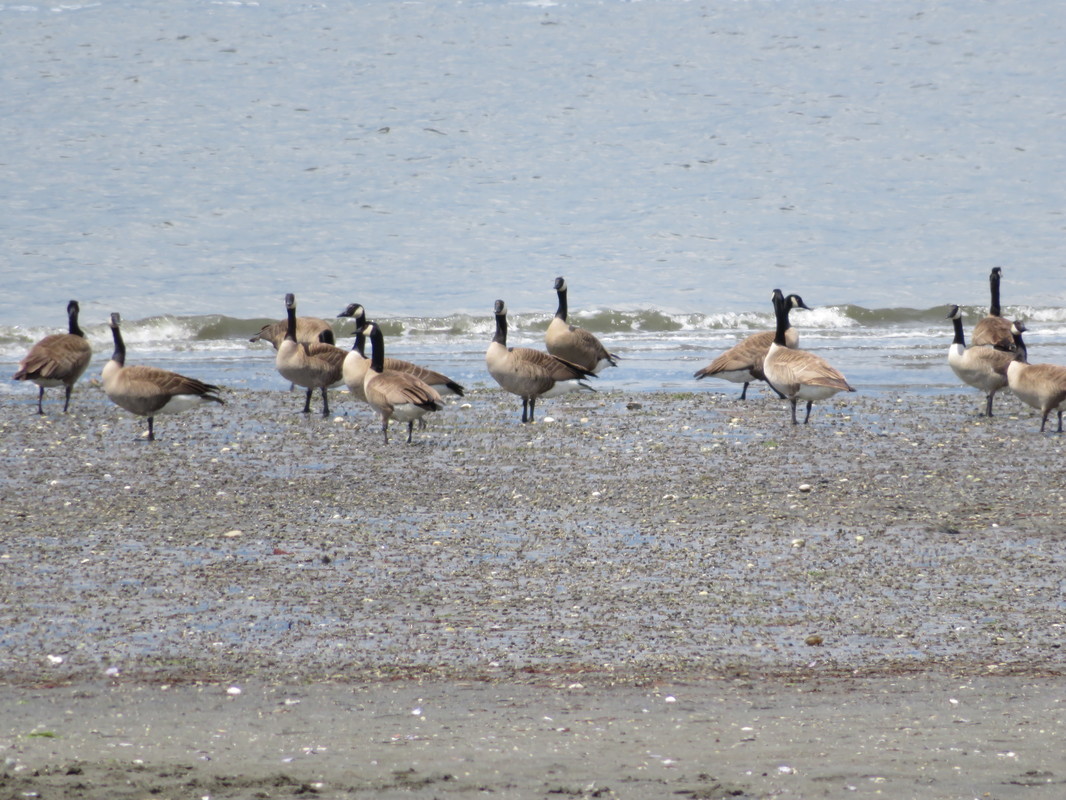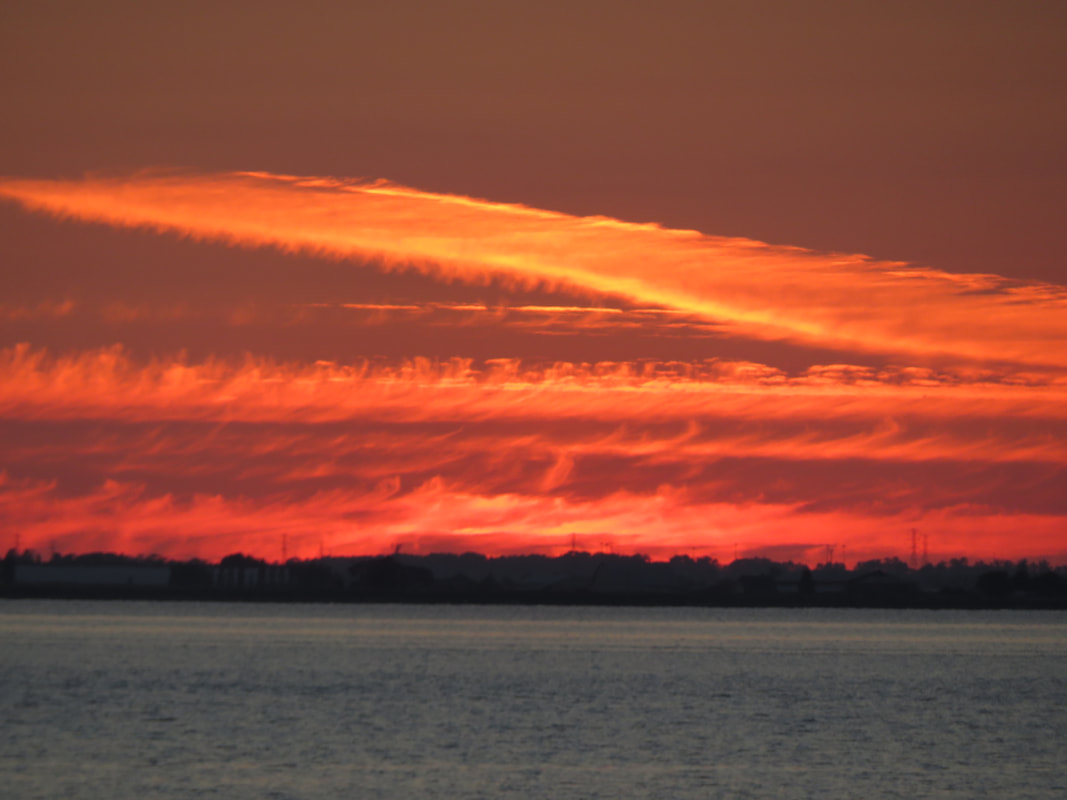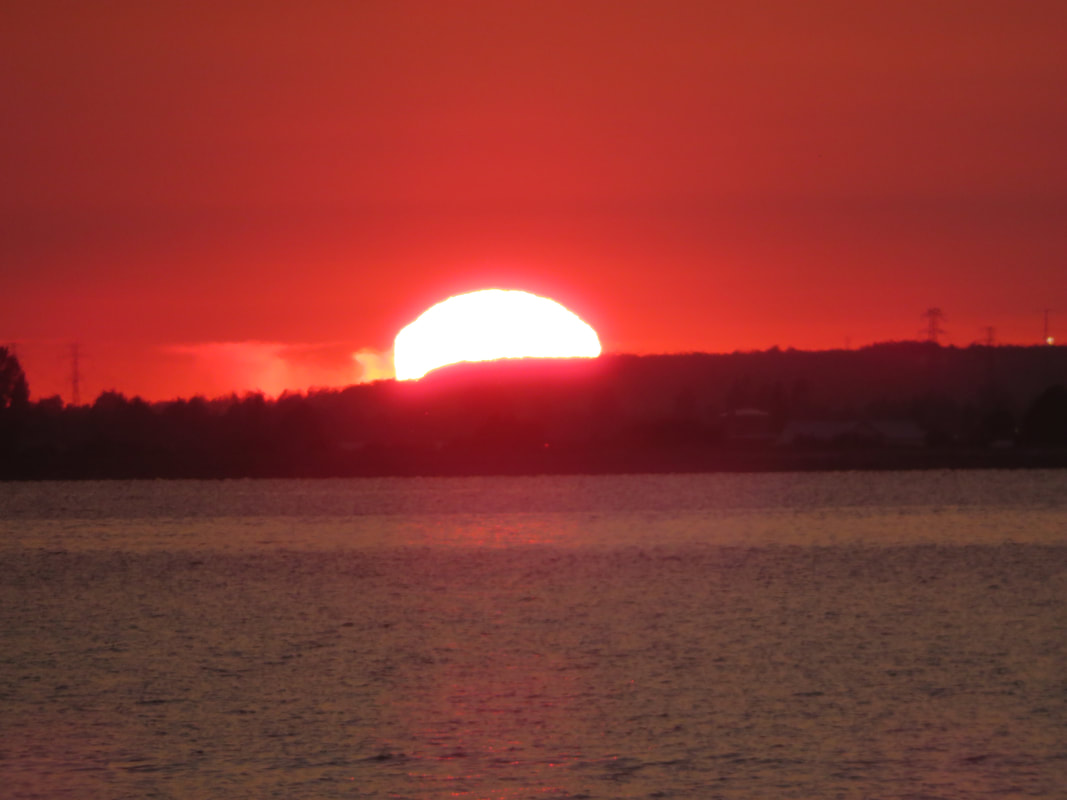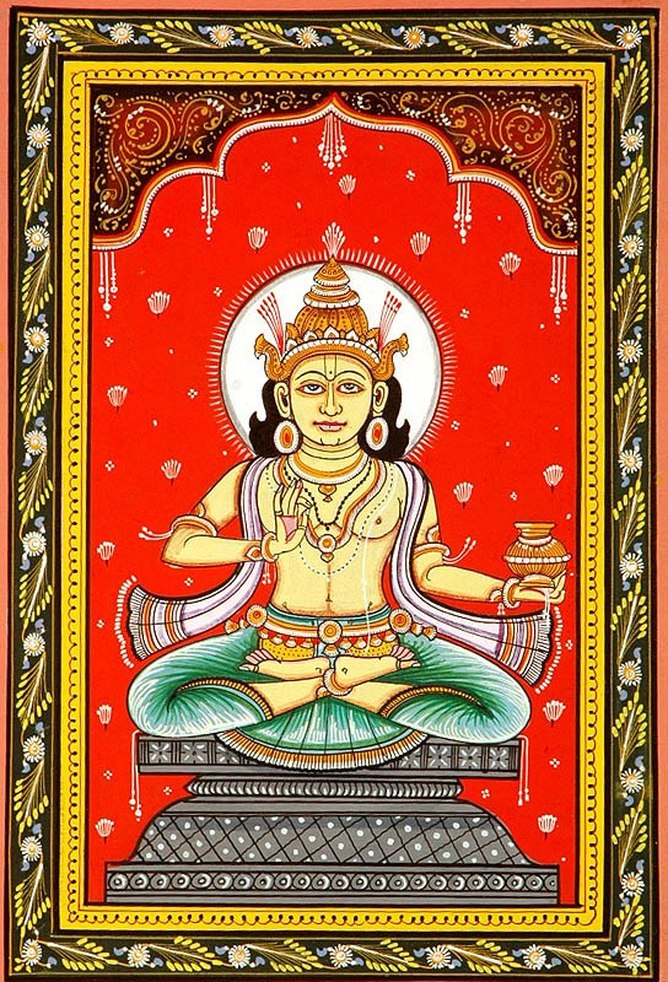
Chandra is a lunar deity. Surya, Chandra, Angaraka, Budha, Guru, Sukra, Sani, Rahu and Ketu are nine important Navagraha deities representing the nine planets. The English equivalents of the first seven being are the Sun, Moon, Mars, Mercury, Jupiter, Venus and Saturn. The last two are unique to Hindu astrology and they are Rahu and Ketu explained by mythology. These deities are commonly found in Hindu temples and it is part of temple worship. Often, bhaktas are given to have their navagraha deity inscribed on copper plates placed in the puja room. In Hindu belief, the grahas determine the course of one’s life. They are repellents of evil that may visit a person or family. They also bring blessings.
Chandra is also called Rajanipati, The Lord of the Might or Kshuparaka, One who Illuminates the Night. Chandra’s chief consorts are Rohini and Tara. But he goes on to marry, 27 nakshatras, all being daughters of Daksha. His vahana is a chariot pulled by an antelope or by ten white horses. He is also called Nishadipati, Nisha meaning night and Adipathi means Lord. His guna is Sattva and represents the Mind.
Chadra, despite being blessed with 29 wives, suffers a series of love affairs. His first lover was Tara, then the wife of Brihaspati, the planet Jupiter. Tara becomes pregnant and gives birth to Budha another navagraha deity. Budha hates Chandra for causing his illegitimacy. Brahma banishes Chandra for the illicit affair and child born out of wed-lock. The blame is shifted to intoxicants. He then takes Daksha’s daughters as wives on condition that there will not be favouritism. Now, Chandra failed in this and gets cursed by Daksha that he would lose his luster. This accounts for the moon’s waxing and waning.
GRAHAS:
In Hindu thoughts, Grahas are connected to one’s karmas. They are the markers of influence that indicate karmic influence. This impacts a person’s behaviour and well being of his family. While one cannot run his or her life with intellect alone, the grahas put him to notice of divinity’s role in enforcing the laws of karma. Humans may not be causative elements of his current life. So grahas can be said to be similar to traffic signs and signals.
PRASNA MARGA: Grahas are not restricted to the nine navagrahas. There are various other spiritual entities. Other than the navagraha nine, these entities are said to have been born out of the wrath of Lord Rudra and Siva. These spirits or grahas are malefic in nature.
JYOTISHA:
There were no sophisticated observation stations during the ancient times. But Indian seers, by analysis and profound insight compiled extensive information on astronomy and astrology. This became the science of jyothisha. They collected date from various sources on planetary movements and human affairs. Therein they found remarkable coincidences and concurrences within repetitive cyclic patterns that made them predictable.
This knowledge was codified to form composite knowledge of astrology. Jyotisha became part of Hindu way of life. To any Indian, intellectual or otherwise, it was significant to their lives. Nothing was commenced or continued without recourse to jyotisha. Indeed it was given the status of Vedanga, a limb of the Vedas. As such, Navagrahas occupied the minds of millions in India over the millenia. They have been celebrated and worshipped in sloka and stotra, in sculpture and music.
Chandra is given an equal status to Surya in Jyotish. In Jataka Paarijaata by Vaidyanatha, he states that Chandra is king amongst planets alongside Surya. However the learned commentator of Brihat-Jataka says that Chandra is queen in the planetary cabinet. The second proposition seems to hold water as Chandra and his brilliance on Purnima-full moonlight gives a pleasing and cooling feeling unlike Surya who causes sweat from his heat.
Chandra rules over the Karta-cancer sign while he is exalted in Vrishbha- Tauras rasi. His all is in Vrishika-scorpio rasi. Chandra is lord of three nakshatras or lunar mansions being Rohini, Hasta and Shravana.
CHANDRA AND SOMA:
Chandra is also known as Soma and identified with a group of lunar deities. Hence, Monday, dedicated to Chandra, is called Somavara. Soma was the milky fermented liquor produced from the soma plant. It was an integral part of Vedic sacrifice. It was drunk by priests as a token of appreciation. Soma is also amrita, the product of churning of the milk ocean. It was a matter of dispute between gods and demons. Those who had the blessings of Soma where elevated even above Indra. Thus Soma became an independent deity also and started absorbing other deities.
Chandra was the god of the Moon. He was the source of fertility. He was absorbed by Soma and there was a coincidence in that both were born from the churning of the ocean. This account is given in Matsya, Vushnu and Vayu Purana. It was then found fitting that although considered independent, he should also become another name, Soma. But every night he rose anew from the ocean. Vedic myths compound the issue. While establishing Surya to be the greatest of the Gods, he is said to have fathered Soma and Chandra. In such myths, Surya is the original creator of amrita which he passed to Soma and Chandra. The implication here is Surya being the original source for Soma.
SIVA PURANA:
Parvathi - Sati is excluded from Daksha’s yagna. Lord Siva is variously insulted in the presence devas and the gods. Brahma and Vishnu, the supremacy race contenders are there as special guests. From strands of Siva’s hair spring Virabhadra and Bhadrakali and hundreds of demi-gods. Daksha’s guests were all whacked out of shape. It is said that Indra was trampled; Saraswati’s nose was cut; Mitra’s eyes were pulled out; Agni’s hands were cut off and finally, Chandra had to go to the dentist – his lost his teeth.
Then Daksha admitted to Shiva’s supremacy. Just then Vishnu seized Siva by the throat and forced him to desist and acknowldege him as master. The end line in the Shiva Purana was that the Mahavishnu was not spared. He earned Rudra-Siva’s wrath, earns some physical abuse at the hands of Siva’s weapons and finally submits to Lord Siva.
VEDIC ASTROLOGY:
In the Purusha Sukta is a famous verse ‘ chandrama manso jata’ meaning ‘Moon was born from the mind of the cosmic man. Writings link this to incidents of insanity and mental asylums show statistical support.
Moon is the presiding deity of the water element. The sphere of the Moon is the reservoir of rainwater and thus Moon is the ruler of plants and the vegetable kingdom. It represents Feminine Principle that energy creates and preserves.
The color of moon is white.
It rules peace of mind, comfort and general well being. The moon gives illumination, sense of purpose, intuitive nature, sensuality, taste, youth and love for literature. It is said to show influence around twenty four years in man’s life. It also makes us moody, emotional and sensitive. The moon is auspicious for those born in the ascending Moon cycle and malefic for those who were born in the descending Moon cycle. The gemstone related to Moon is pearl.
KIRTANAS OF DIKSHITAR:
Muthusamy Dikshitar's Navagraha Kritis deals with Vedic astrology, as well as fine music. There is one kriti for each of the classical nine planets. He emphasies the Indian view that name and form, colour and sound, are but manifestations of the Divine. The following is a translation of a kriti dedicated to Chandra.
“Oh mind! Let us sing in praise of the Moon, the very heart of the pious.
Who is worshipped by Indra and other rulers of the worlds; the spouse of Tara; who has sixteen Kalas (phases); the creator of night, the brother of Indira, the producer of the Nectar; let us constantly sing his praise.
He who is the ornament of the Lord Siva's crest; possessed of cool rays; who has four arms and Cupid for his parasol; the creator of night; the very eyes of Venkatesa; born of the mind of Virat, known as Vidhu; friend of the water lily; with the face of Brahma and Guruguha; with the figure of a hare; who receives both the curses and blessings of Brhaspati; who has a white body shining like the rays of the autumn moon; who wears a wristlet, armlet, garland and a crown; who is hostile to the lotus; and who is the darling of Rohini.”
TEMPLE:
The Navagrahasthalam associated with Chandra, the moon god, called Thingai in Tamil, is located in the Kailasanathar temple at Tingaloor near Thanjavur in Tamilnadu.
In Tamil, the word Thinggal refers to Monday.
The shrine here is dedicated to Chandran. According to the temple authorities, a visit to this temple is said to grant a comfortable and long life. In astrology, Chandran is the planet that rules the mind.
A strong and well placed moon in the horoscope gives a strong mind - Chandra Bala.
When the moon is debilitated or afflicted by evil planets like Rahu, it leads to an unstable mind, sorrow, mood fluctuations etc.
Offering pooja to Chandra here is an excellent parihara for chandra dosha and can help mitigate its adverse impact. The benefits of offering a puja to Chandran are happiness, strength of mind, clarity of thought, mental health, freedom respiratory diseases like asthma and long life.
TANTRIC MANTRA FOR MOON:
Om shram shreem shrom saha chandra mase namah
Hara Hara Mahadeva
(draft Gods, Goddesses, Minor Deities and Sages)
Yogi Ananda Saraswathi

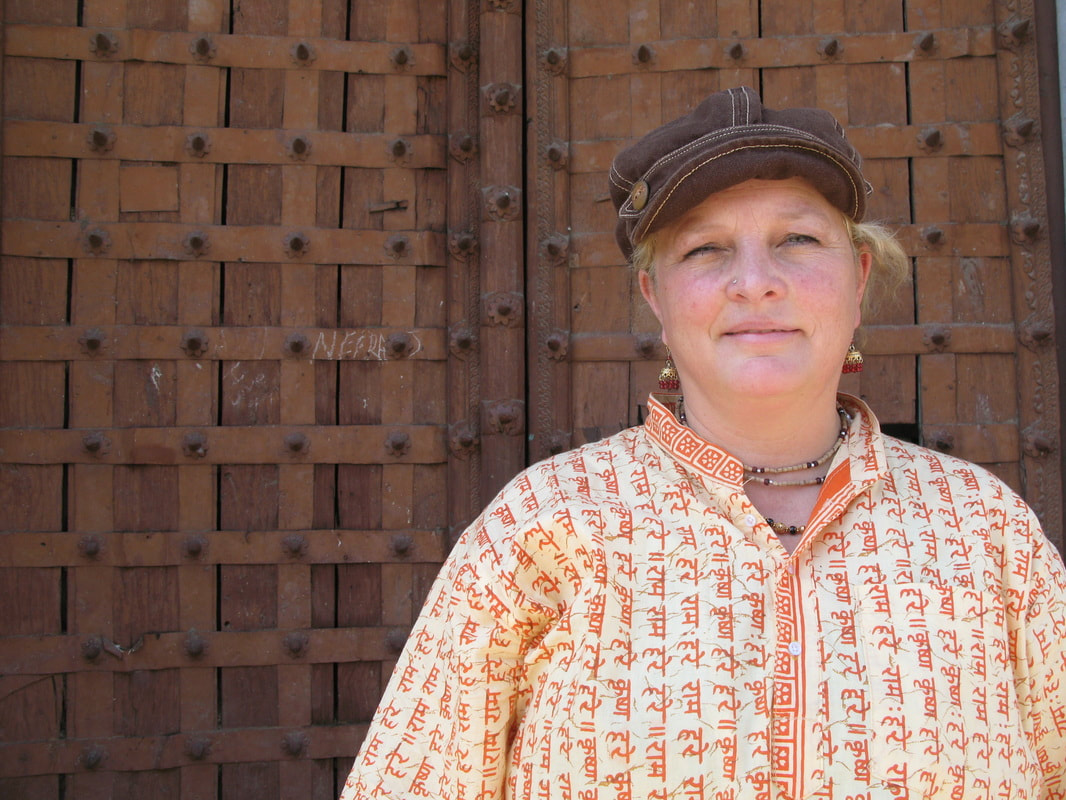
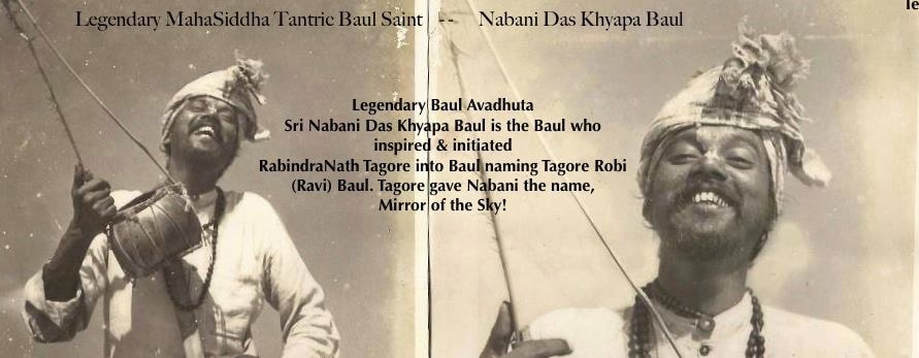
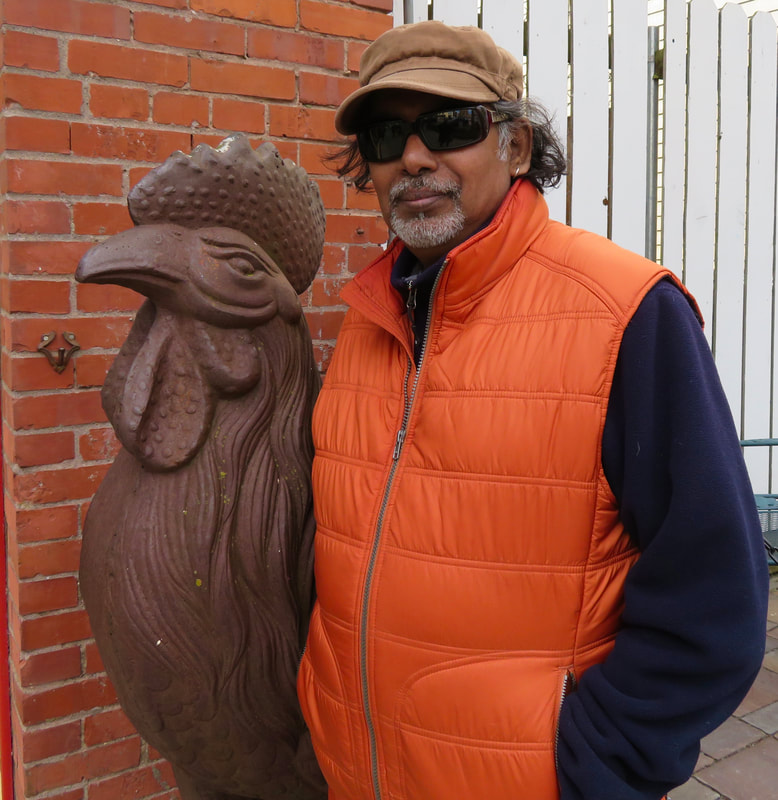
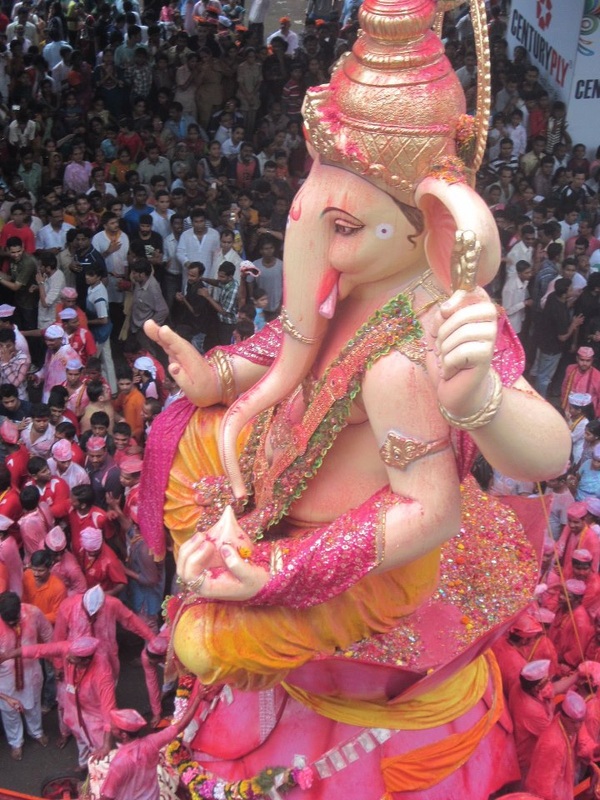
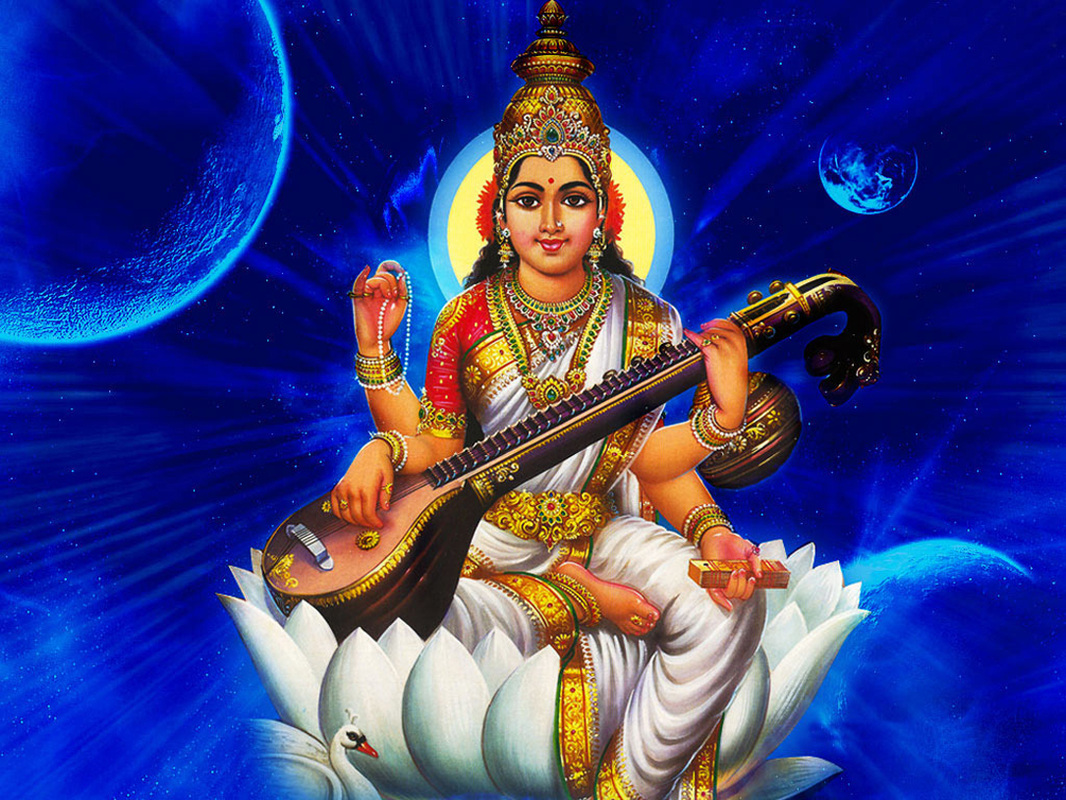
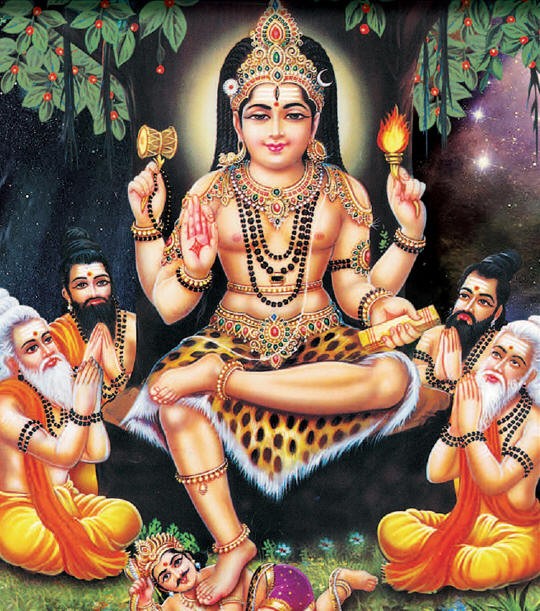
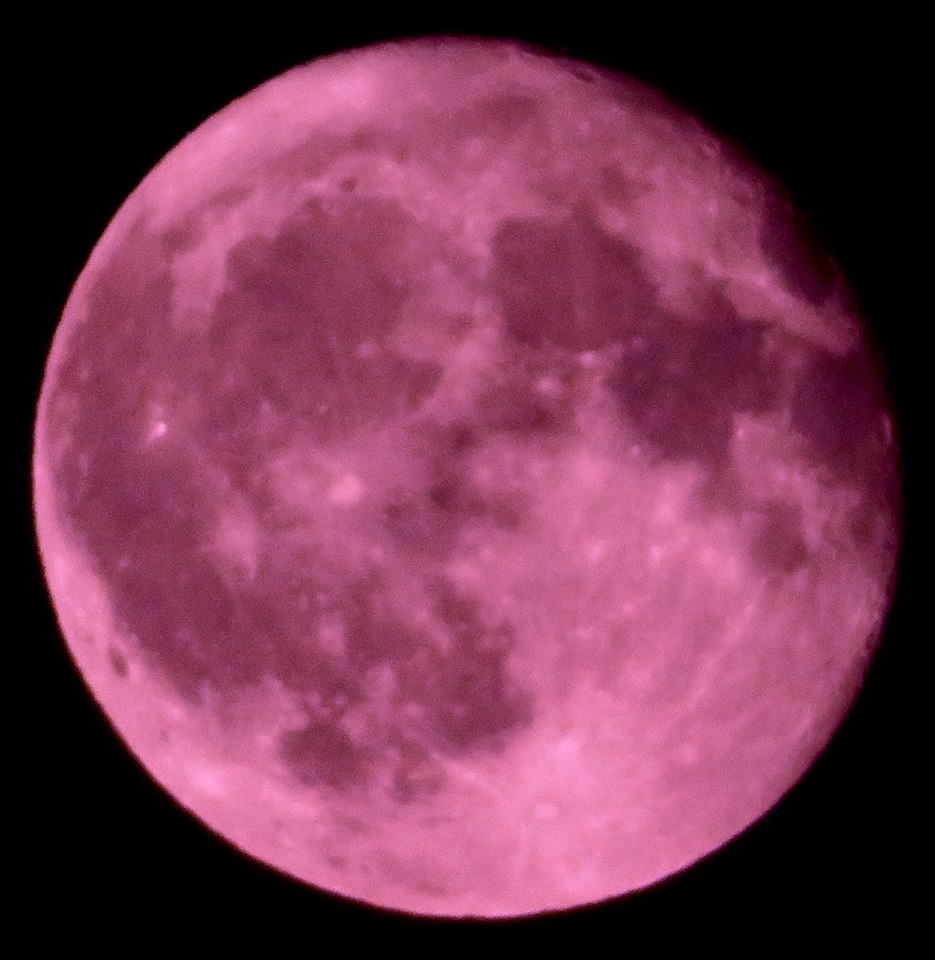
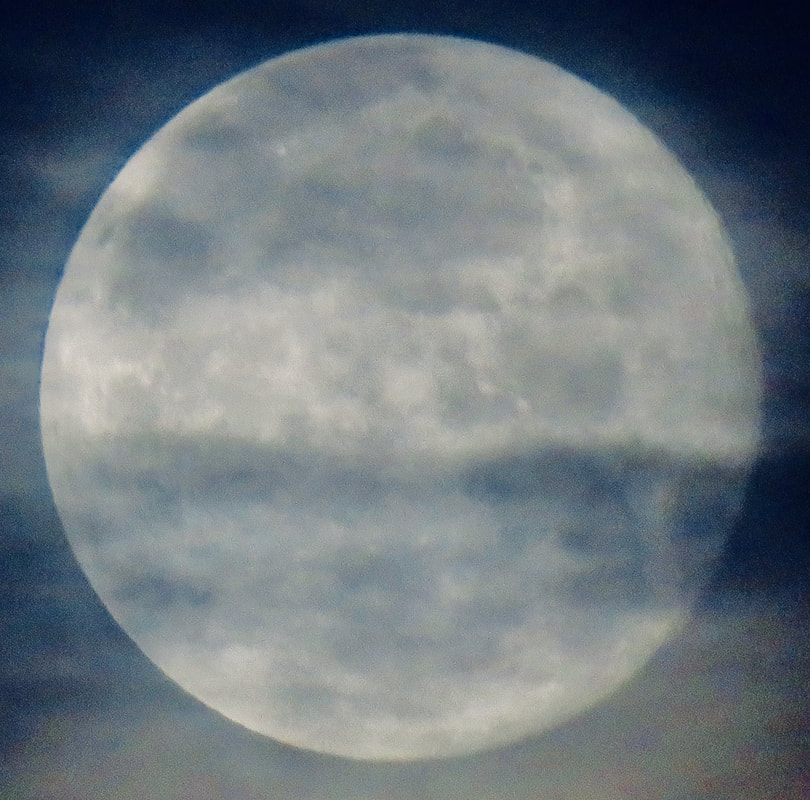

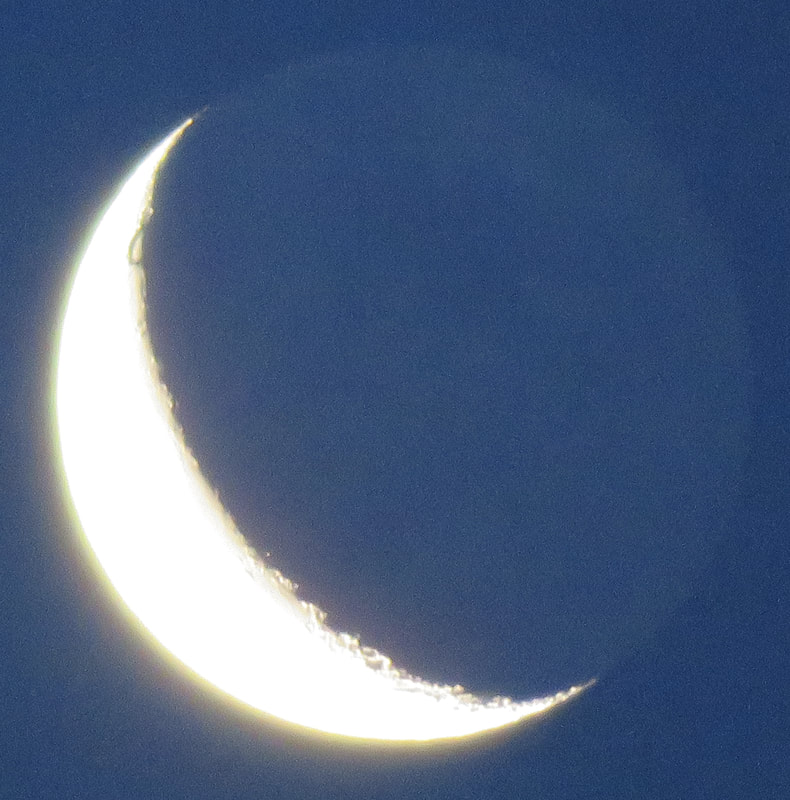
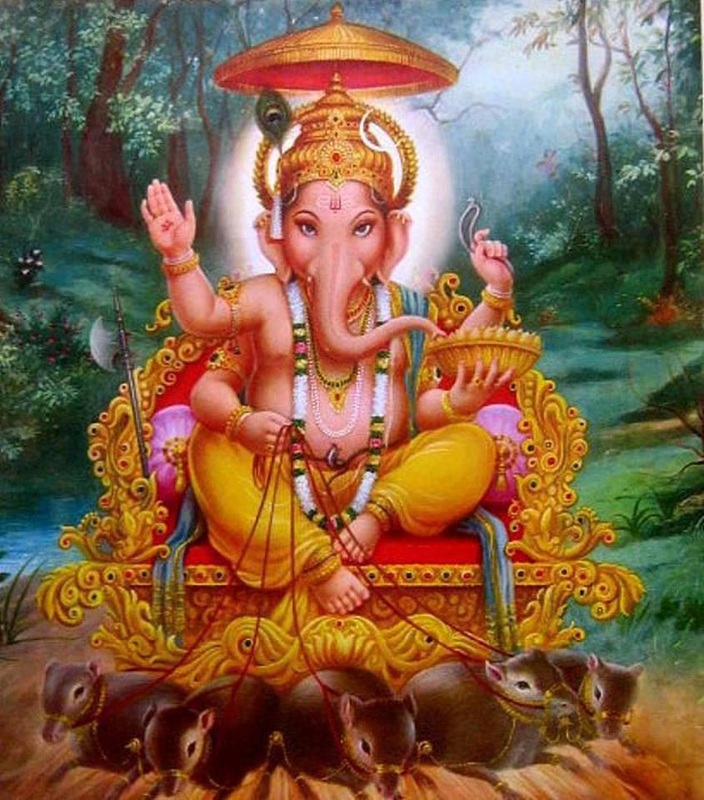
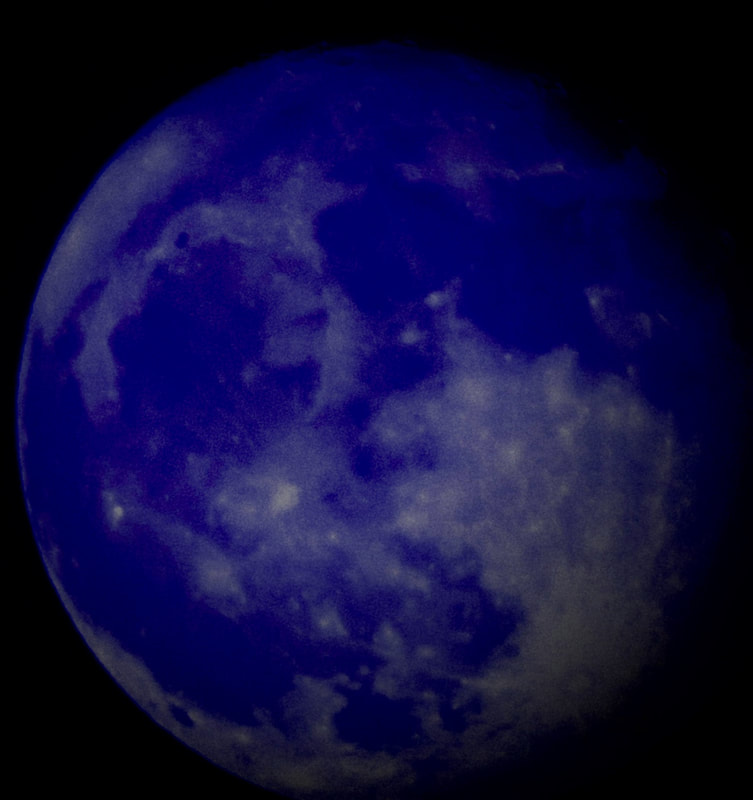
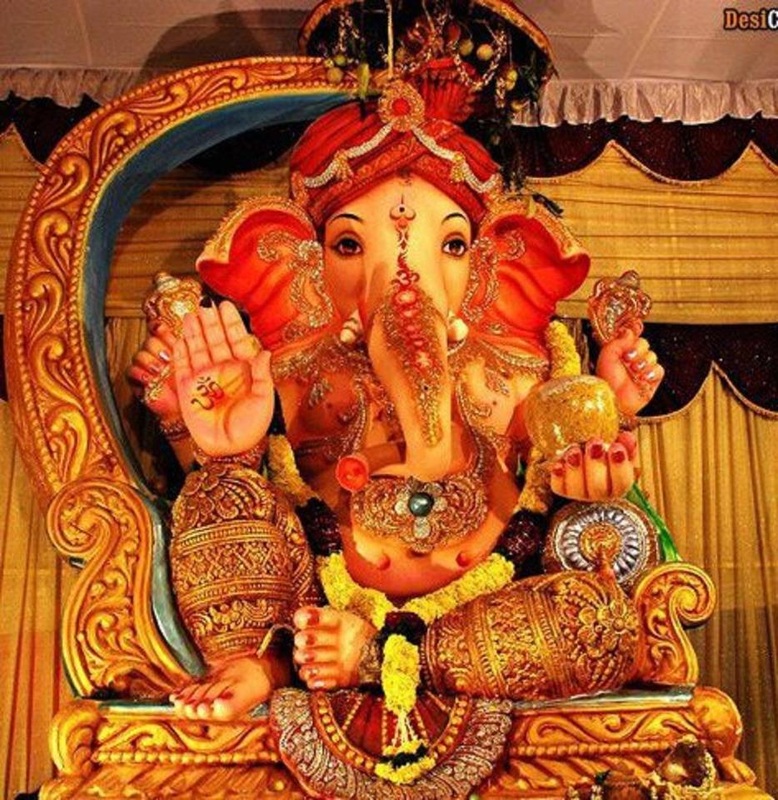
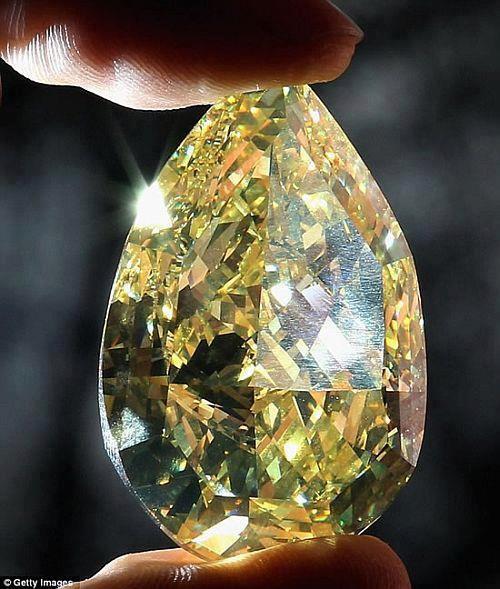
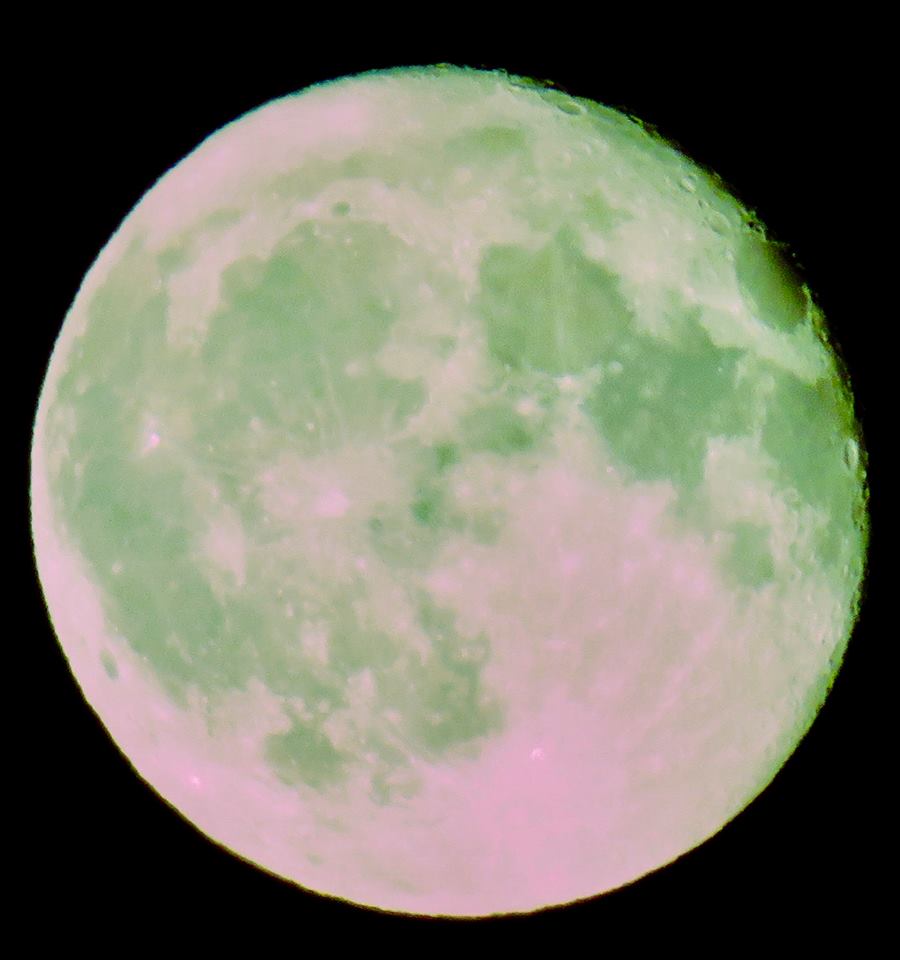
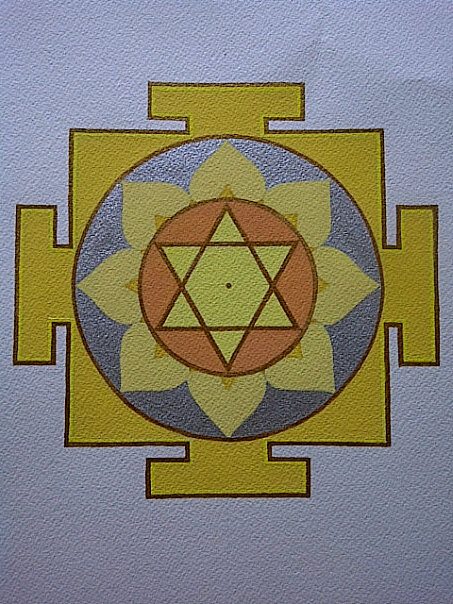
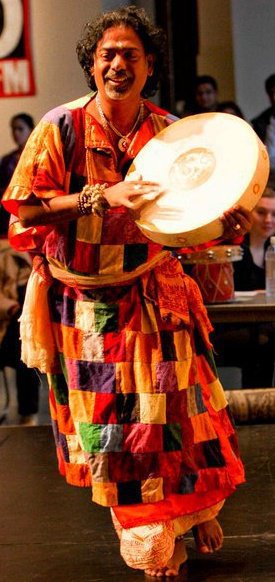
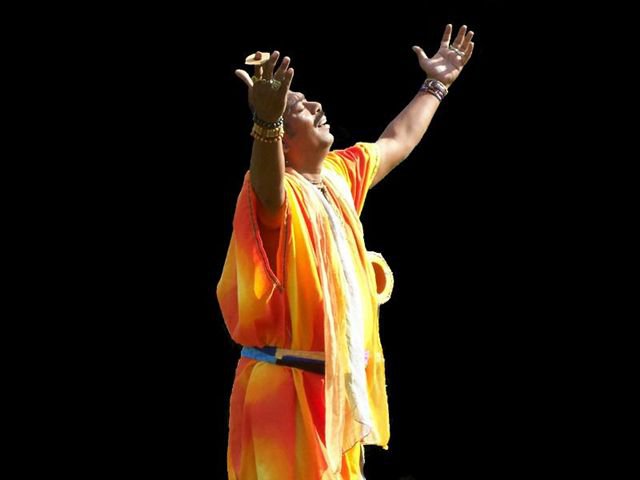
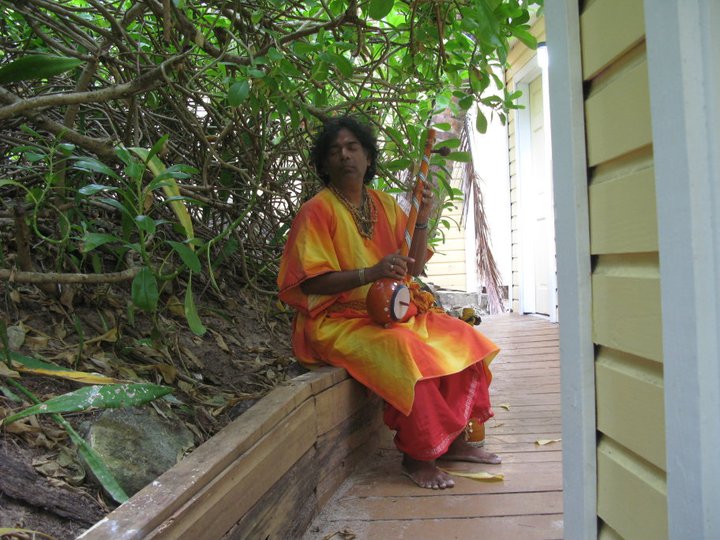
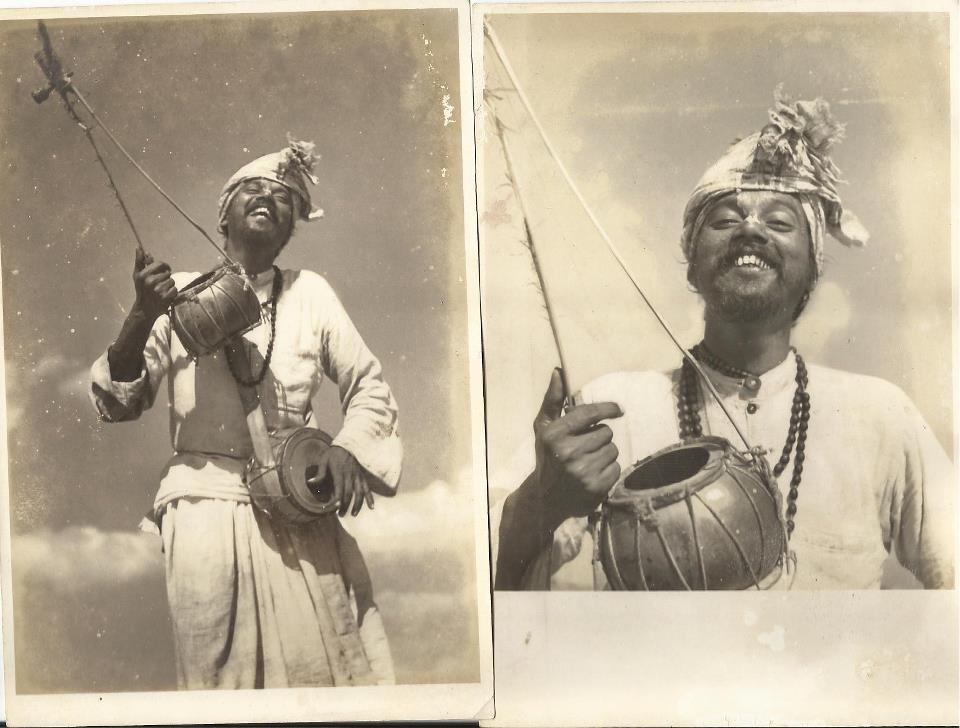
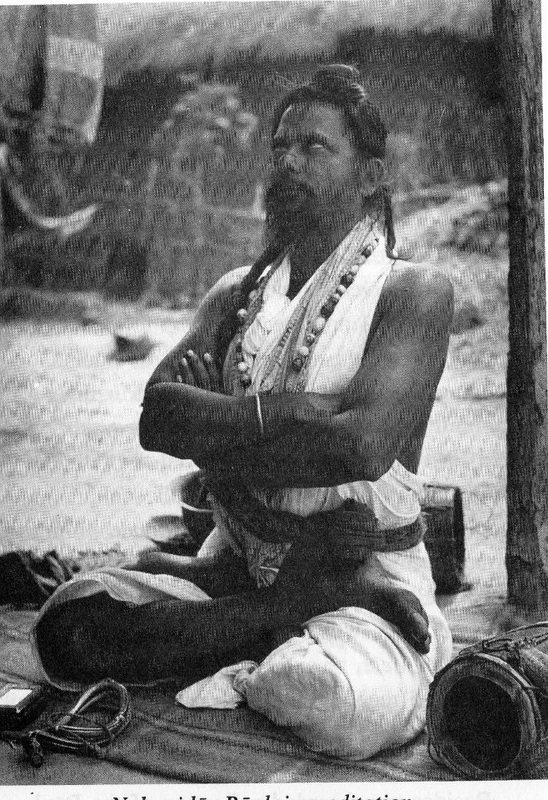
 RSS Feed
RSS Feed
